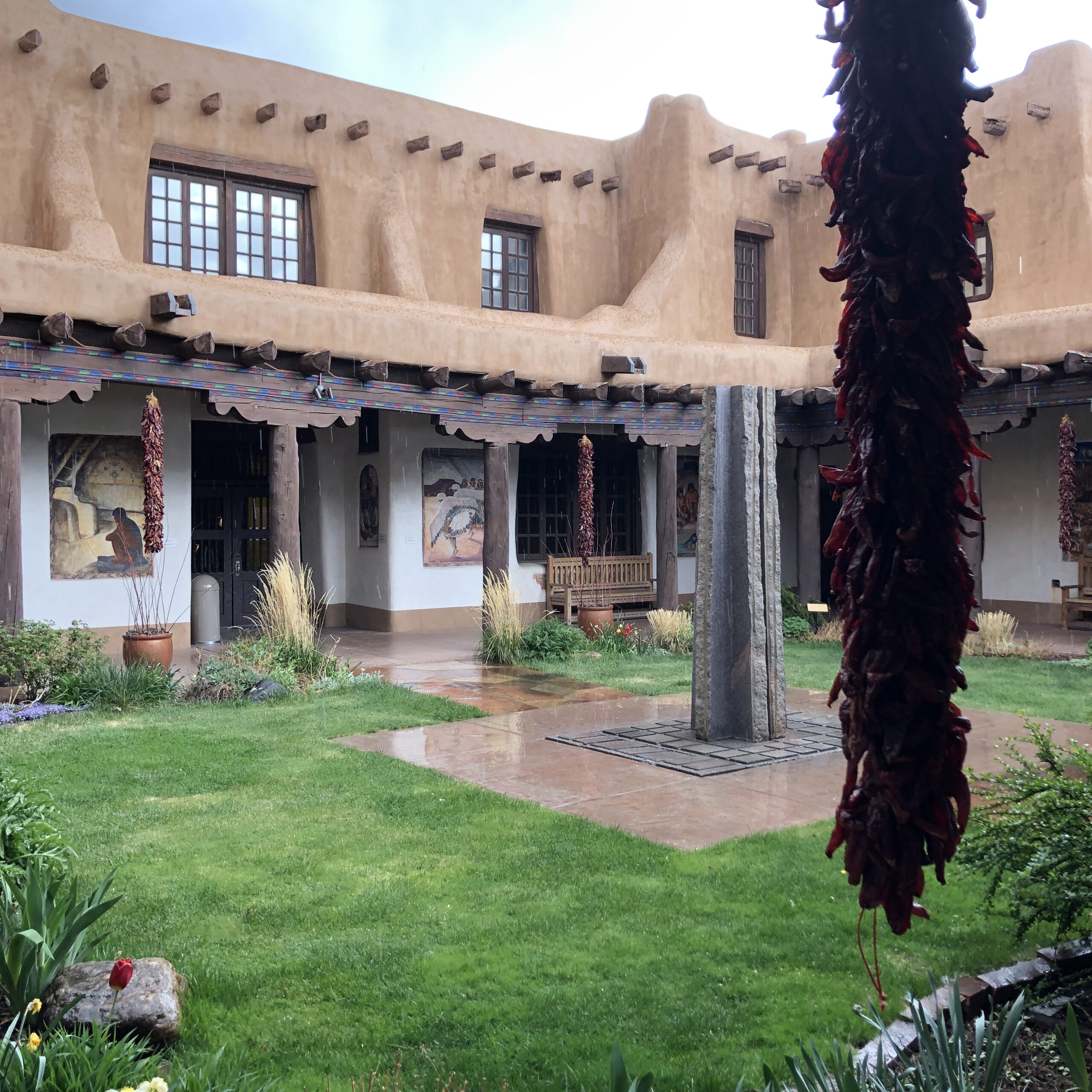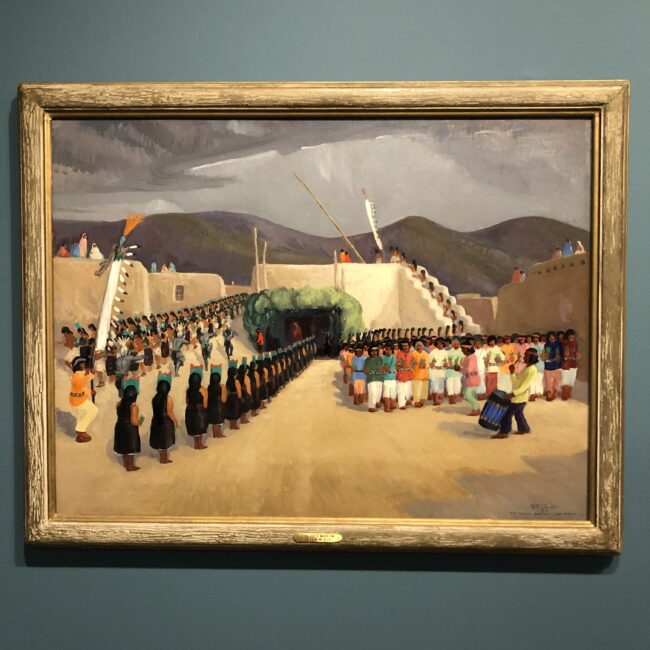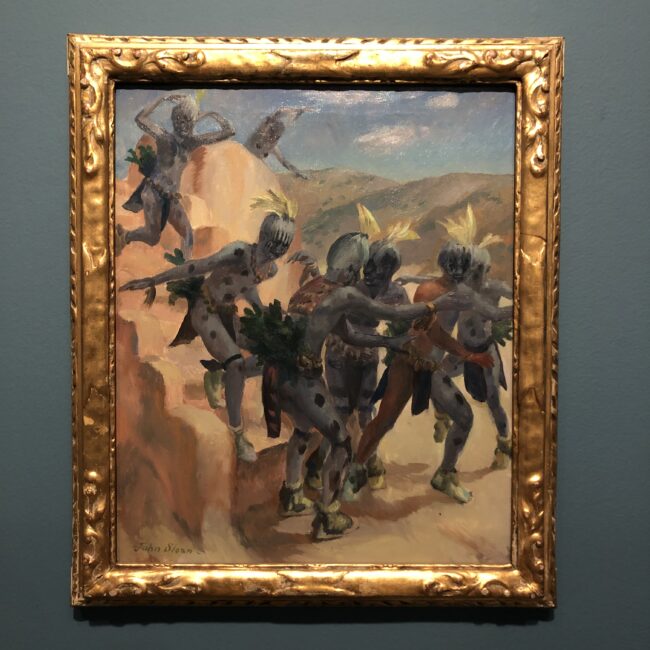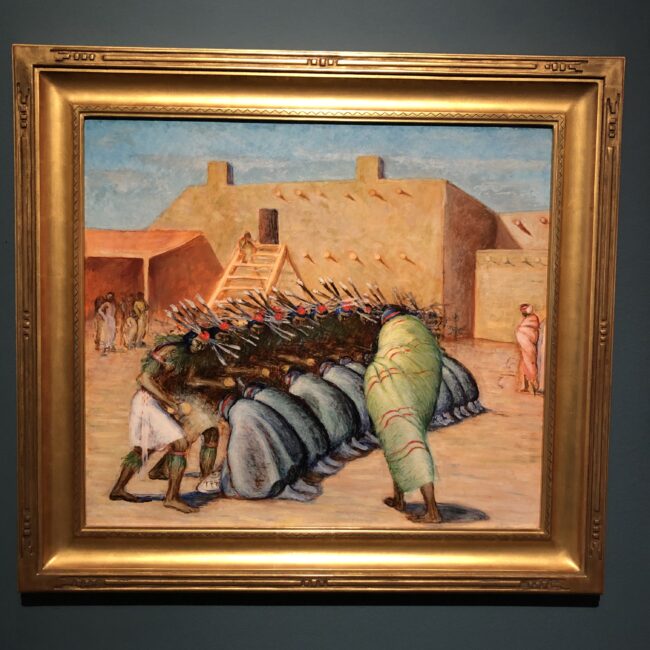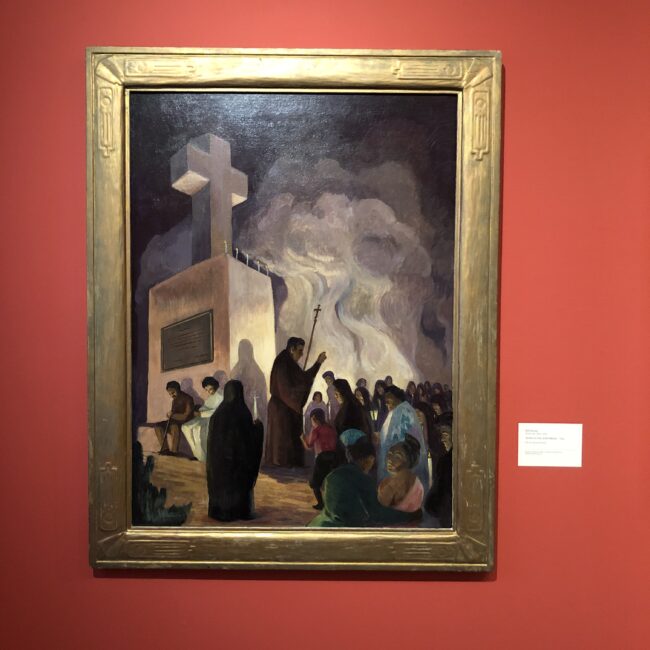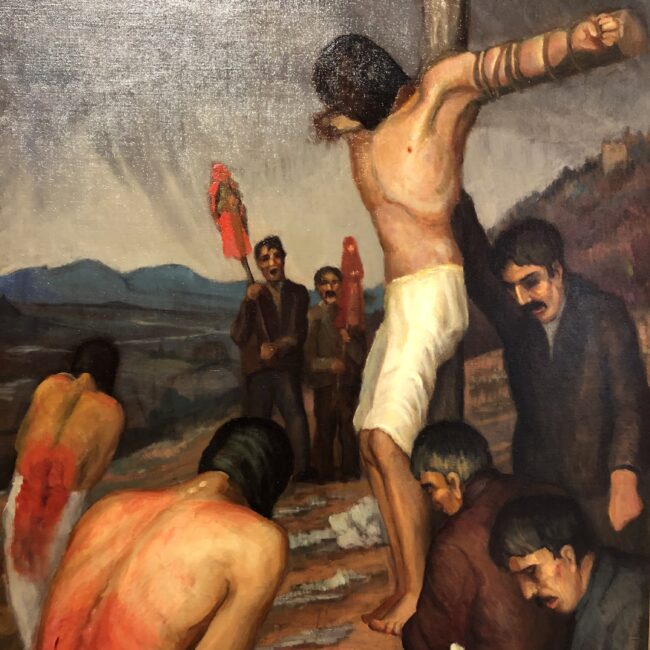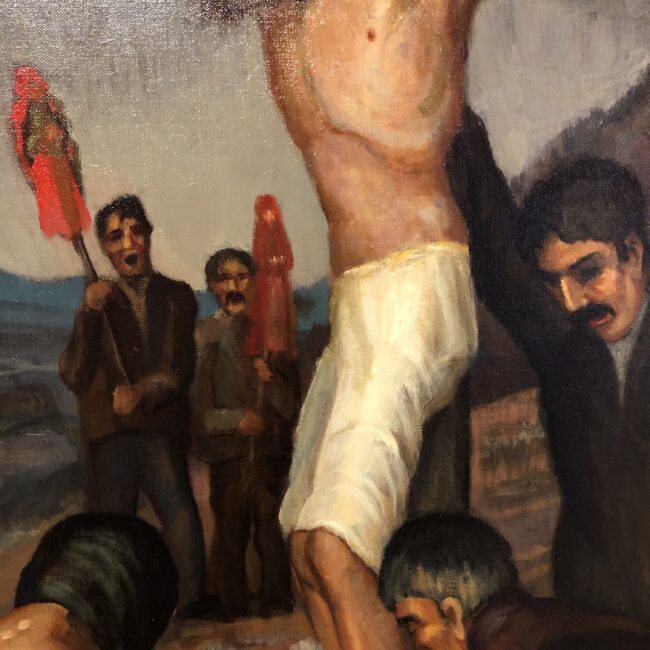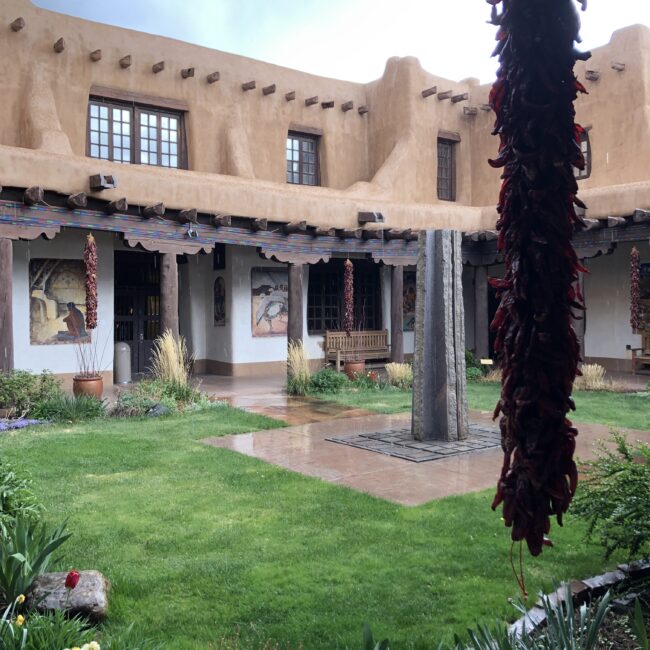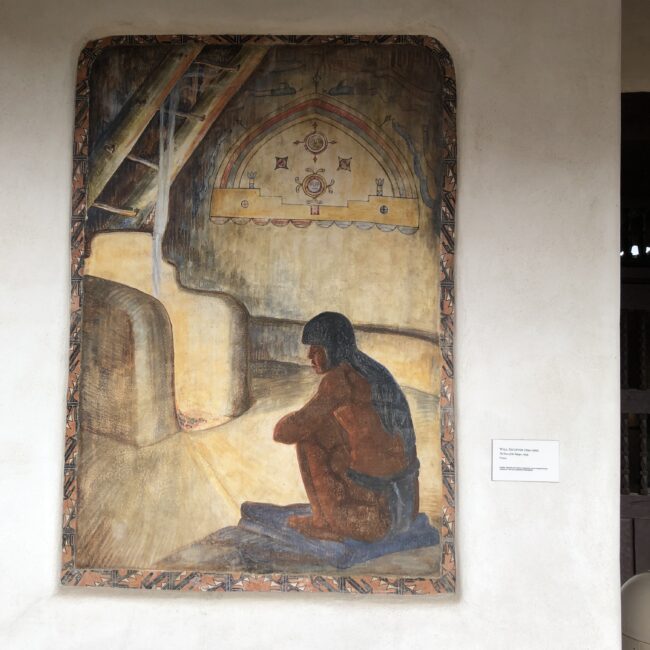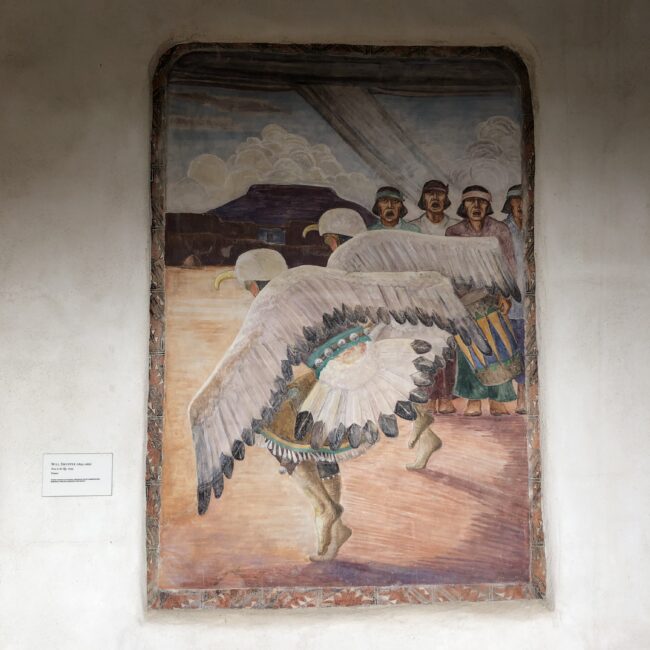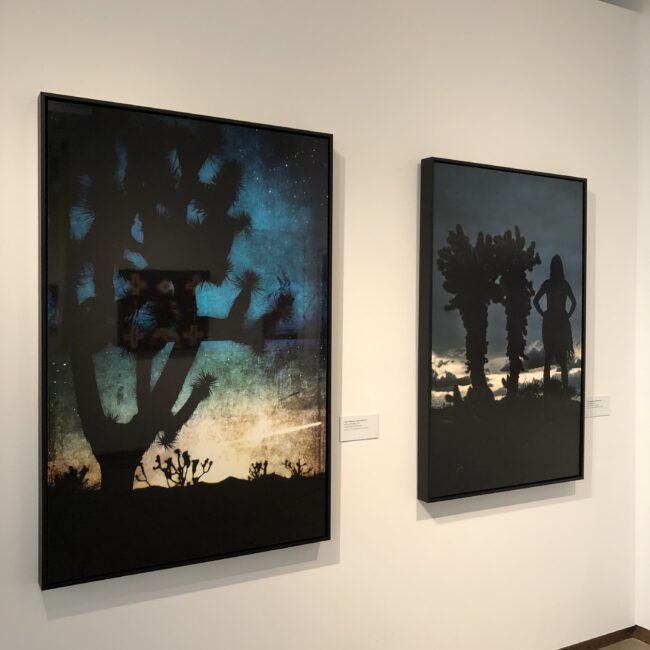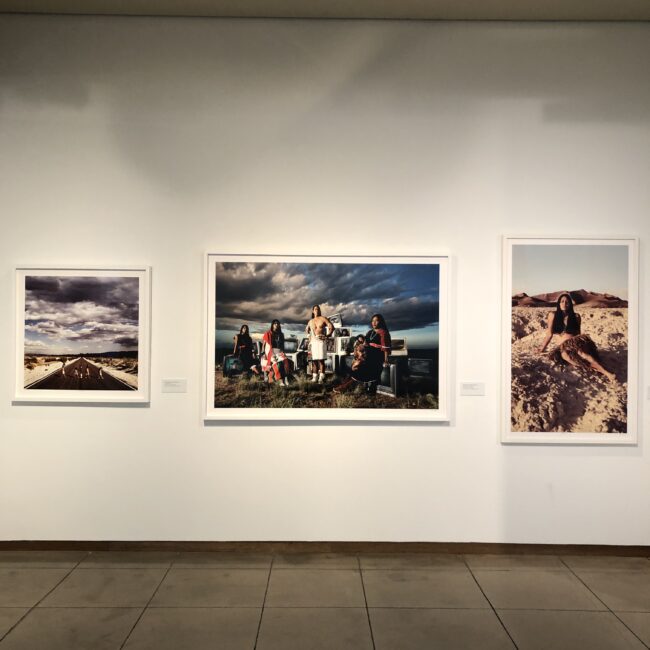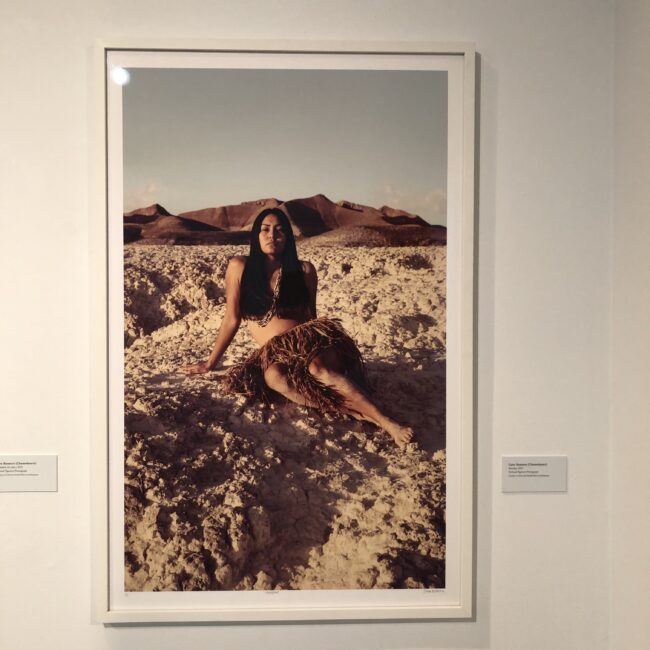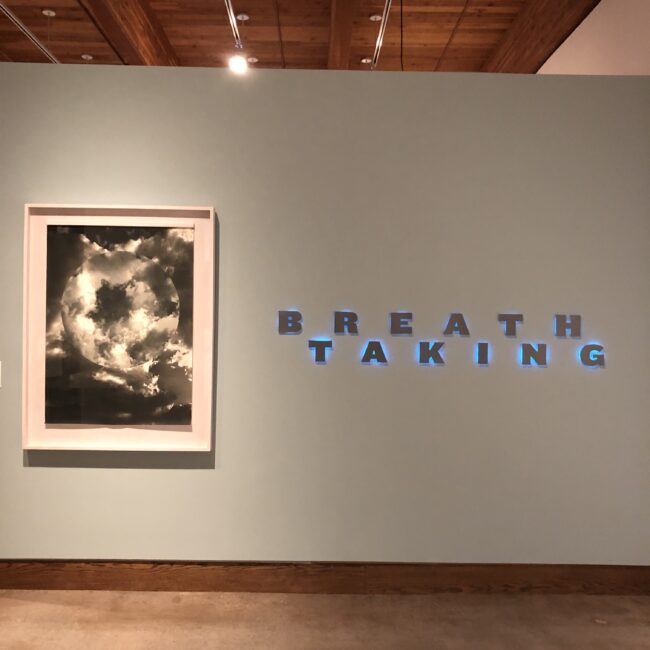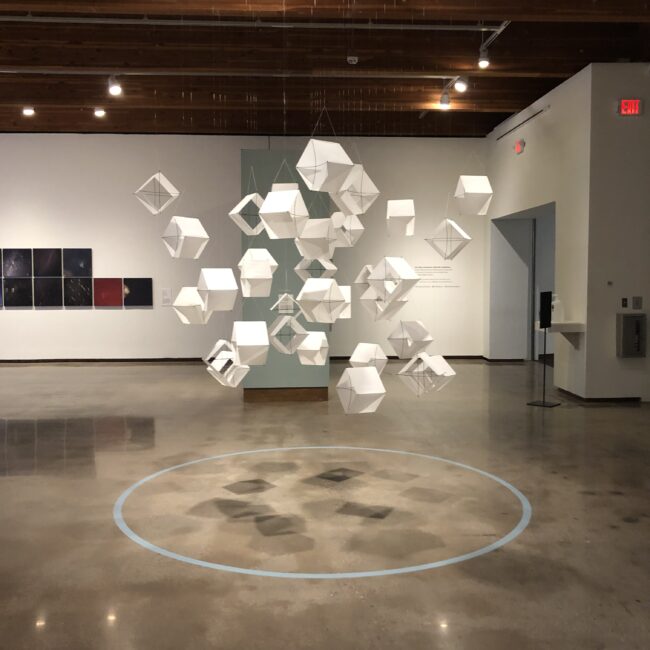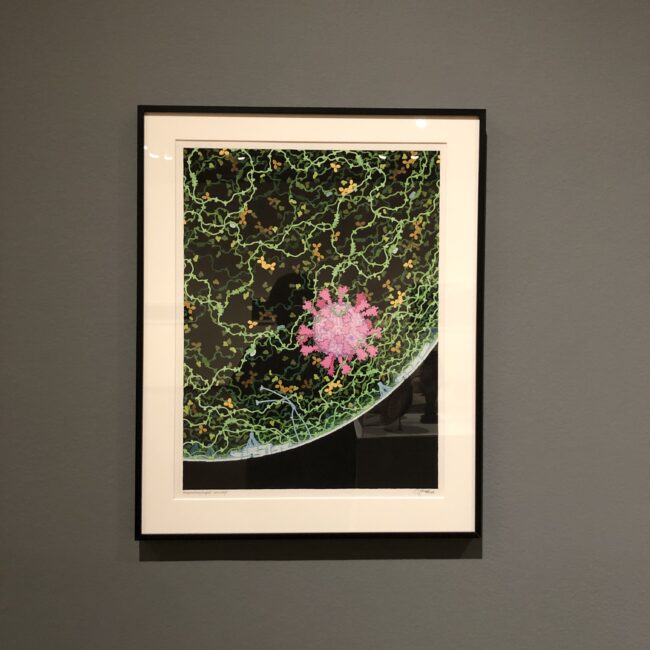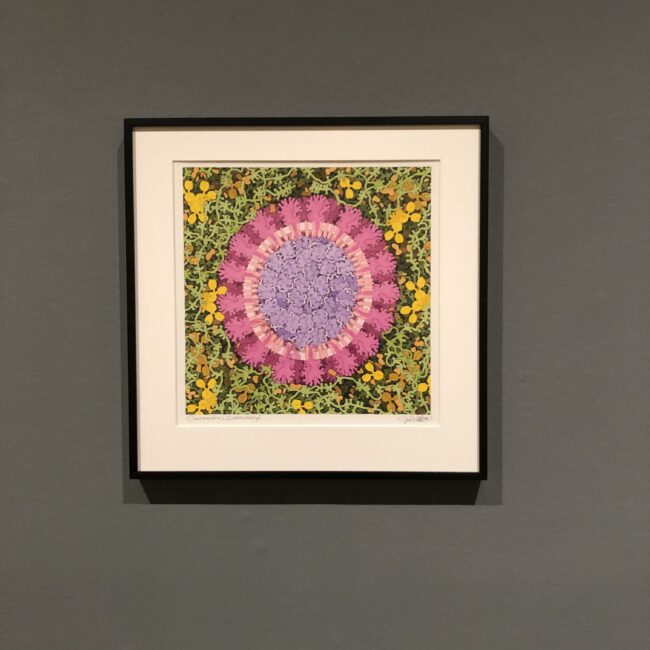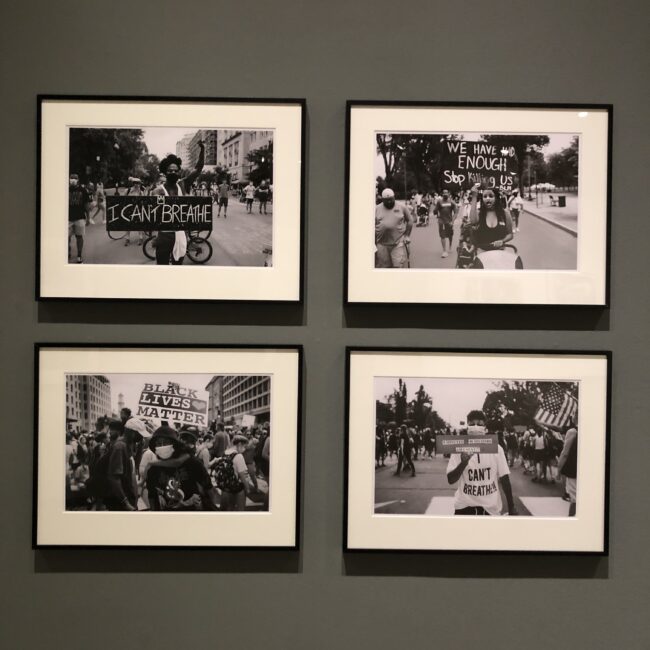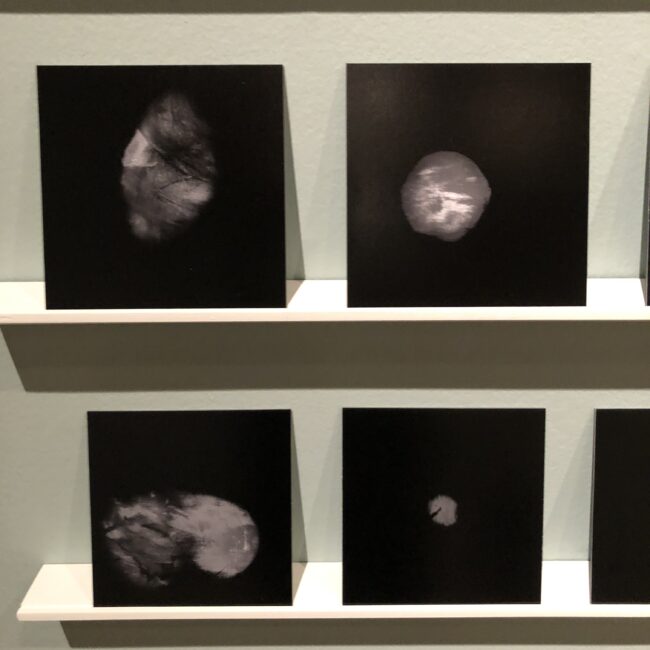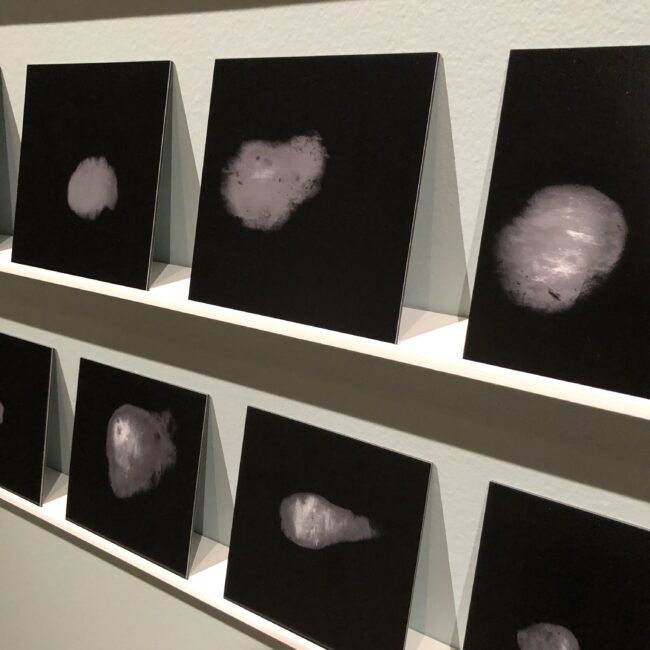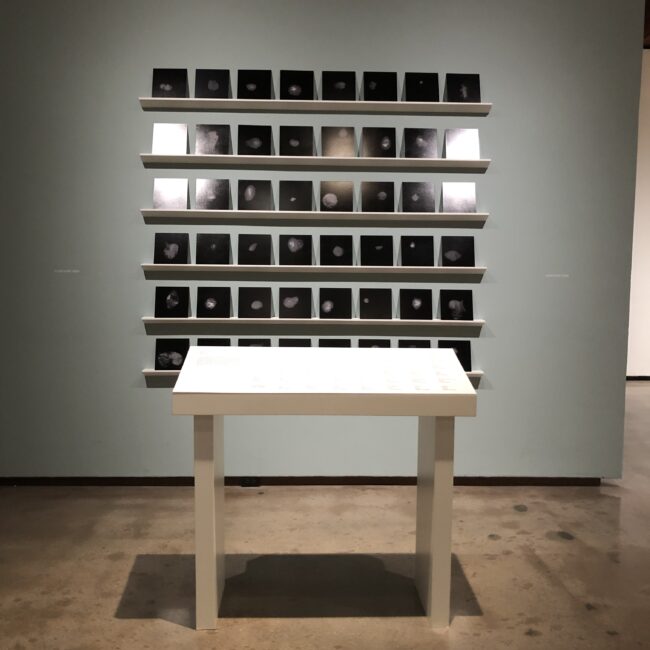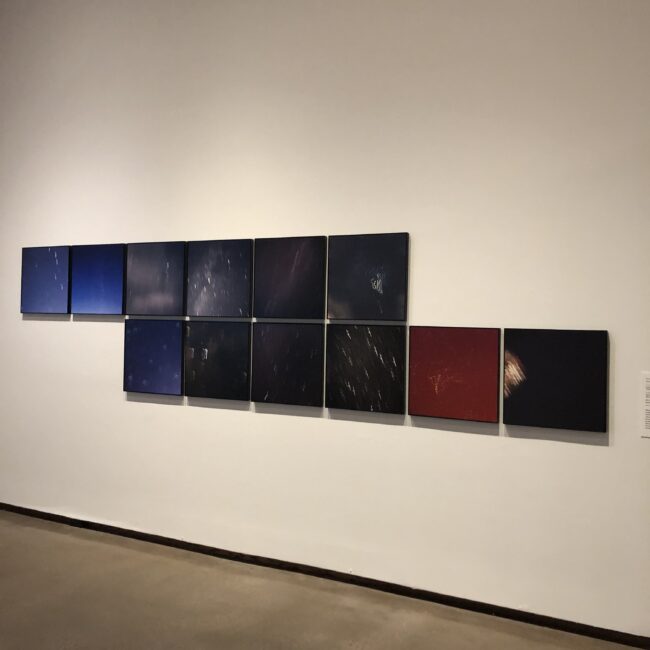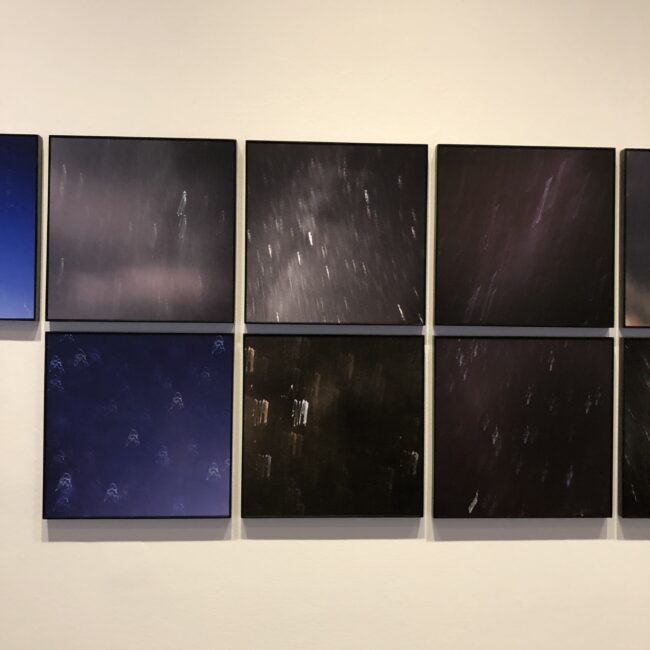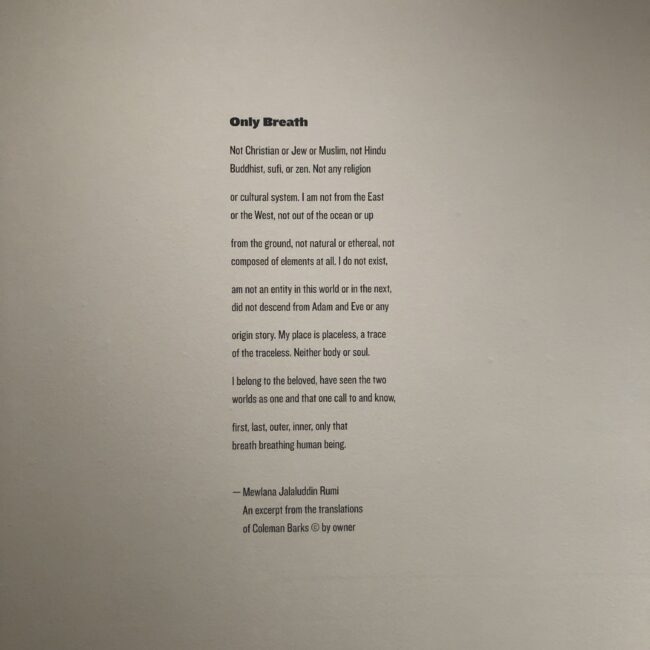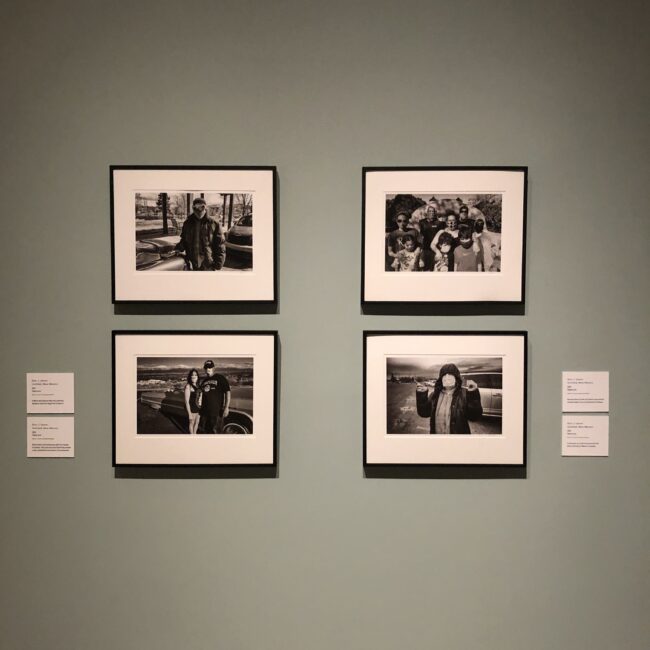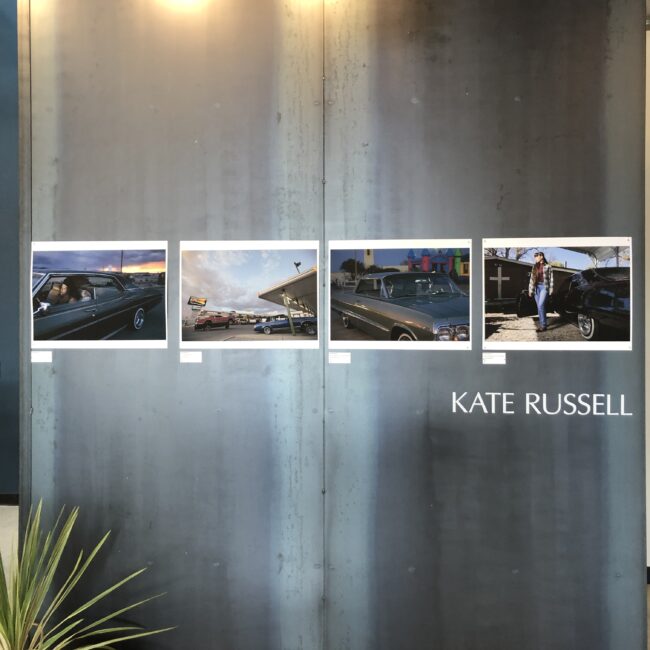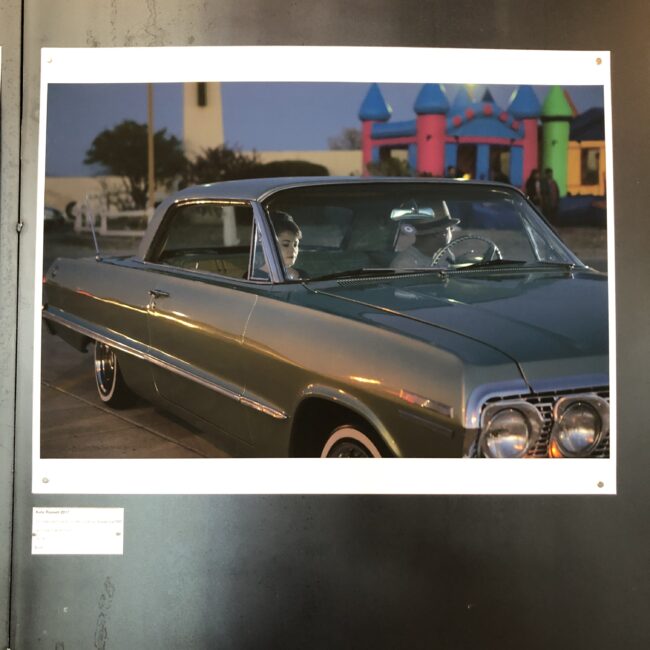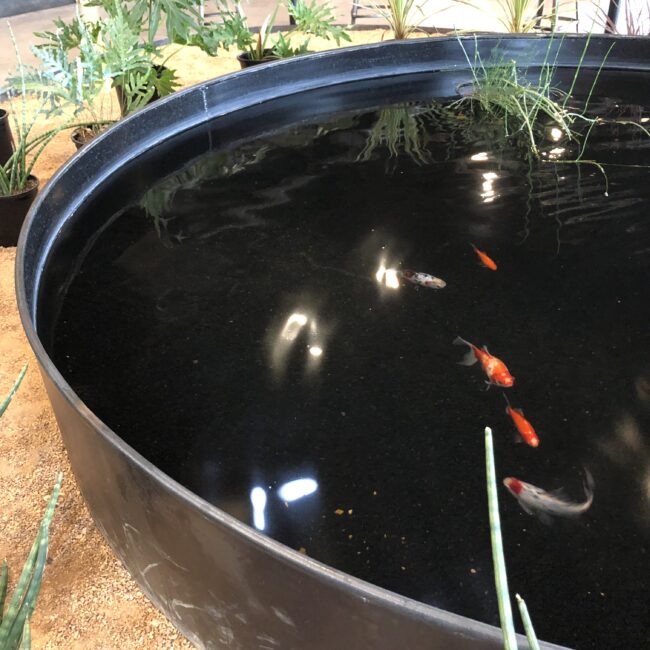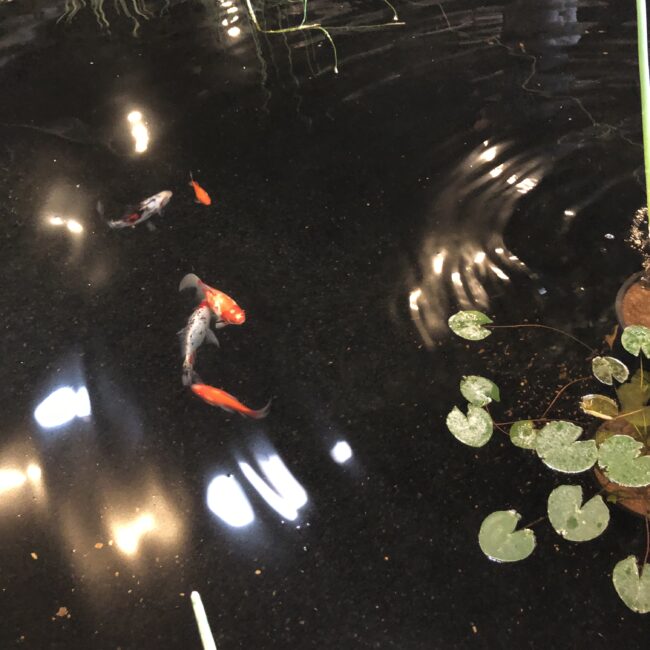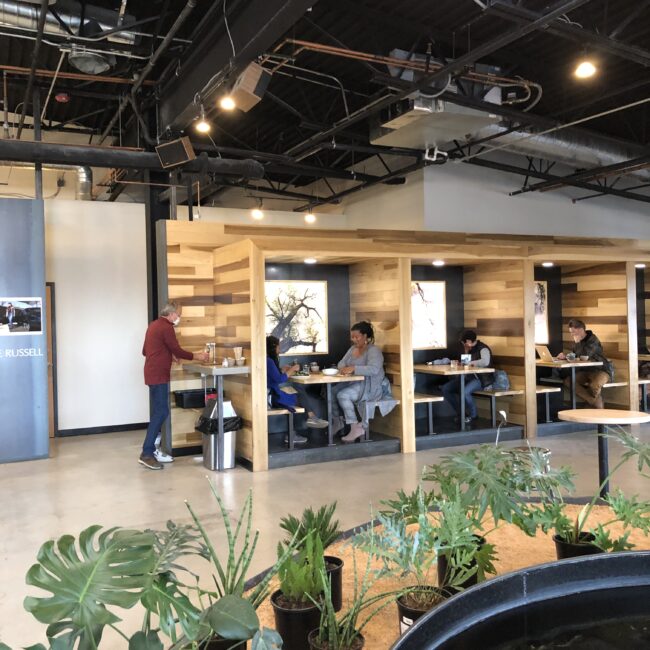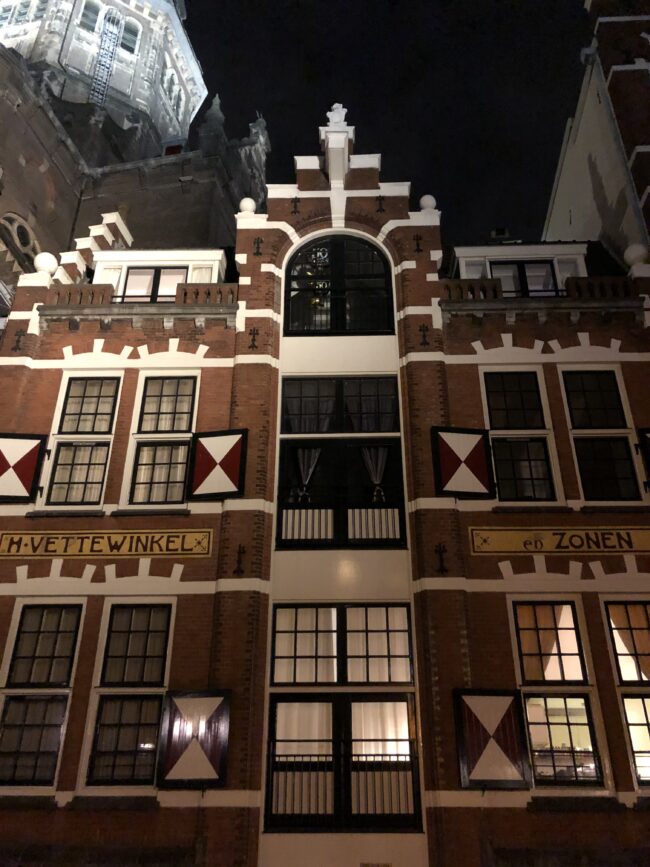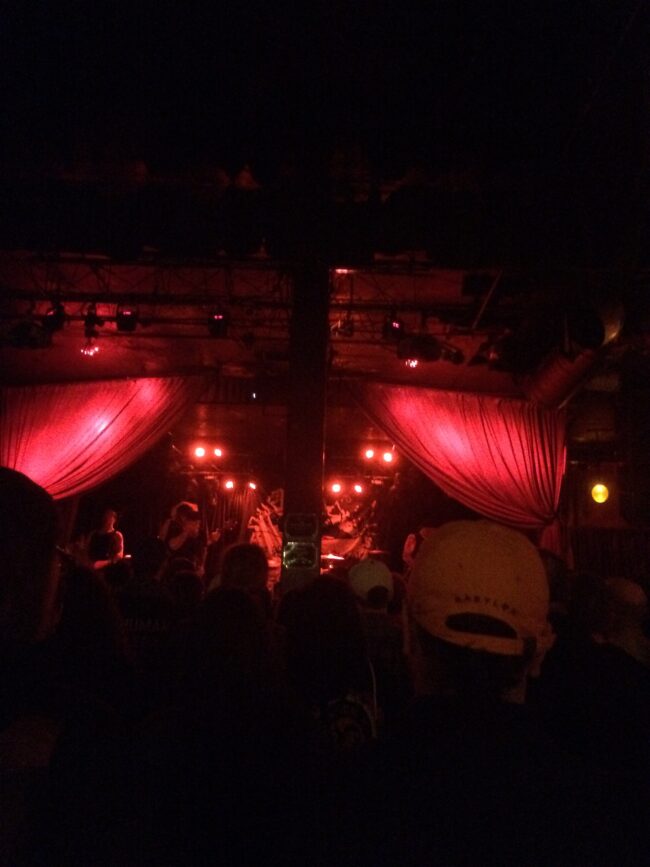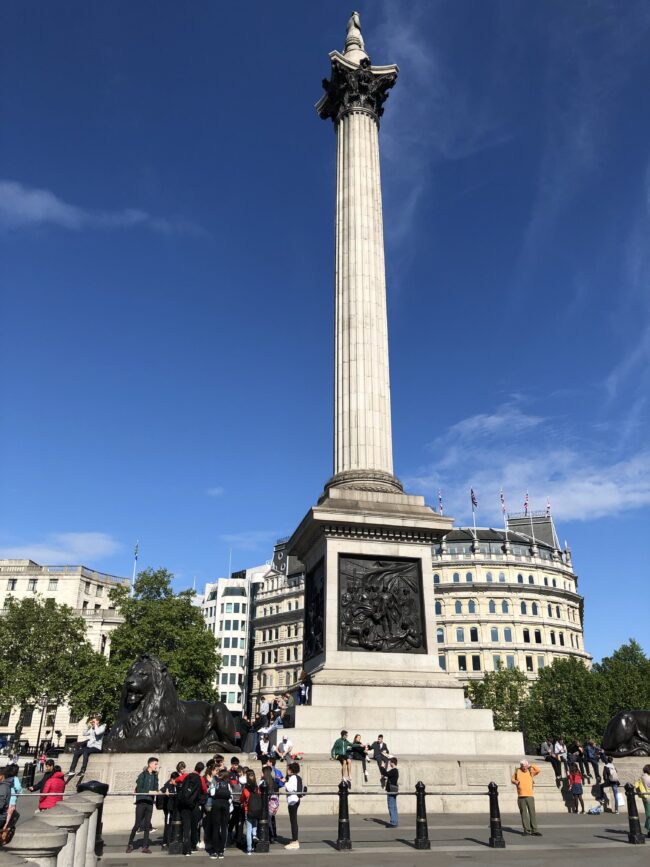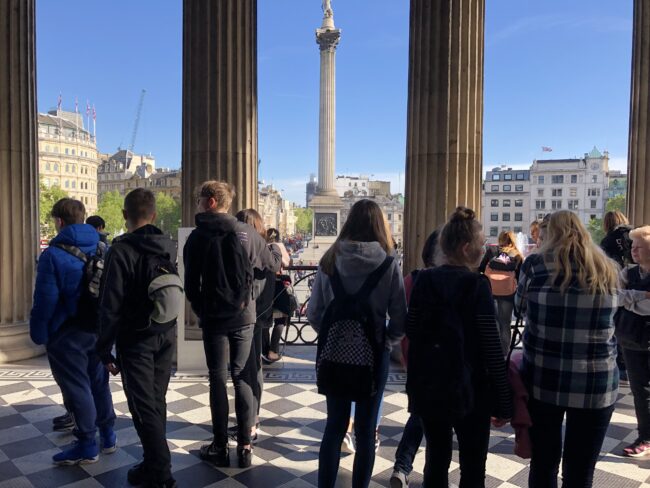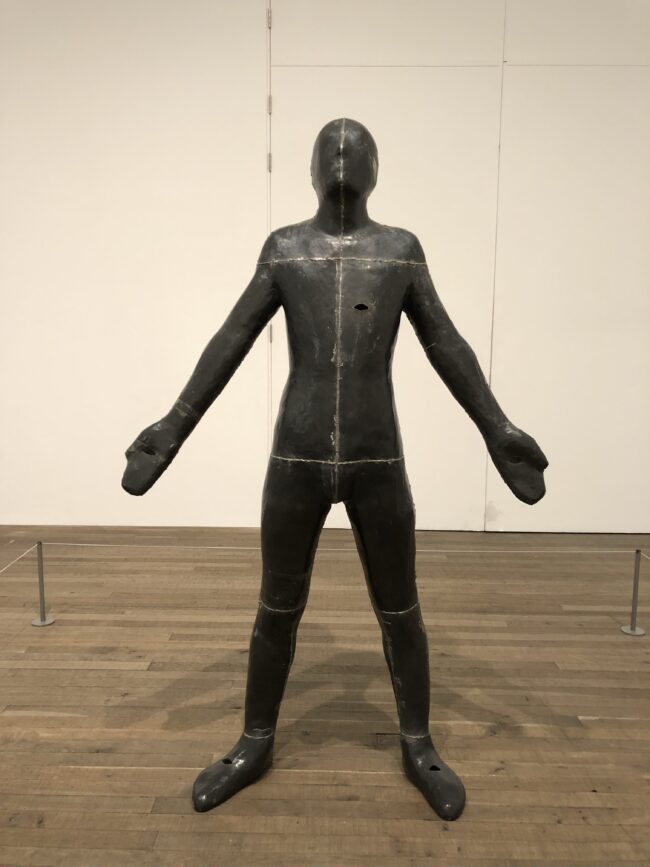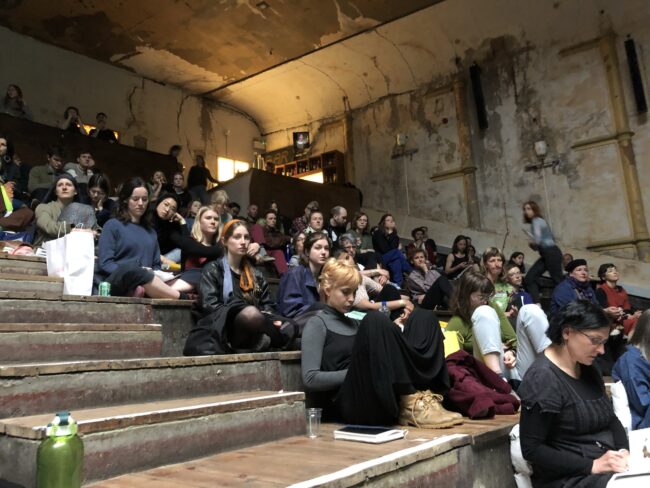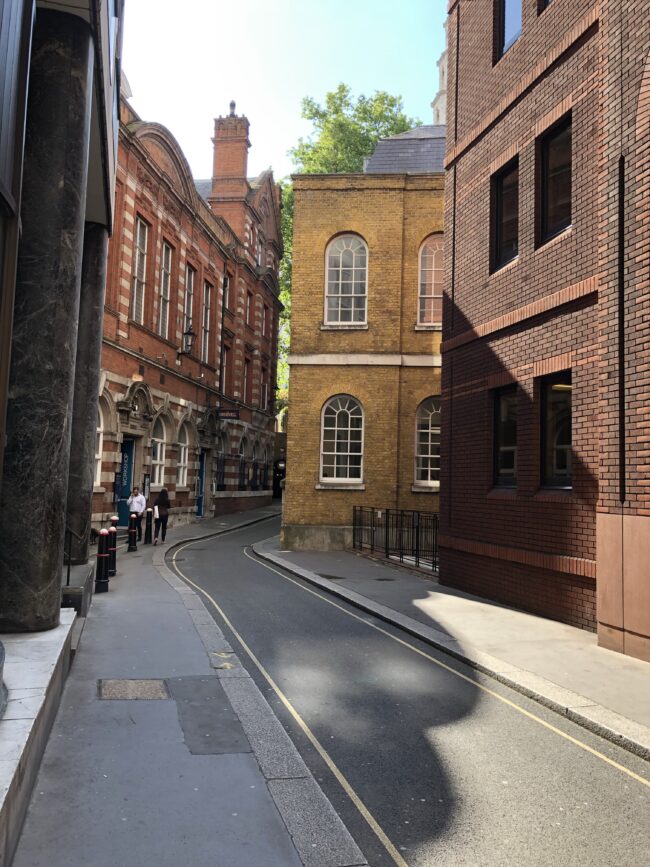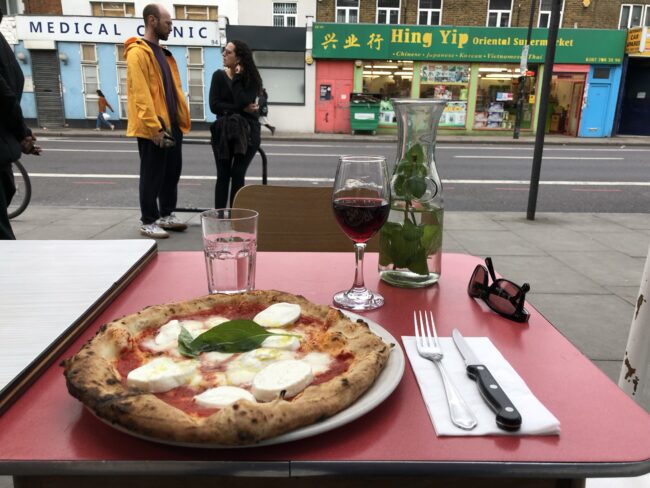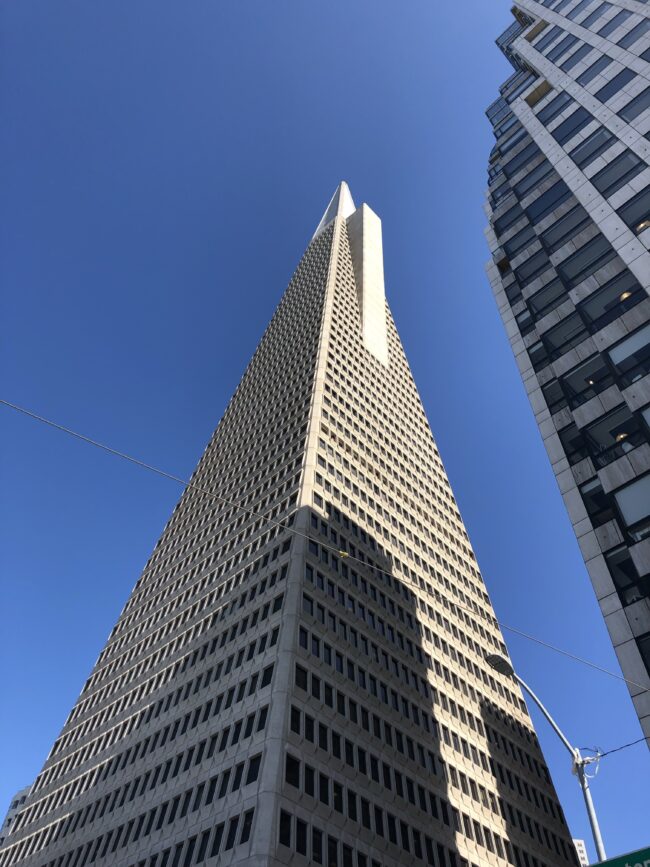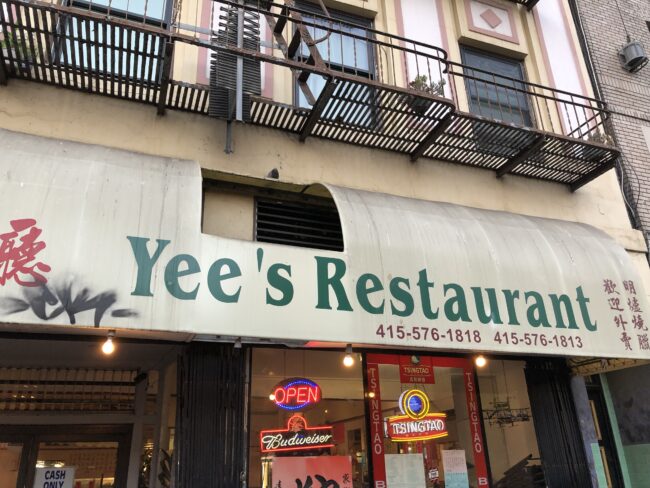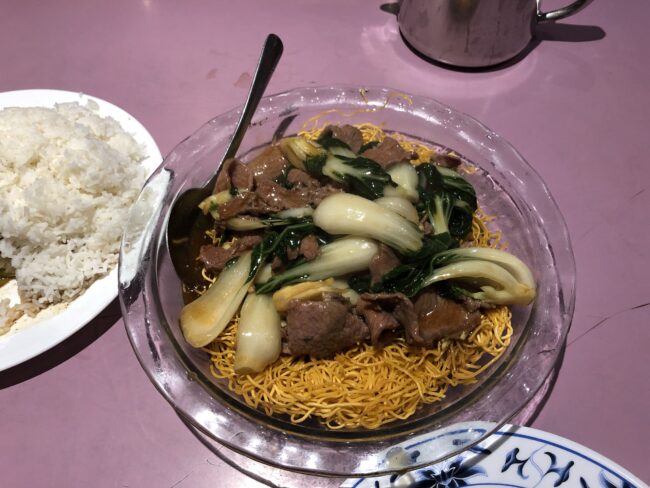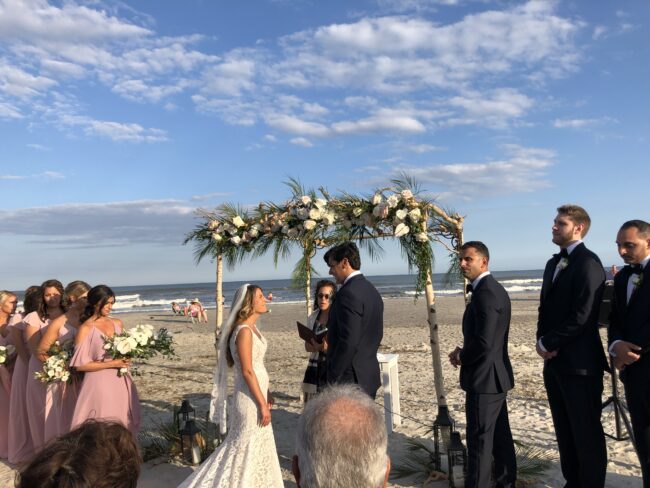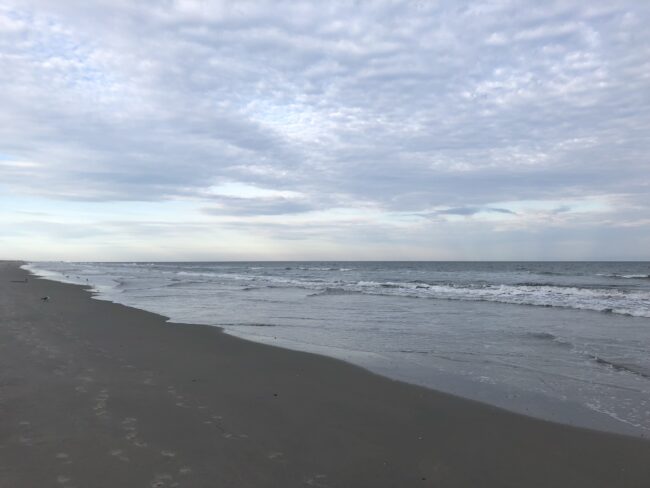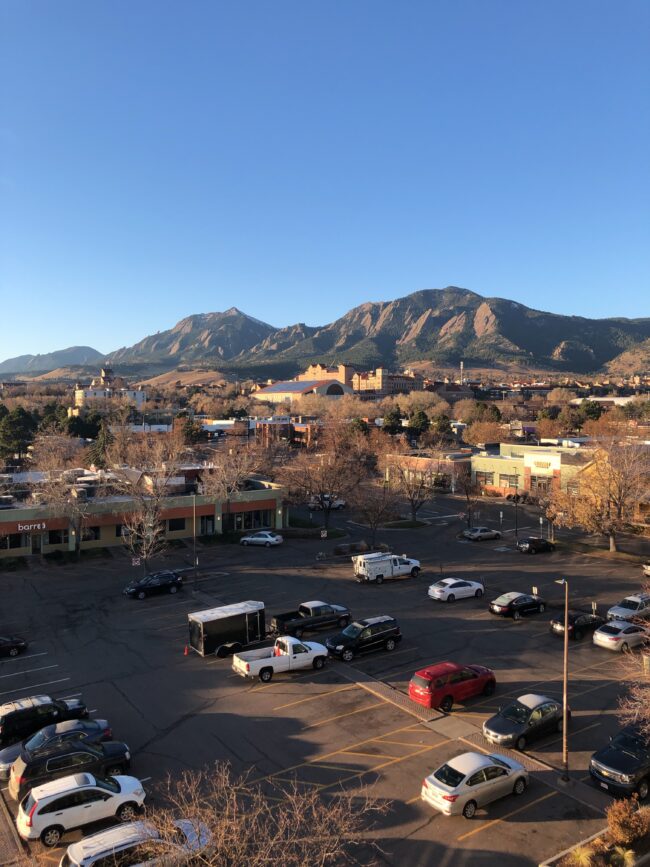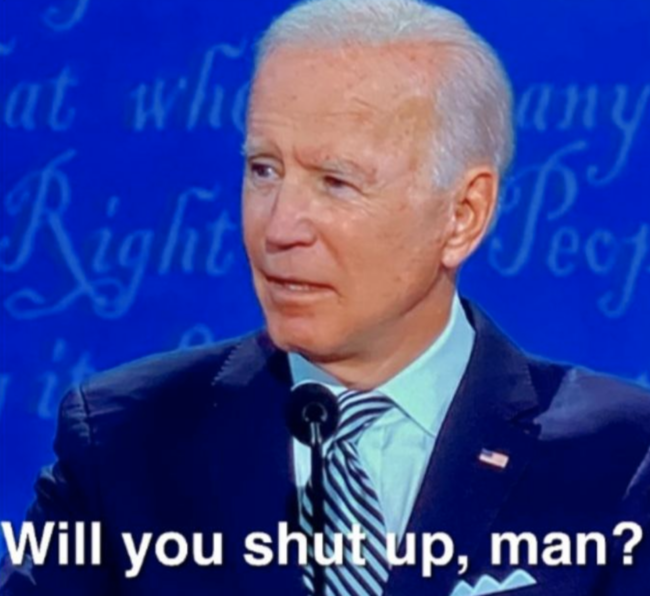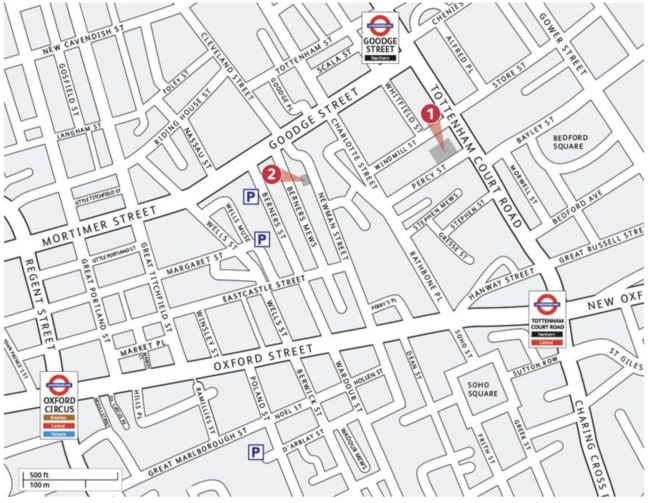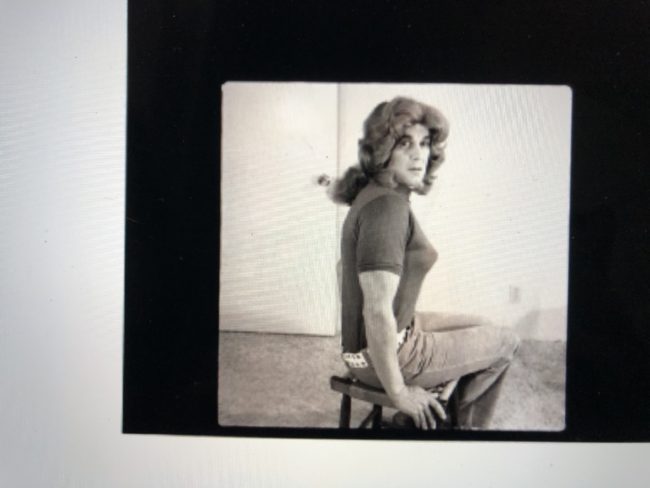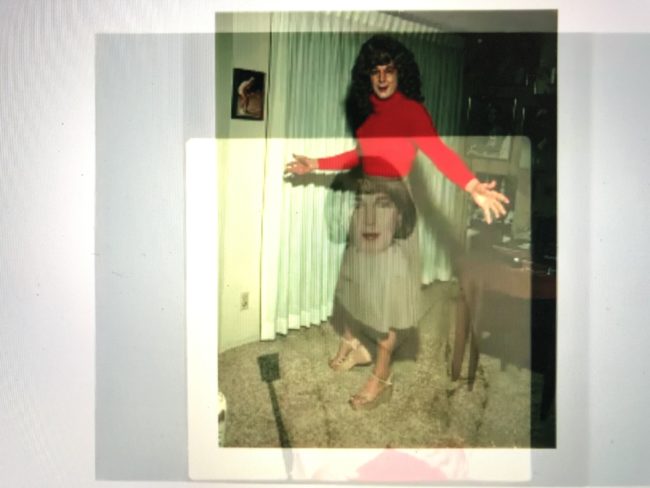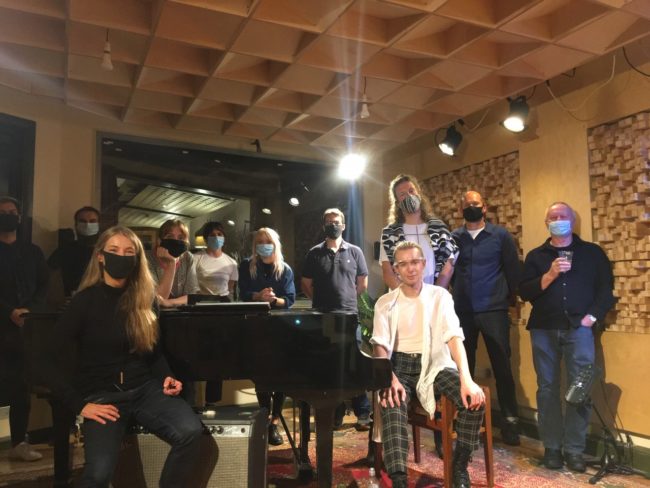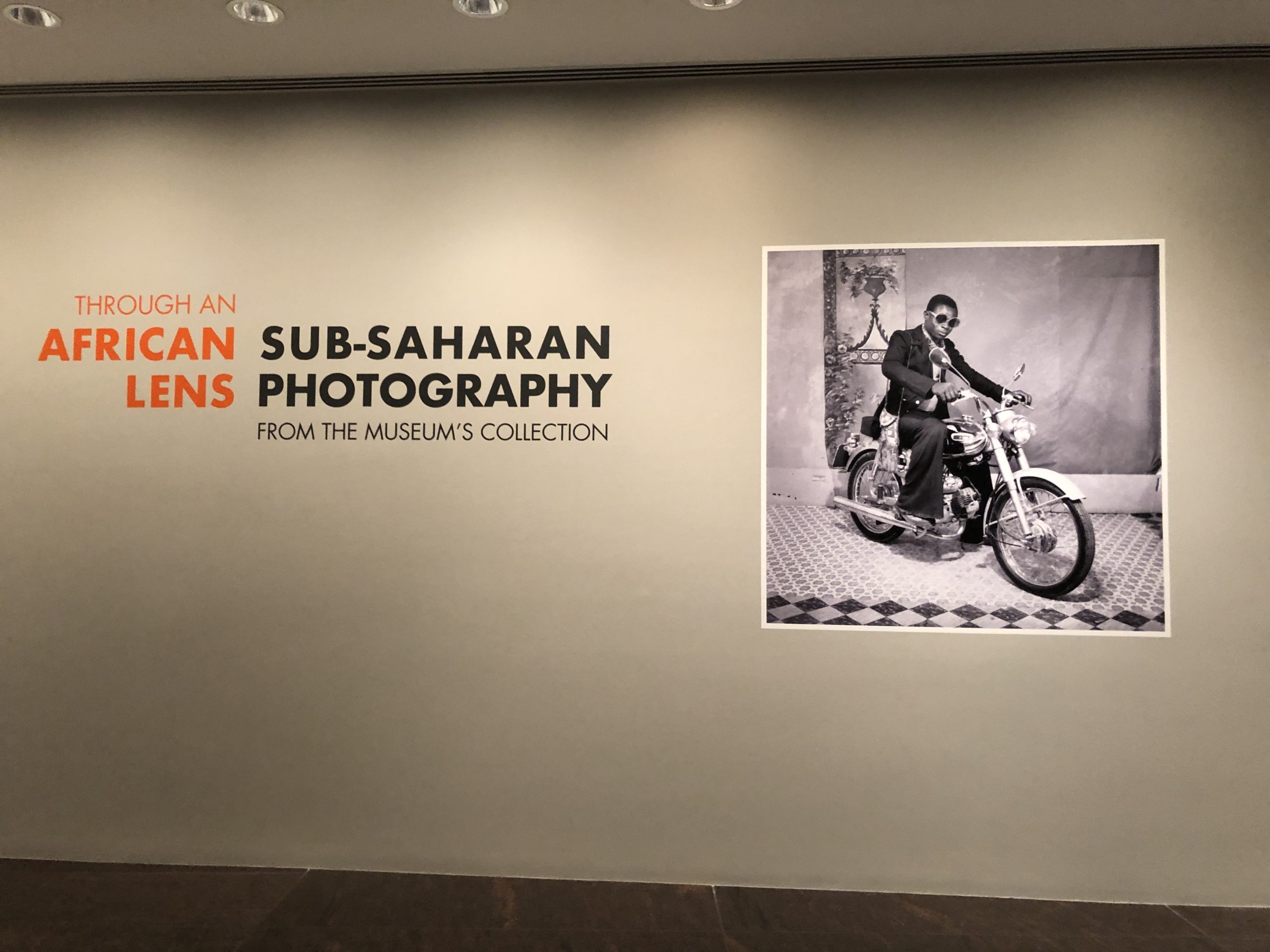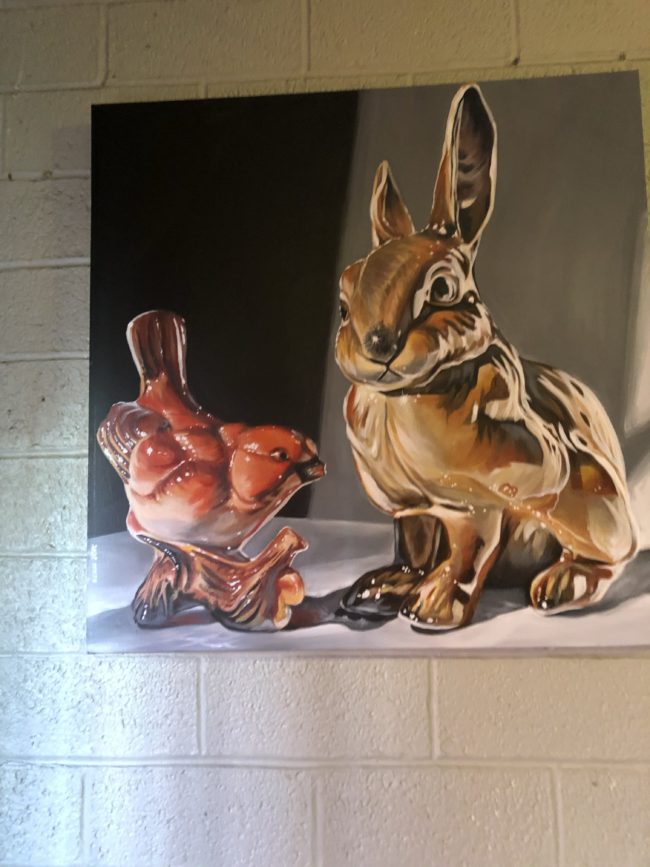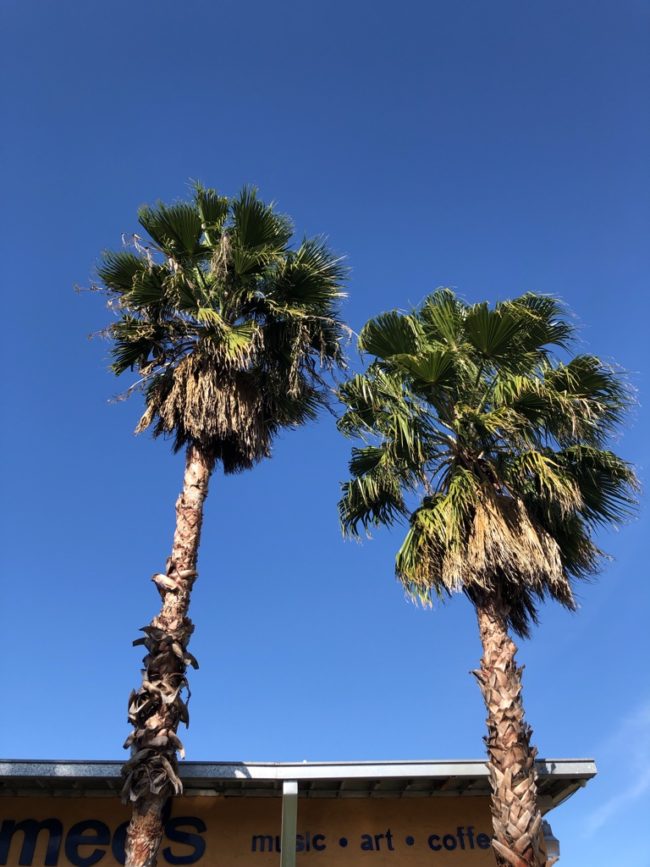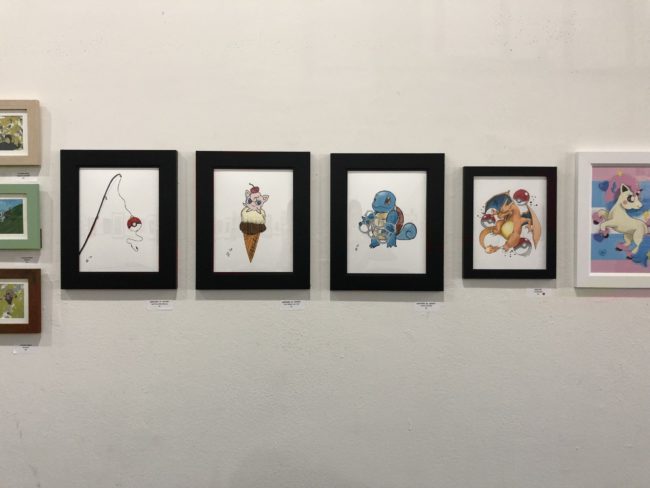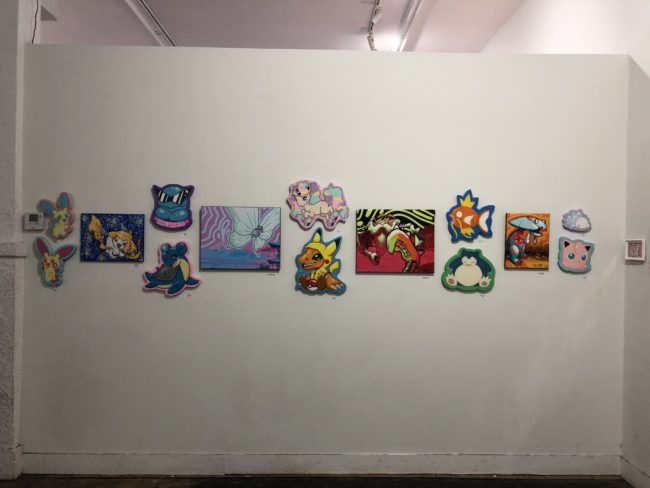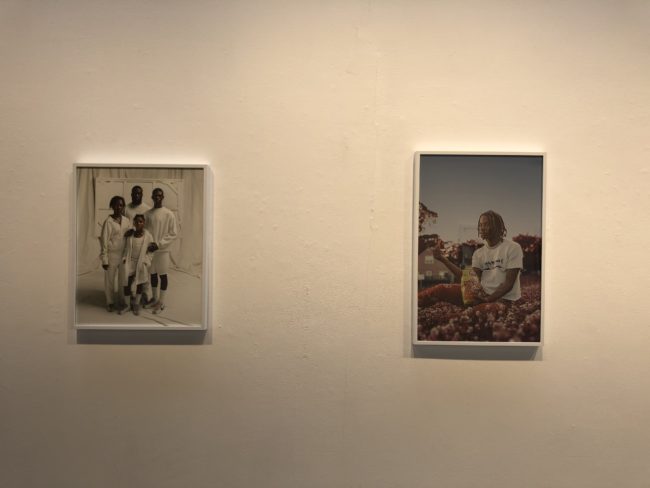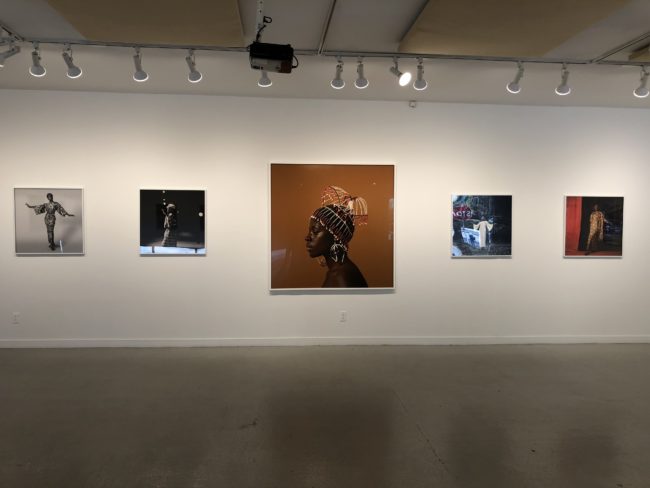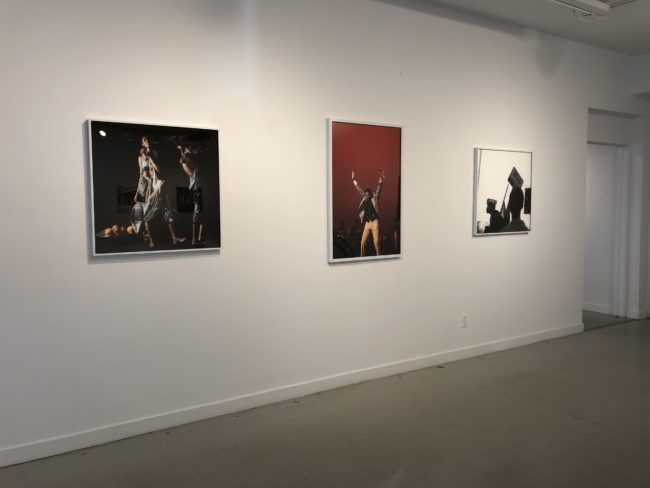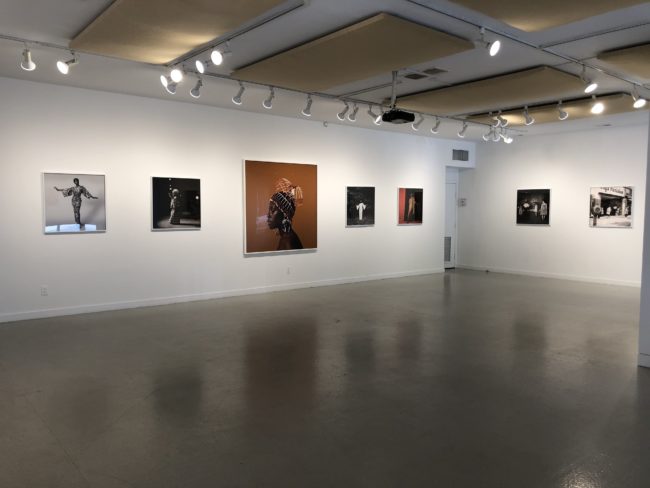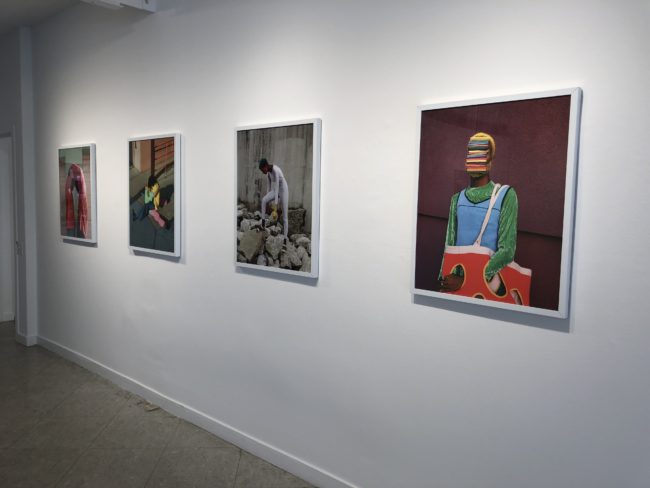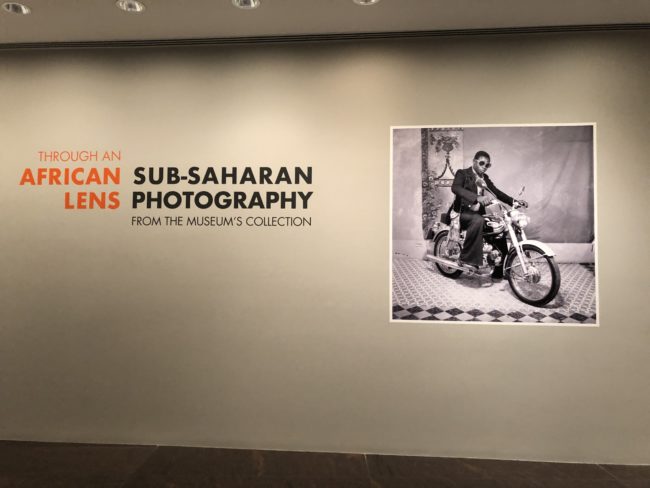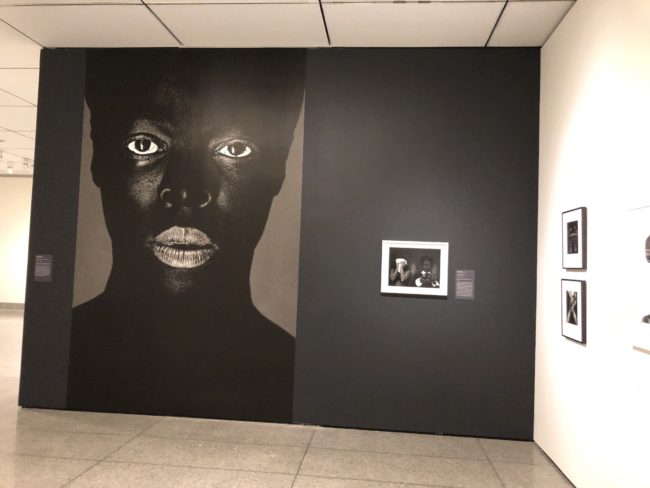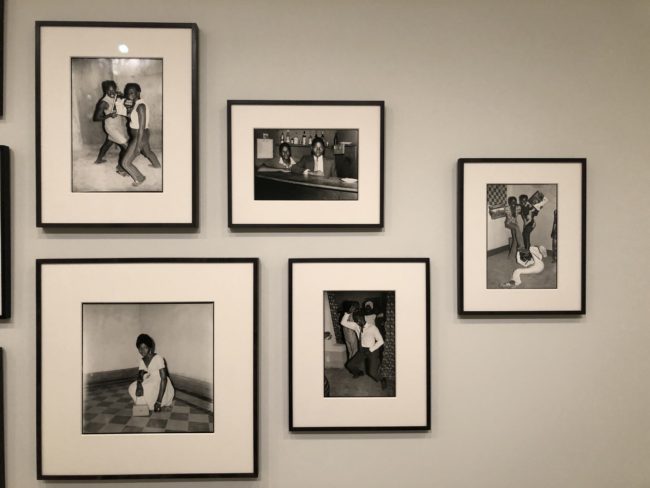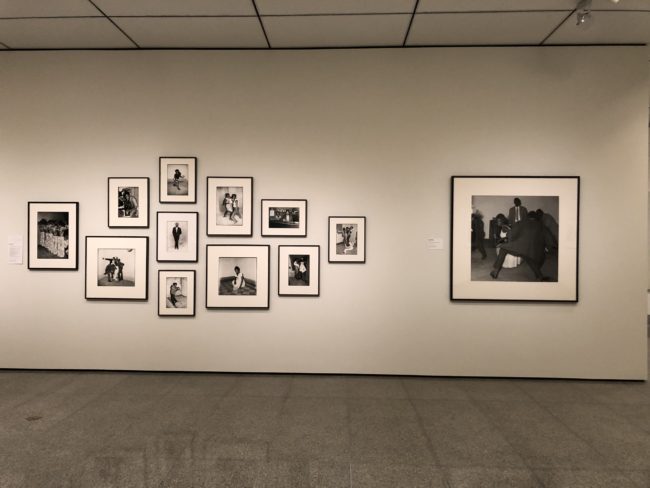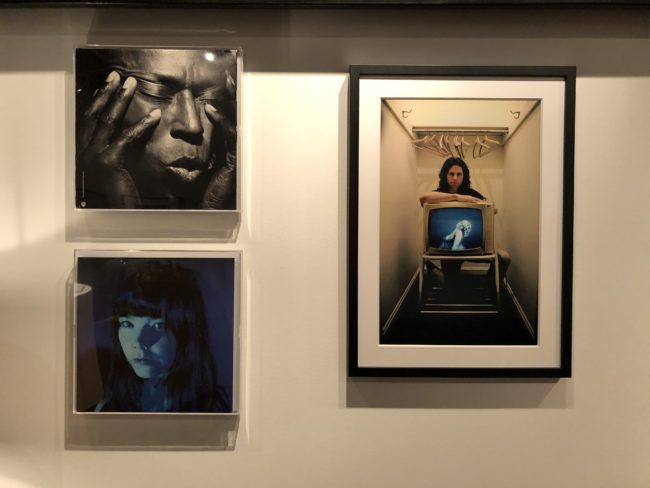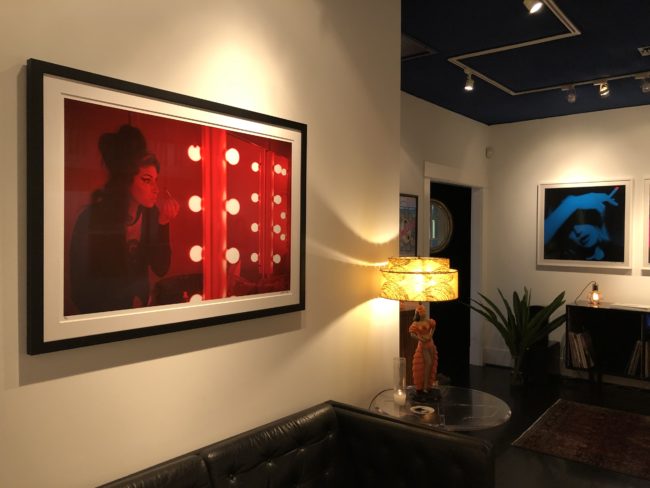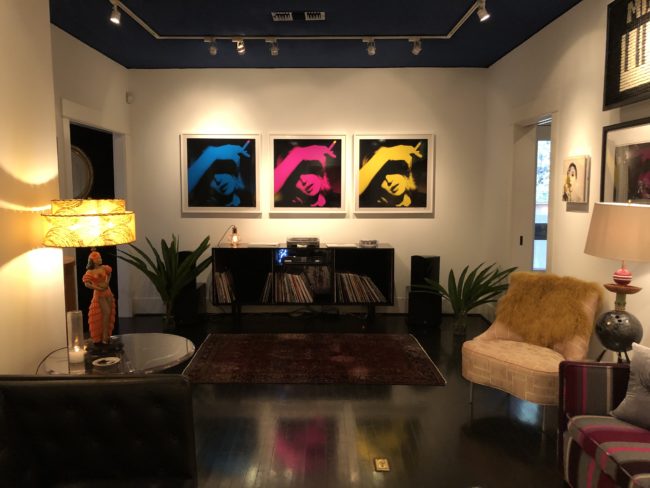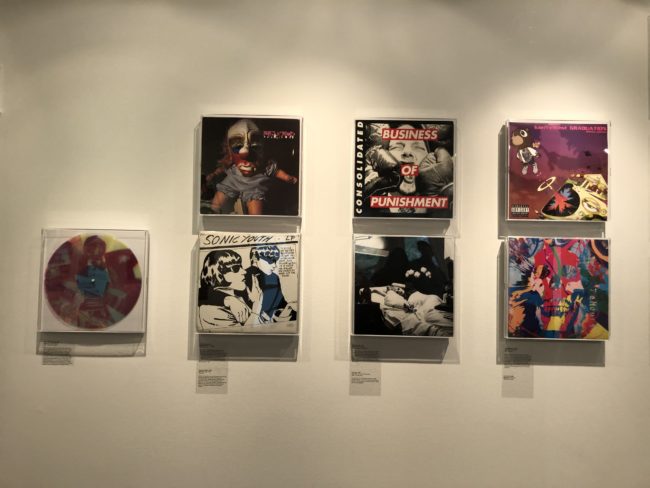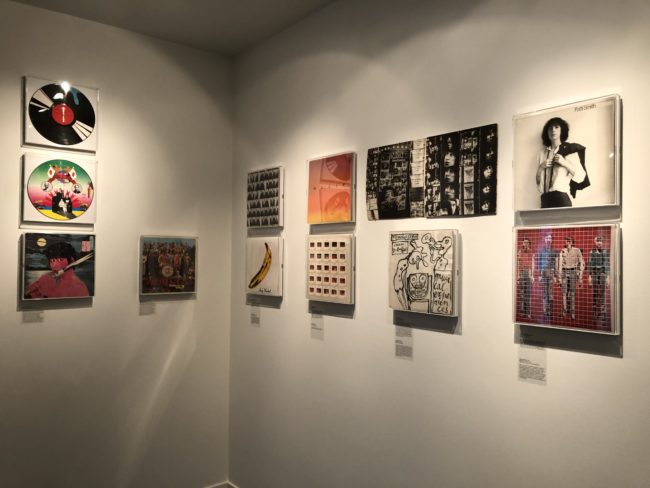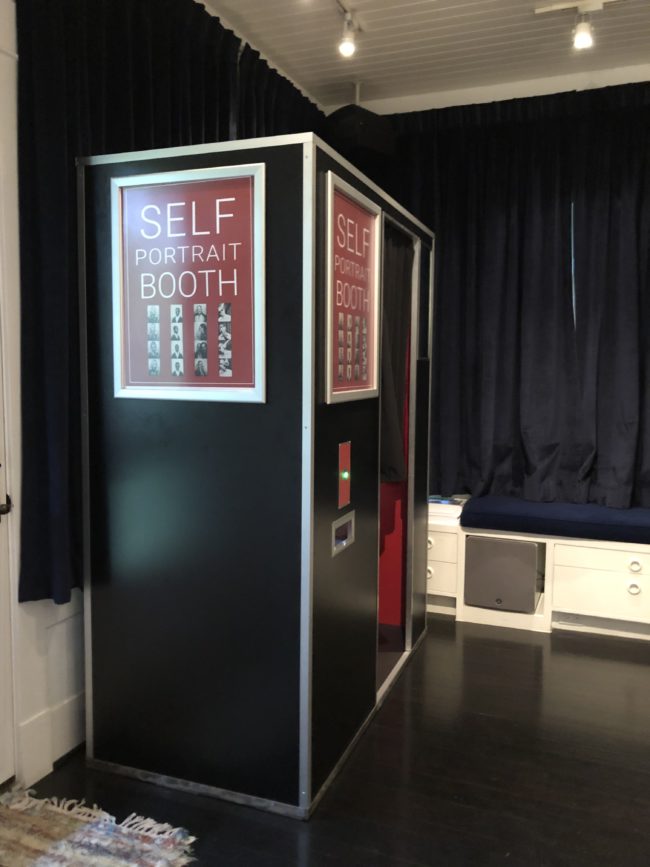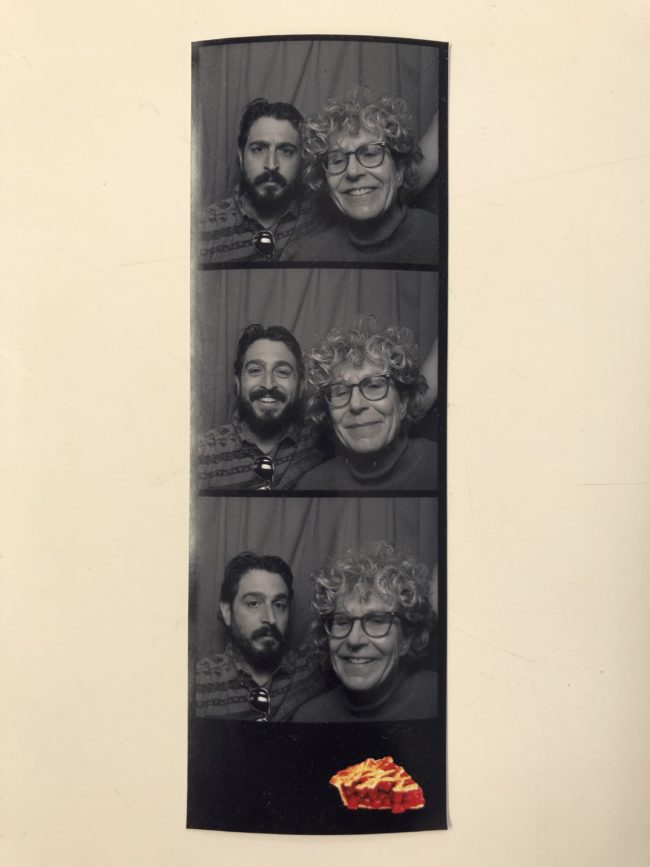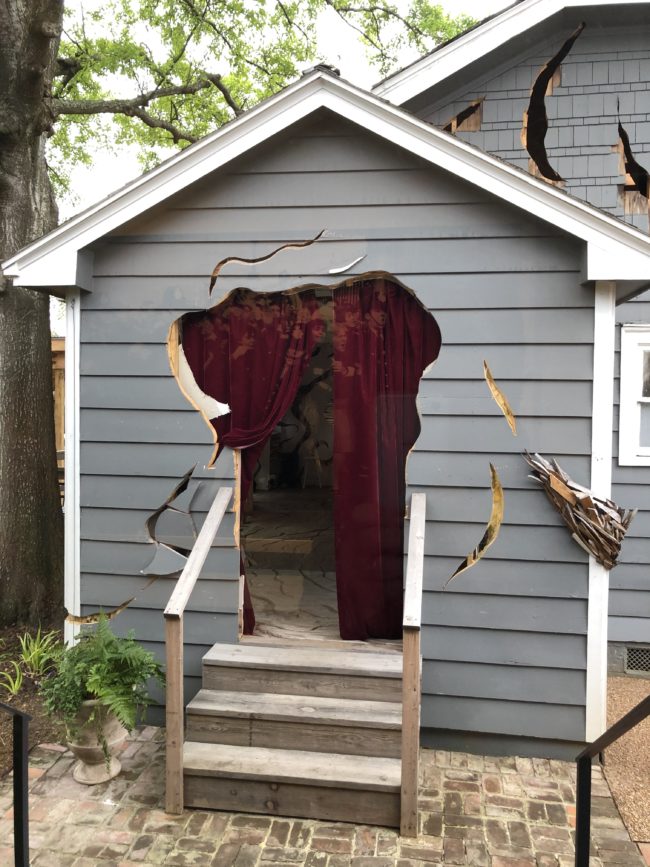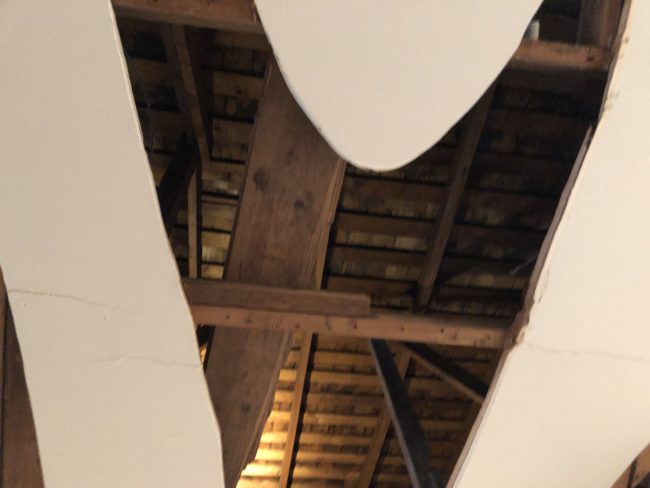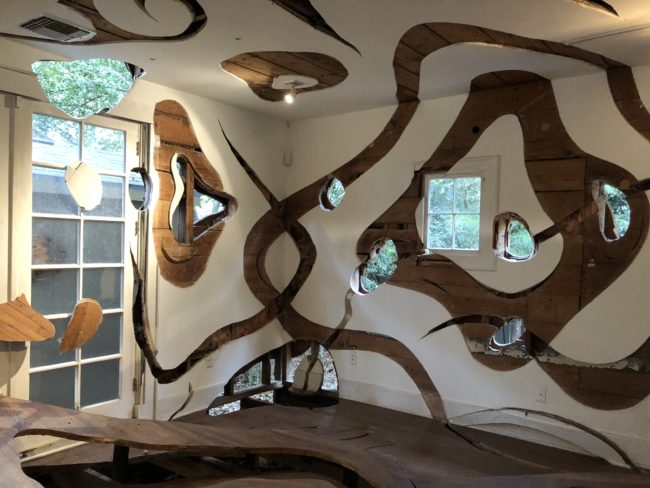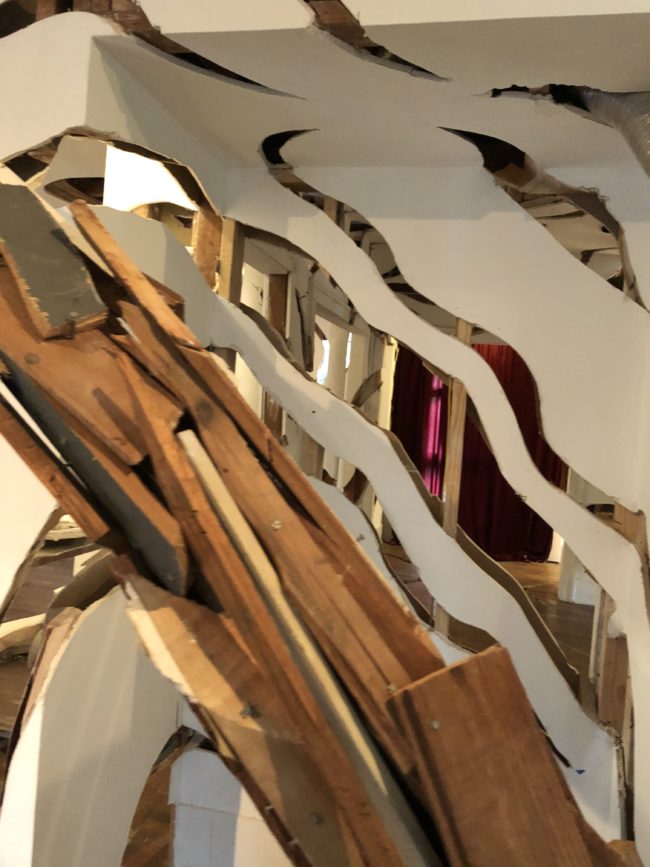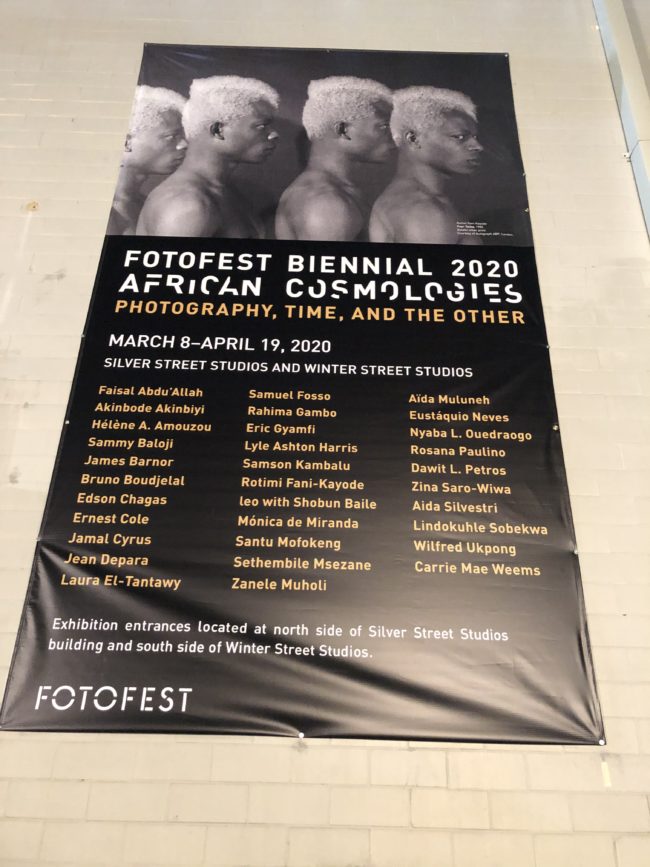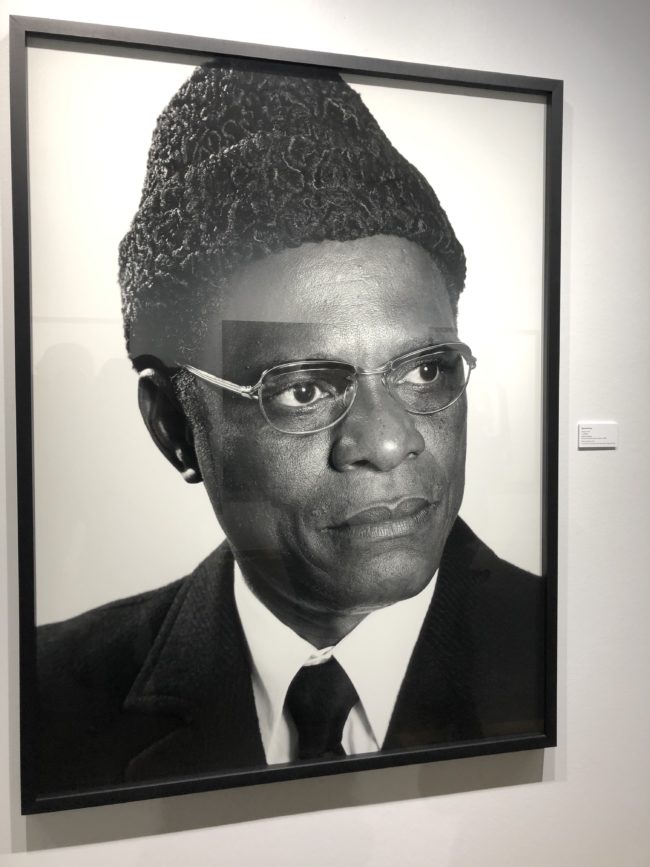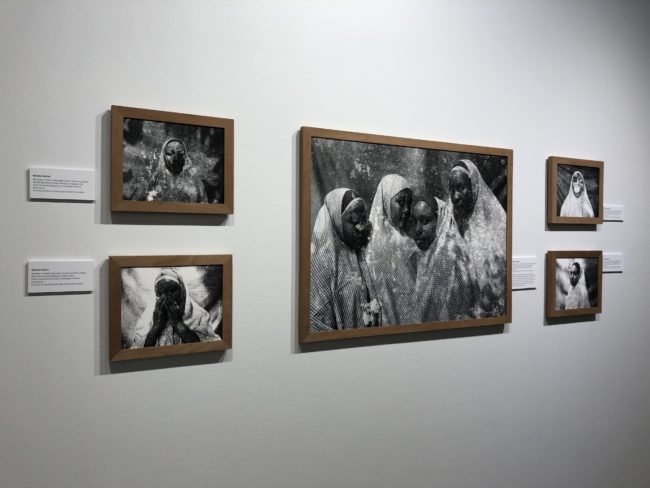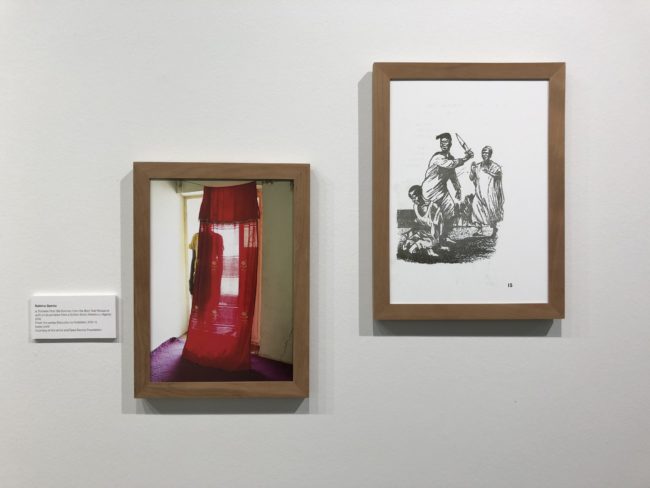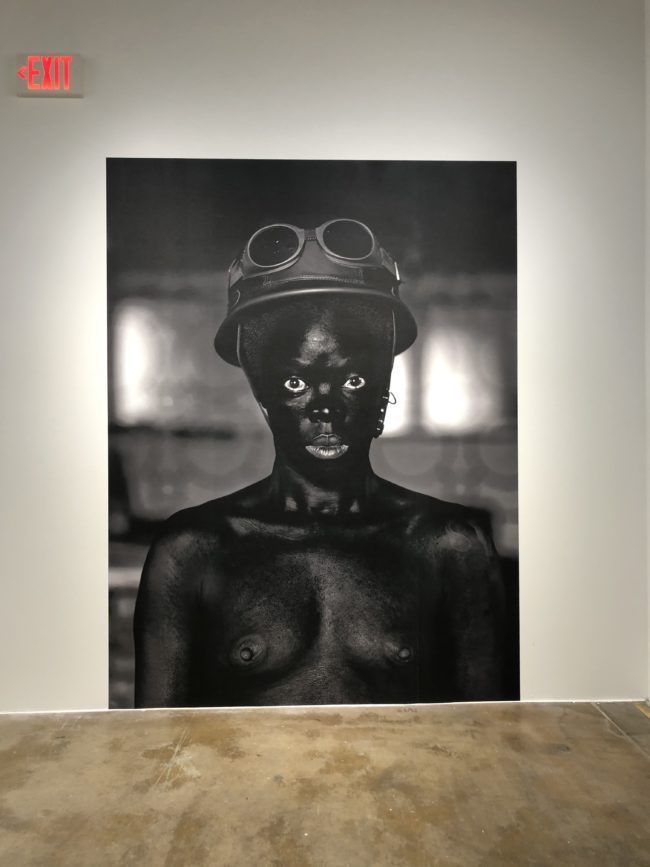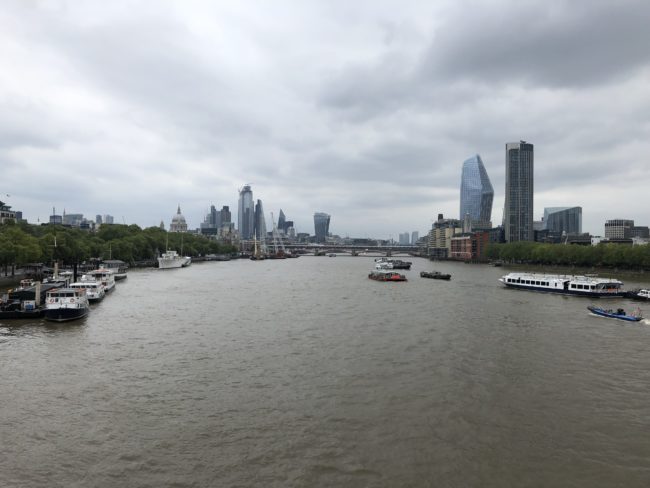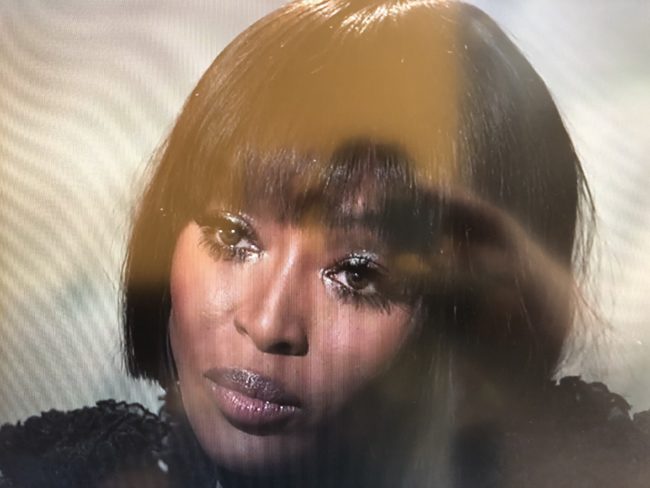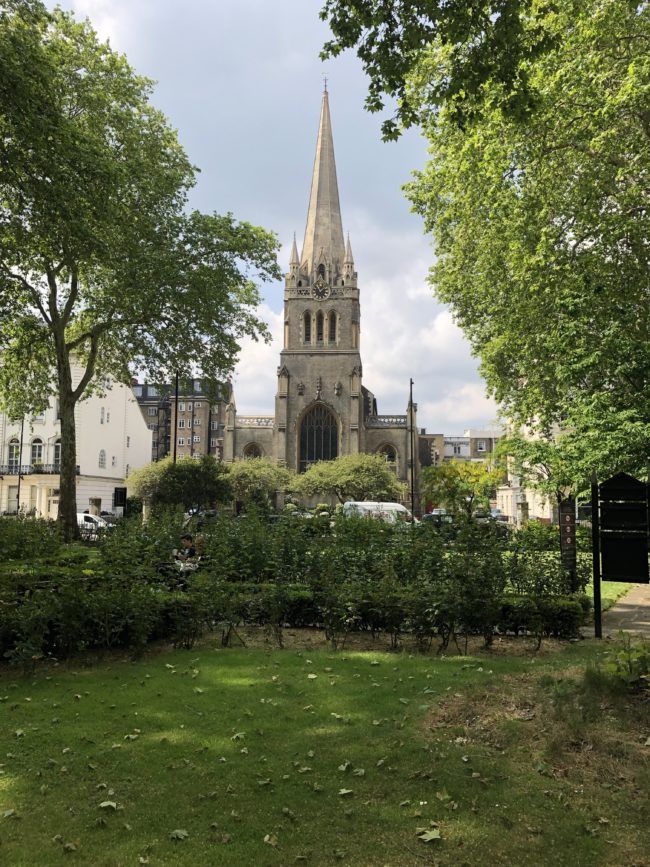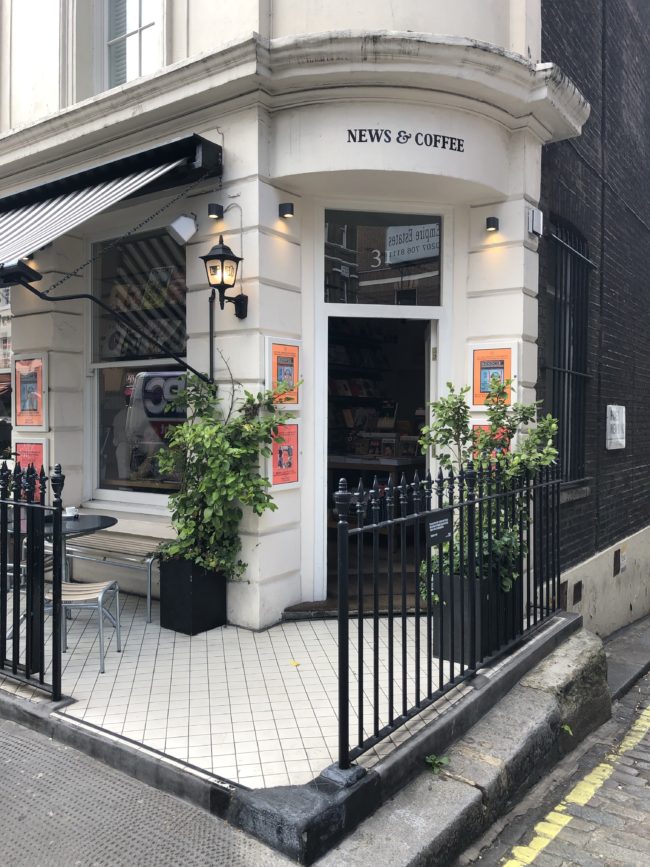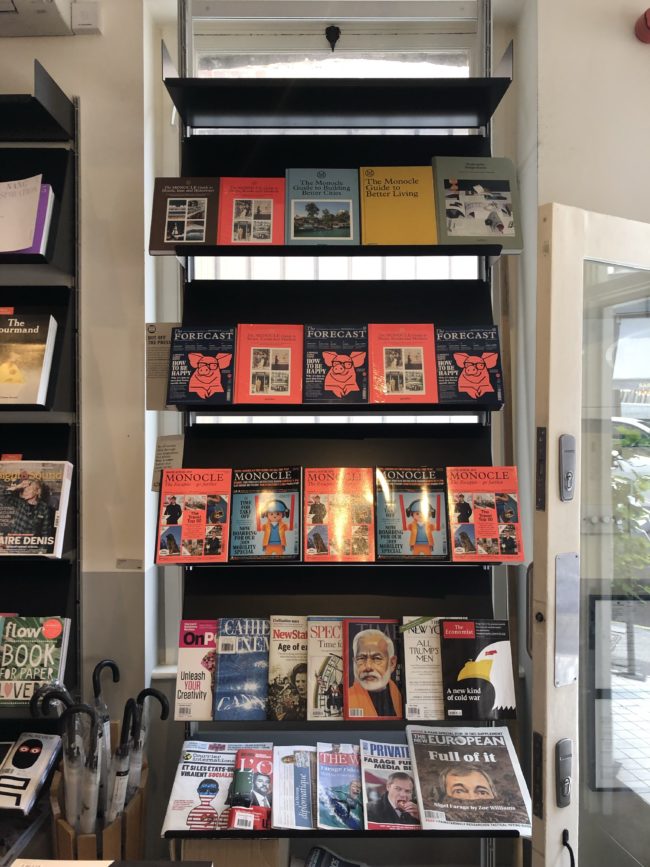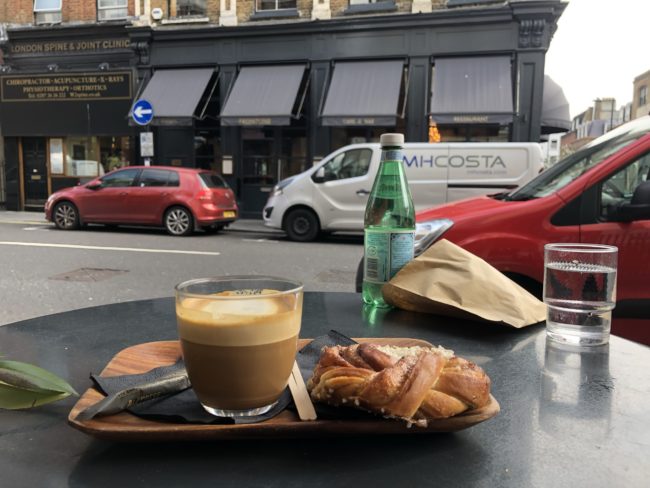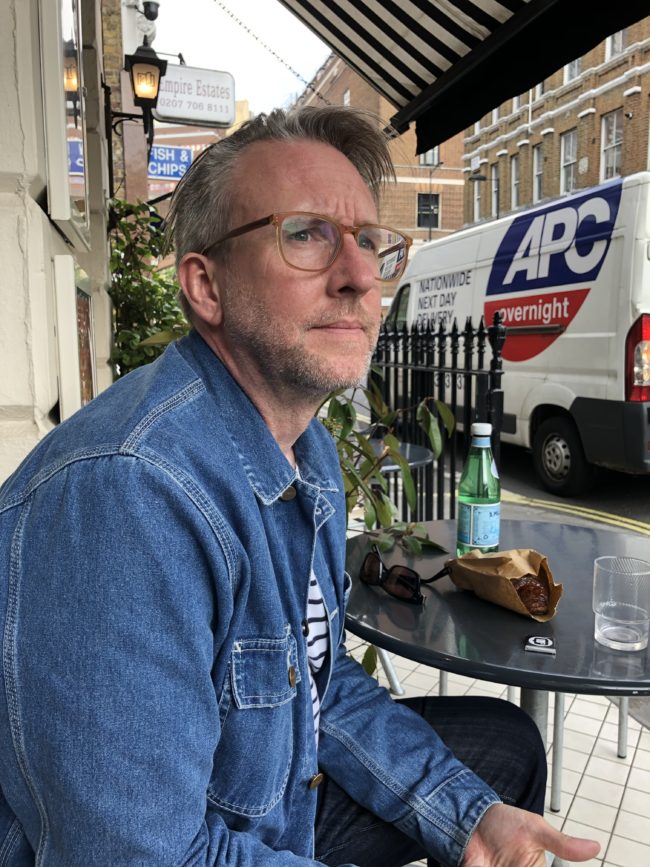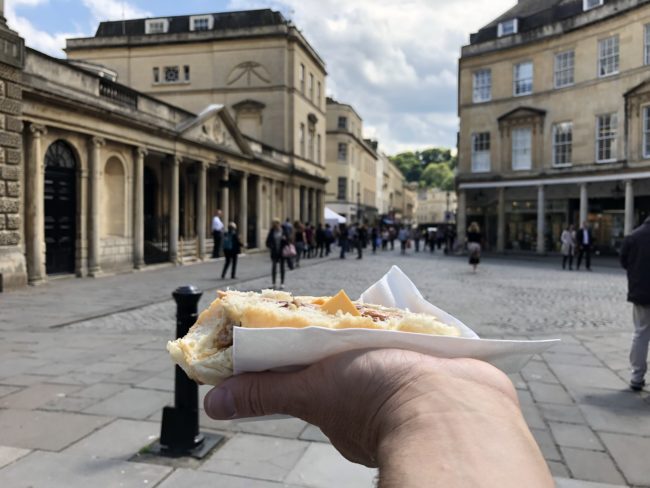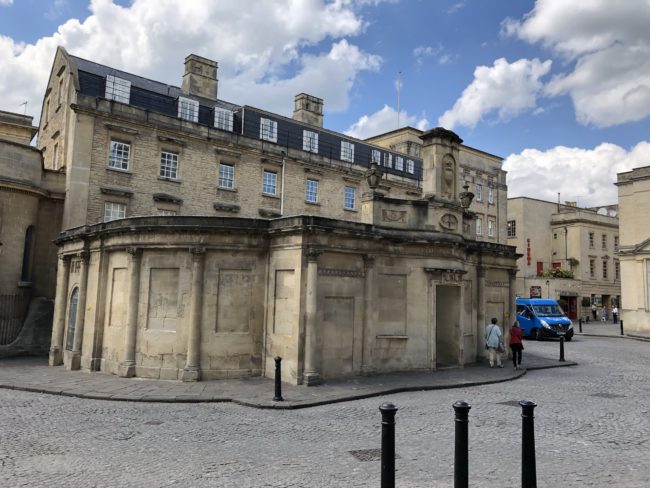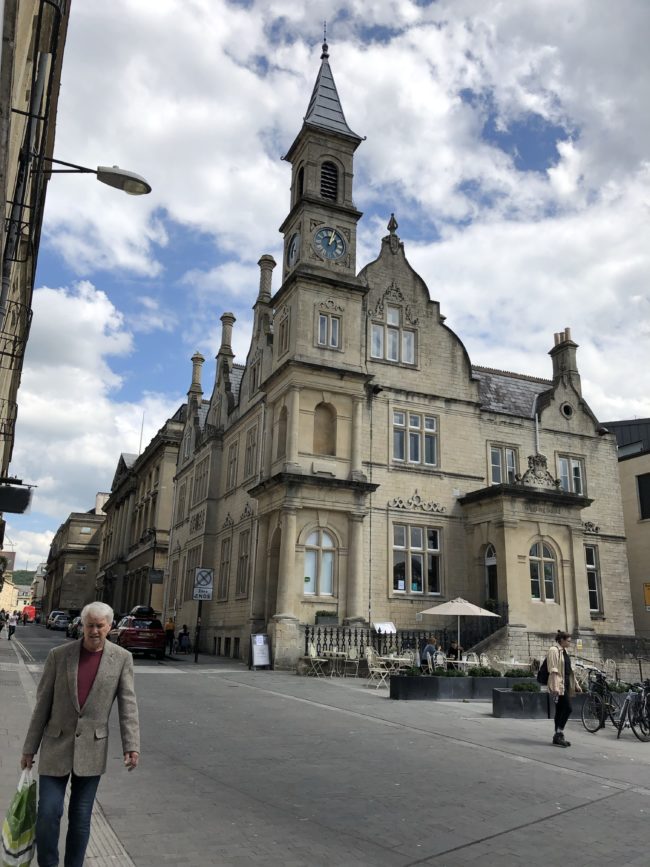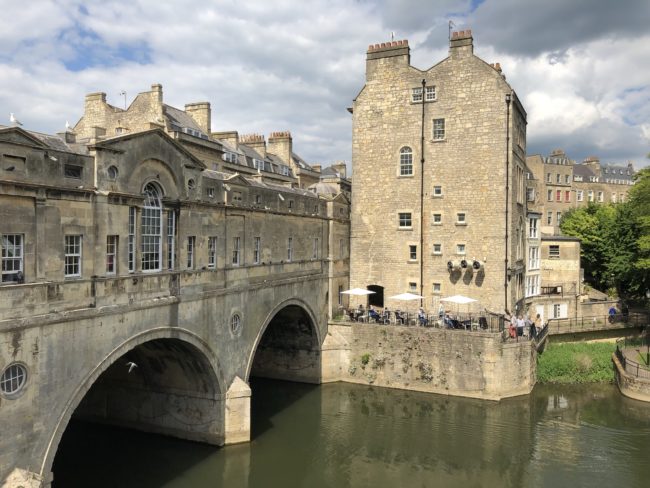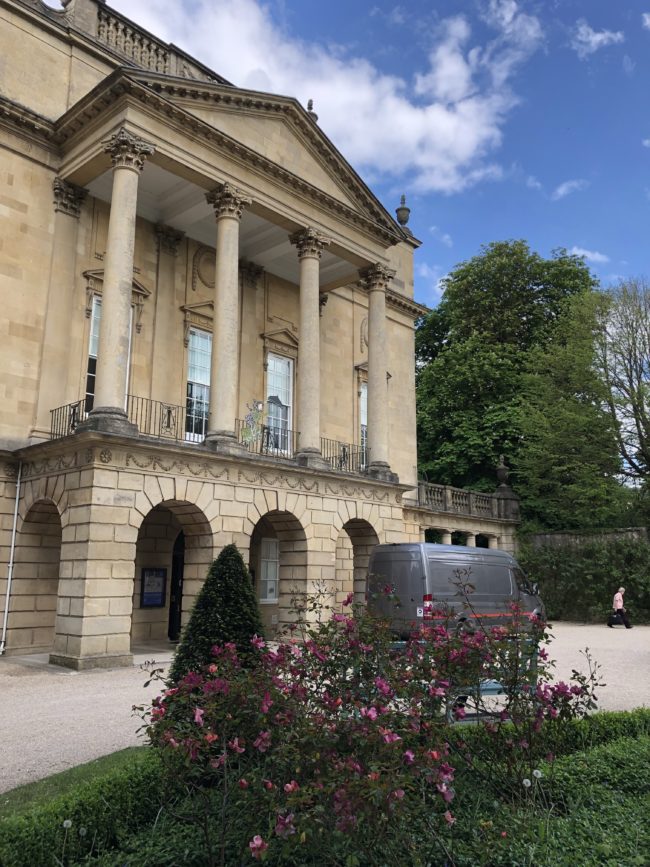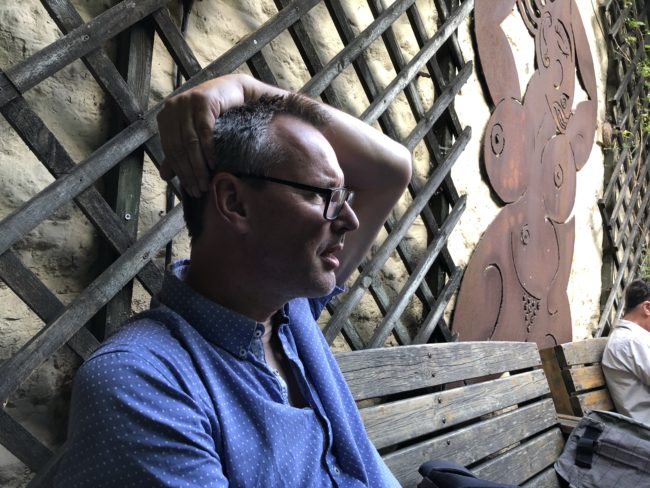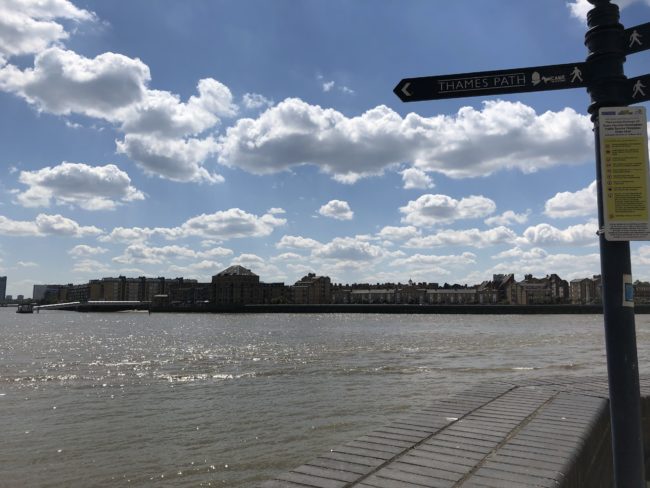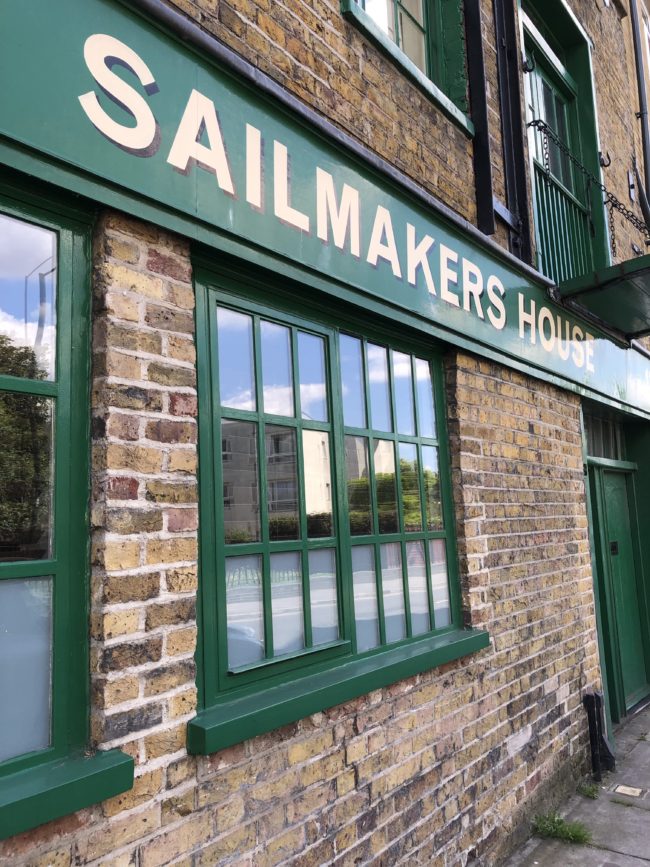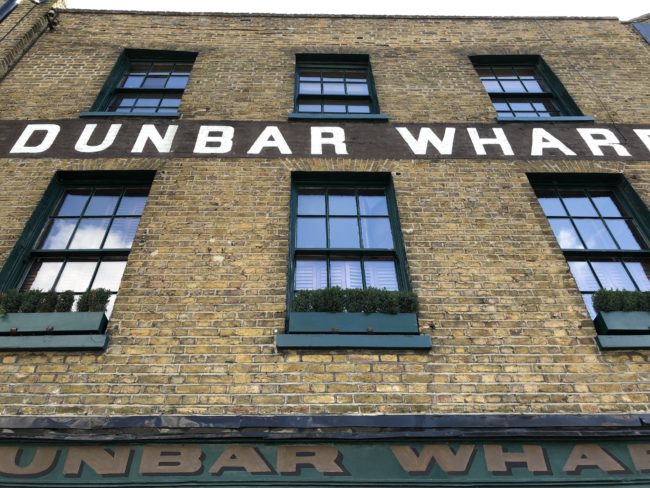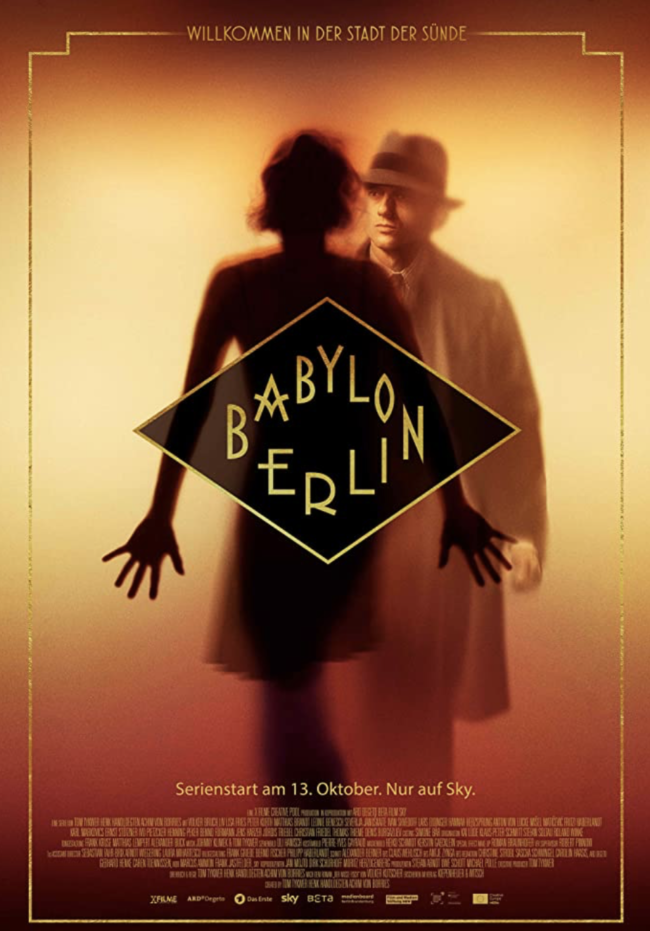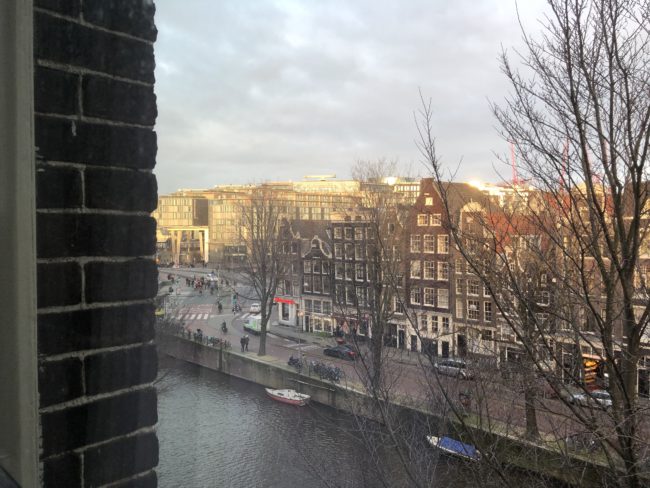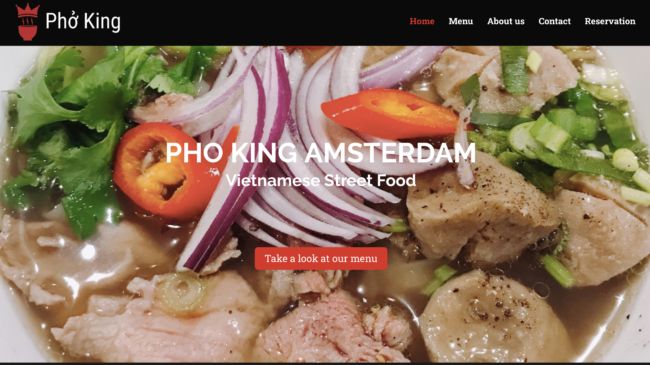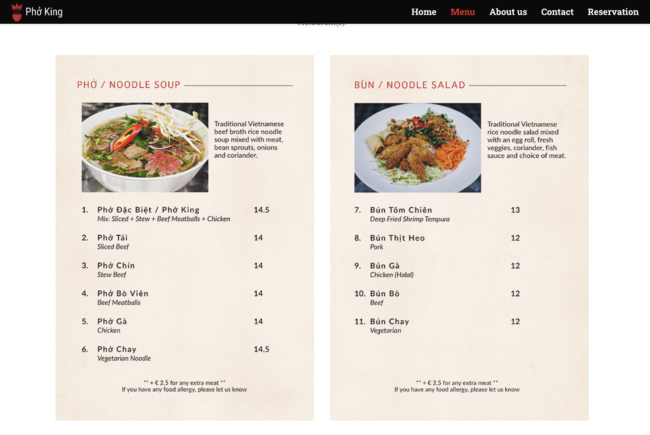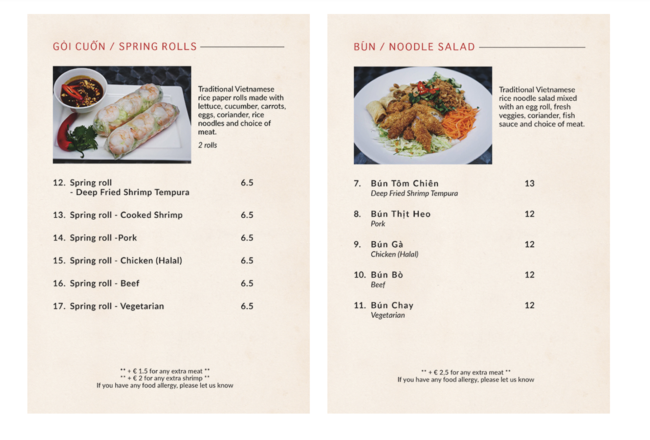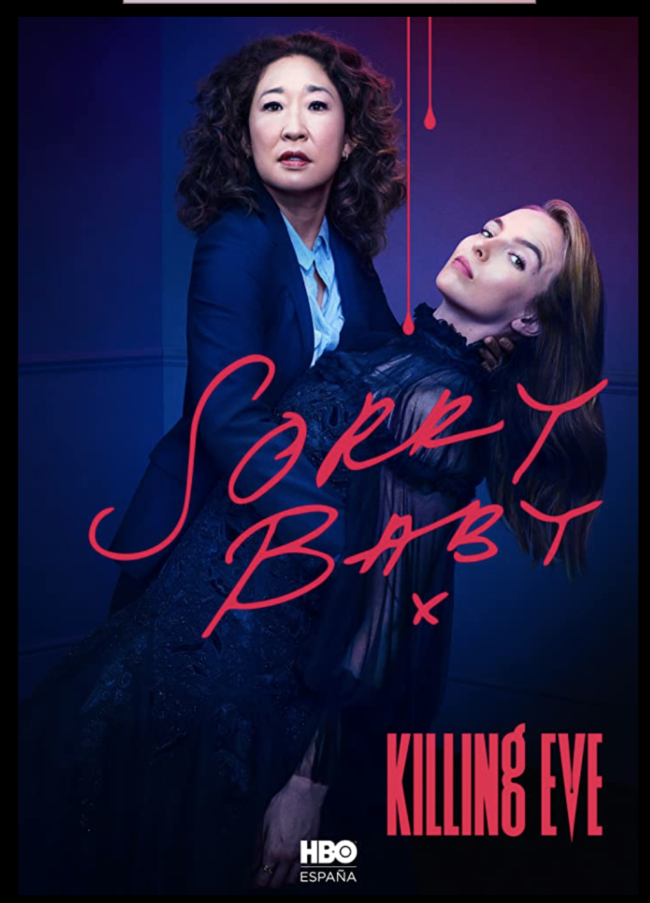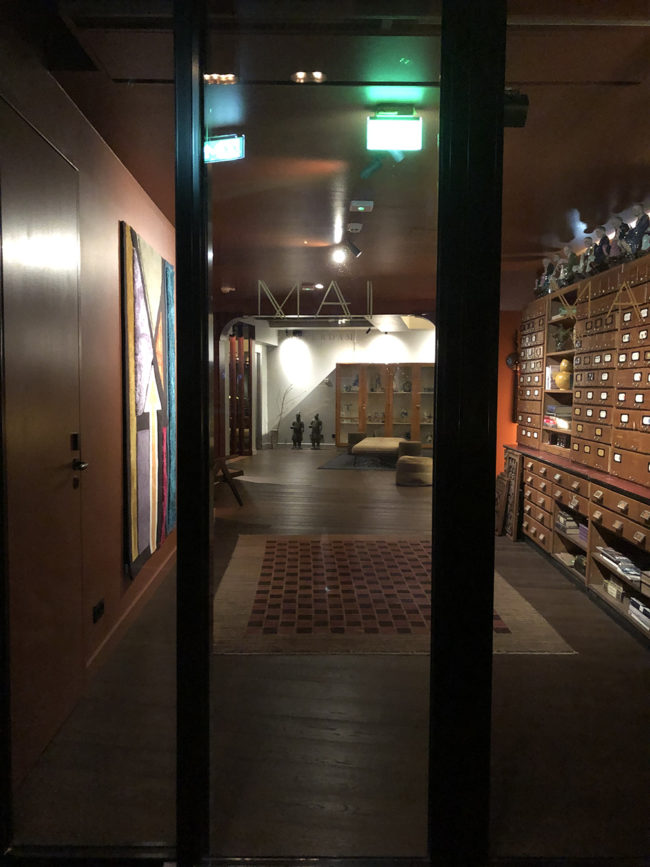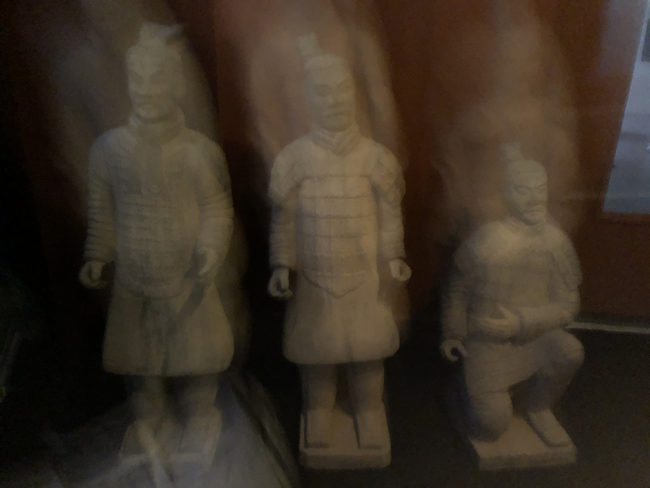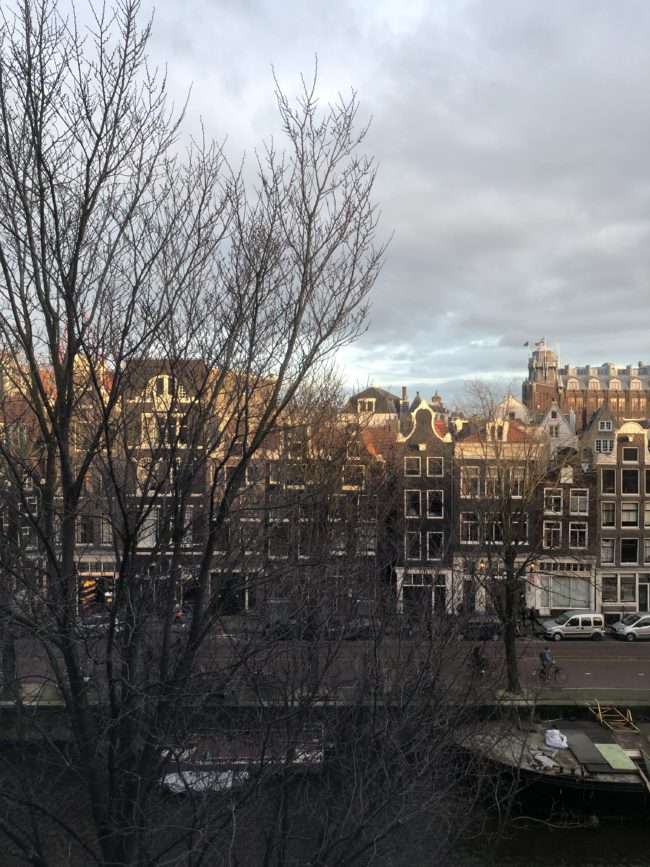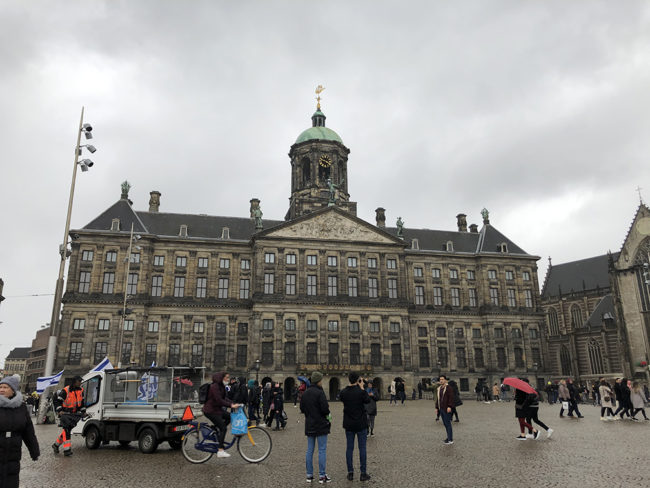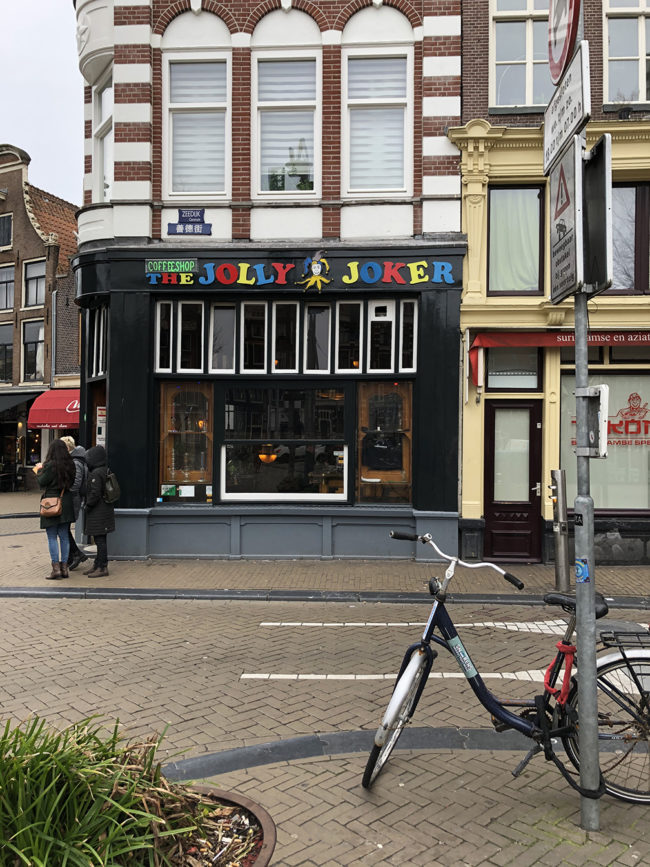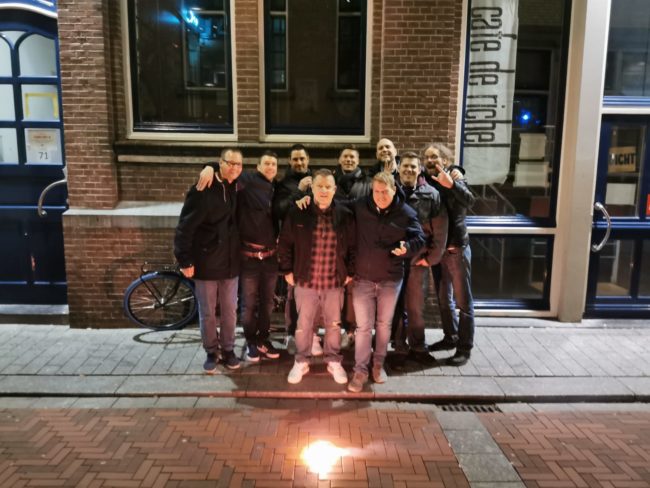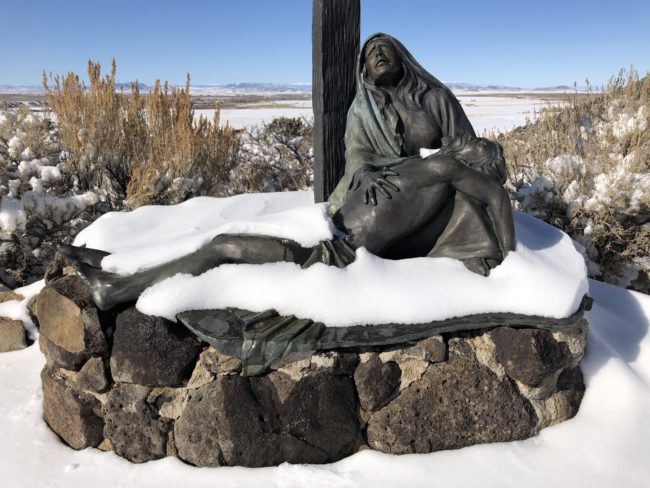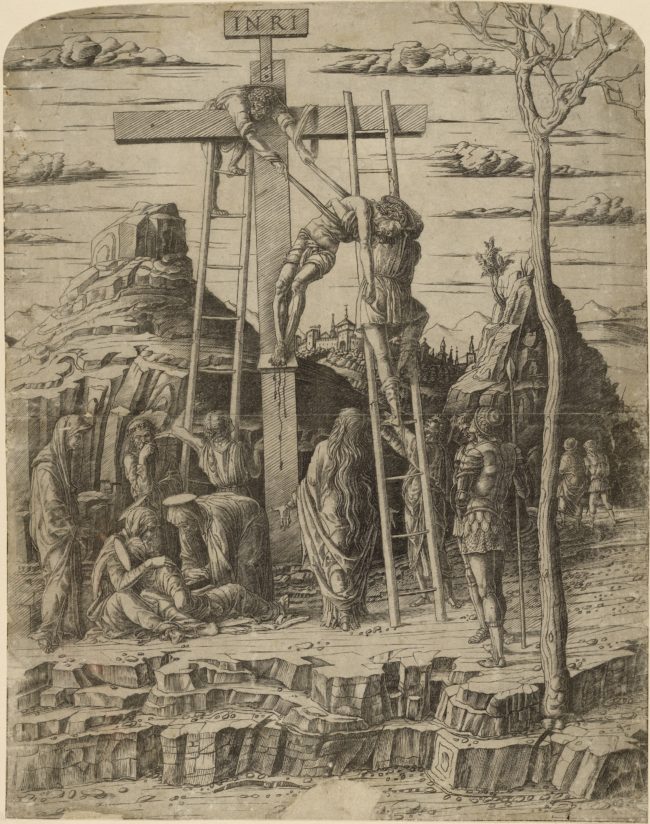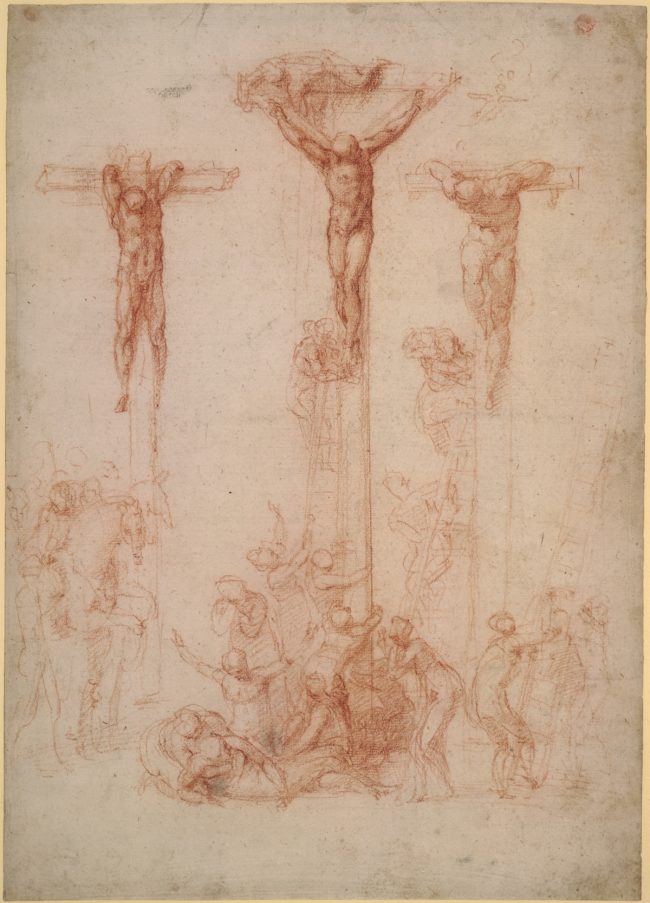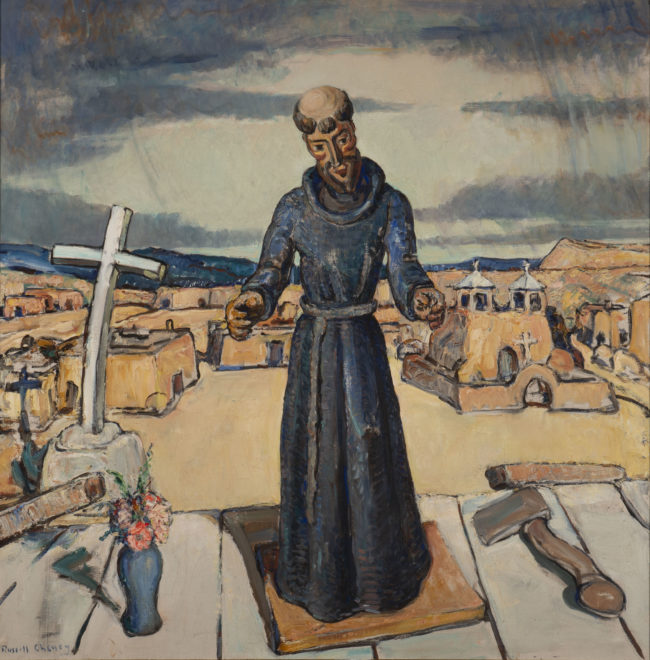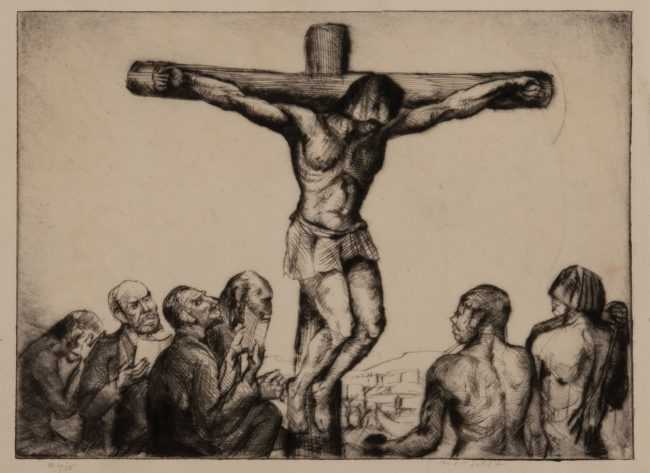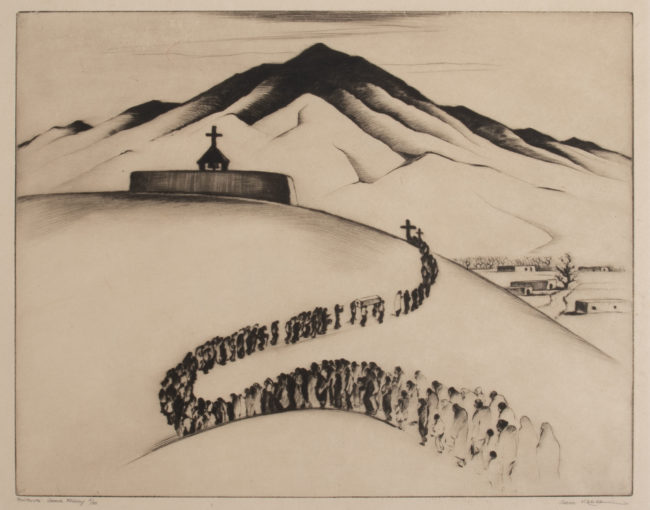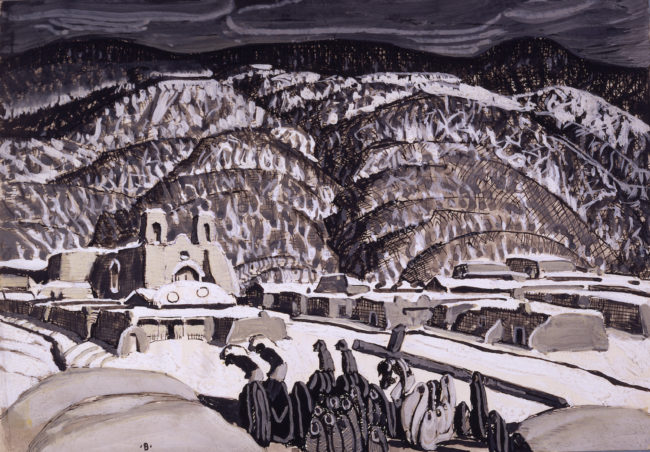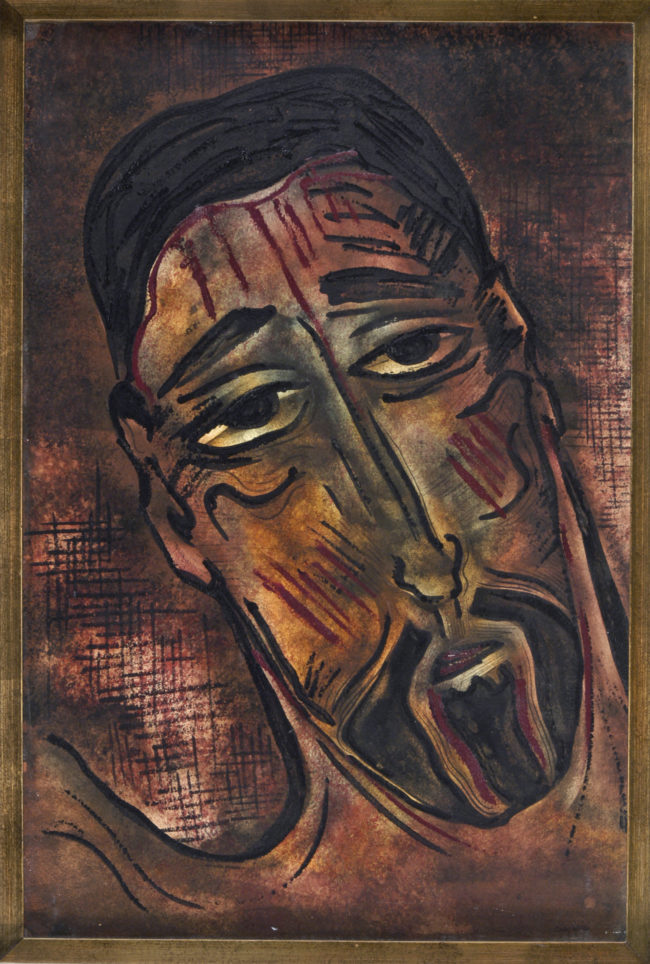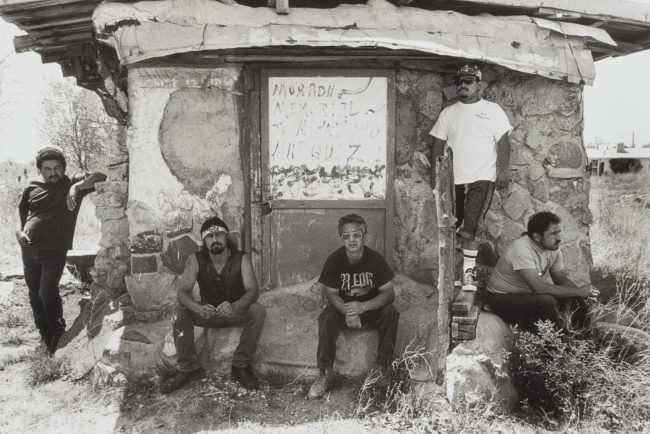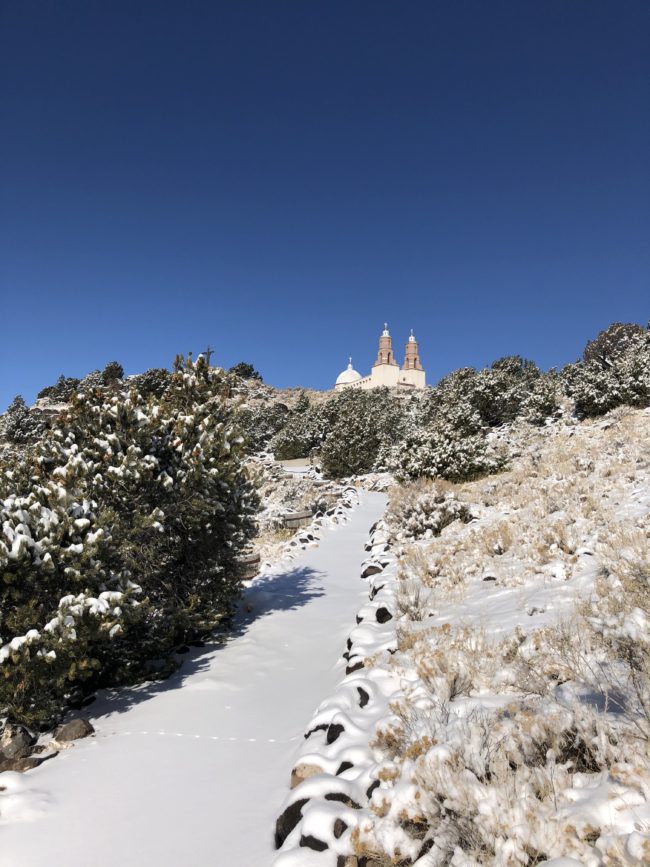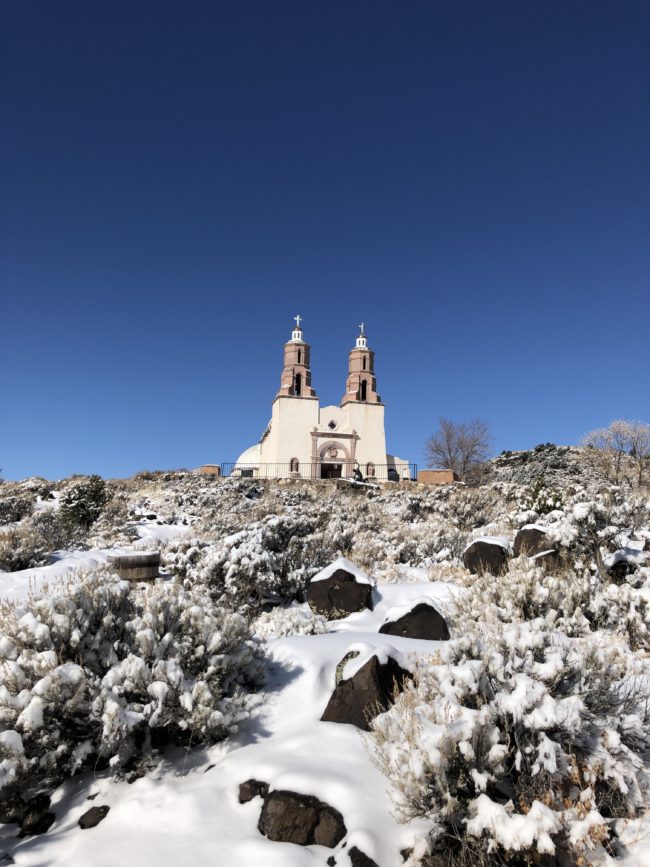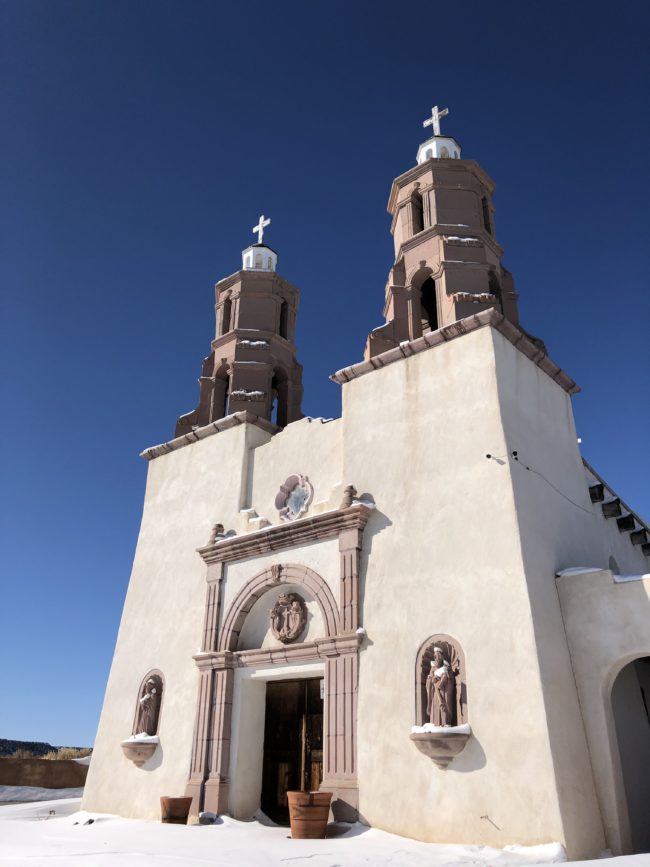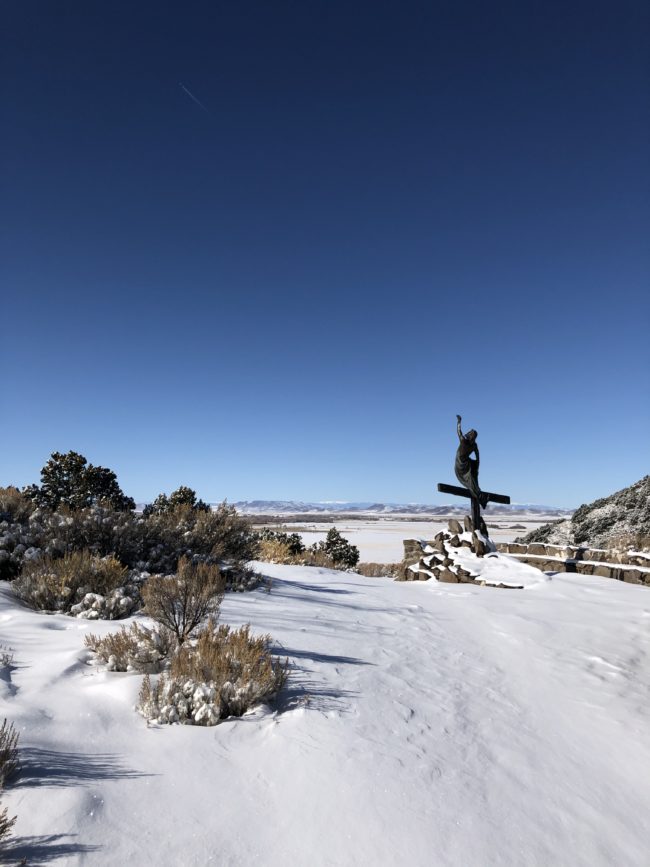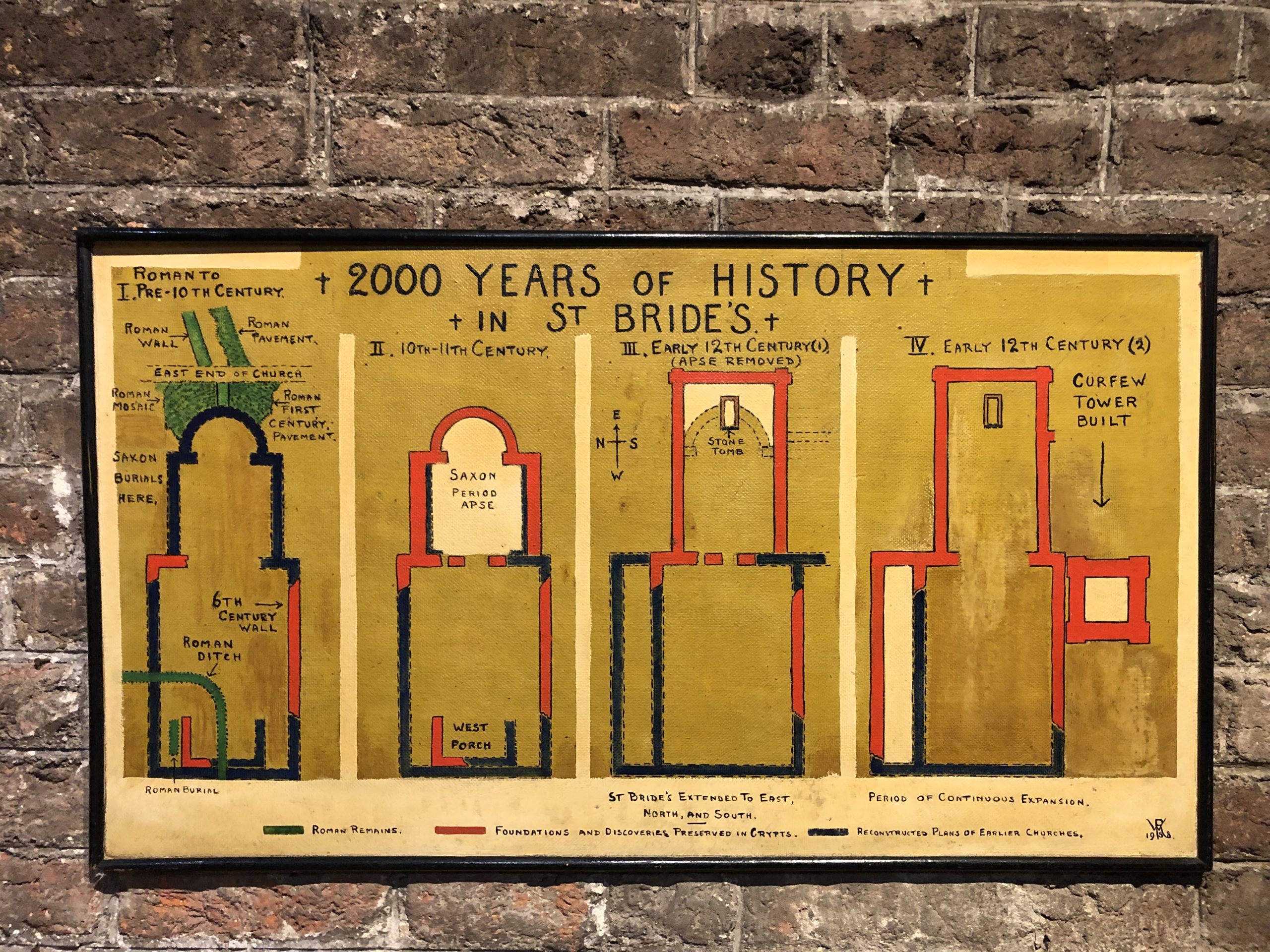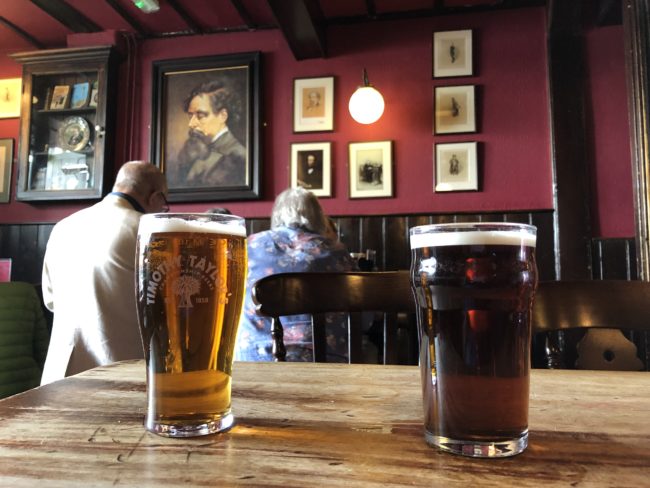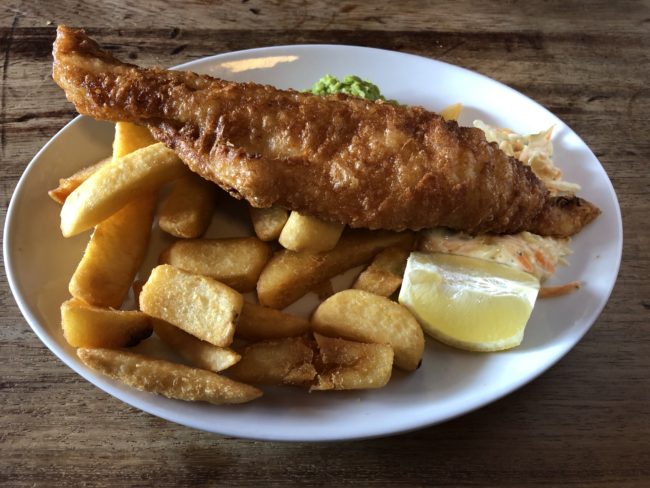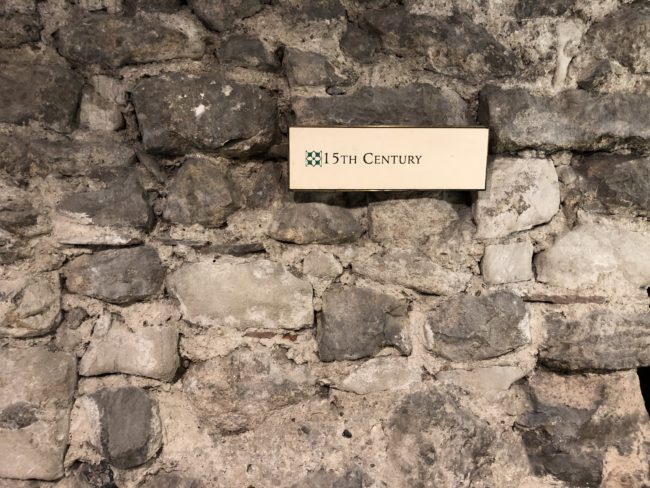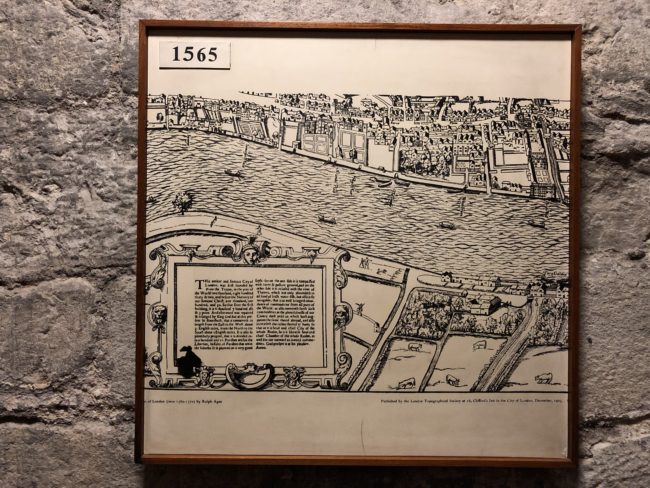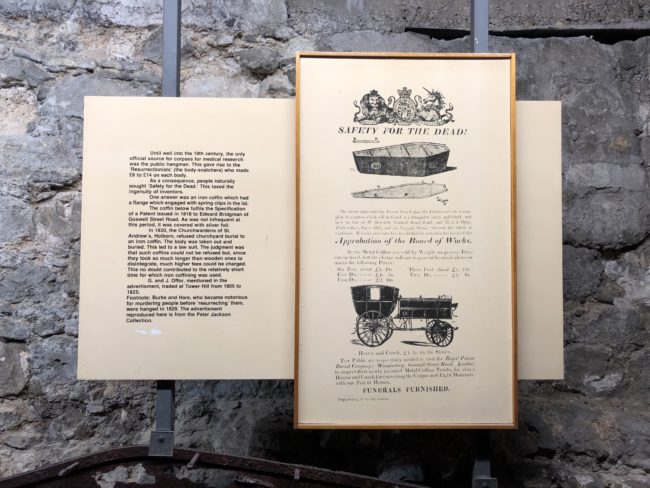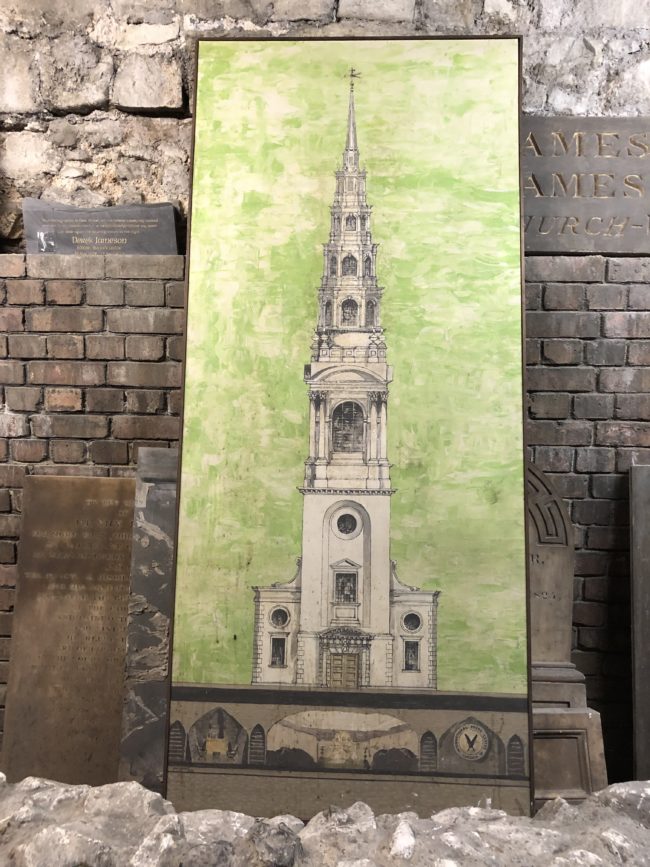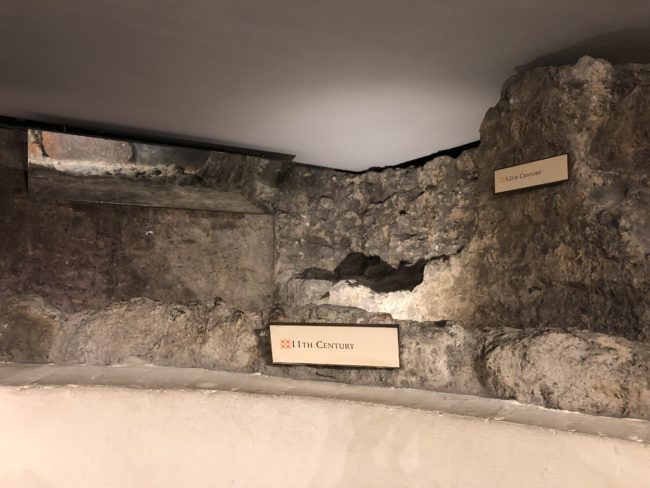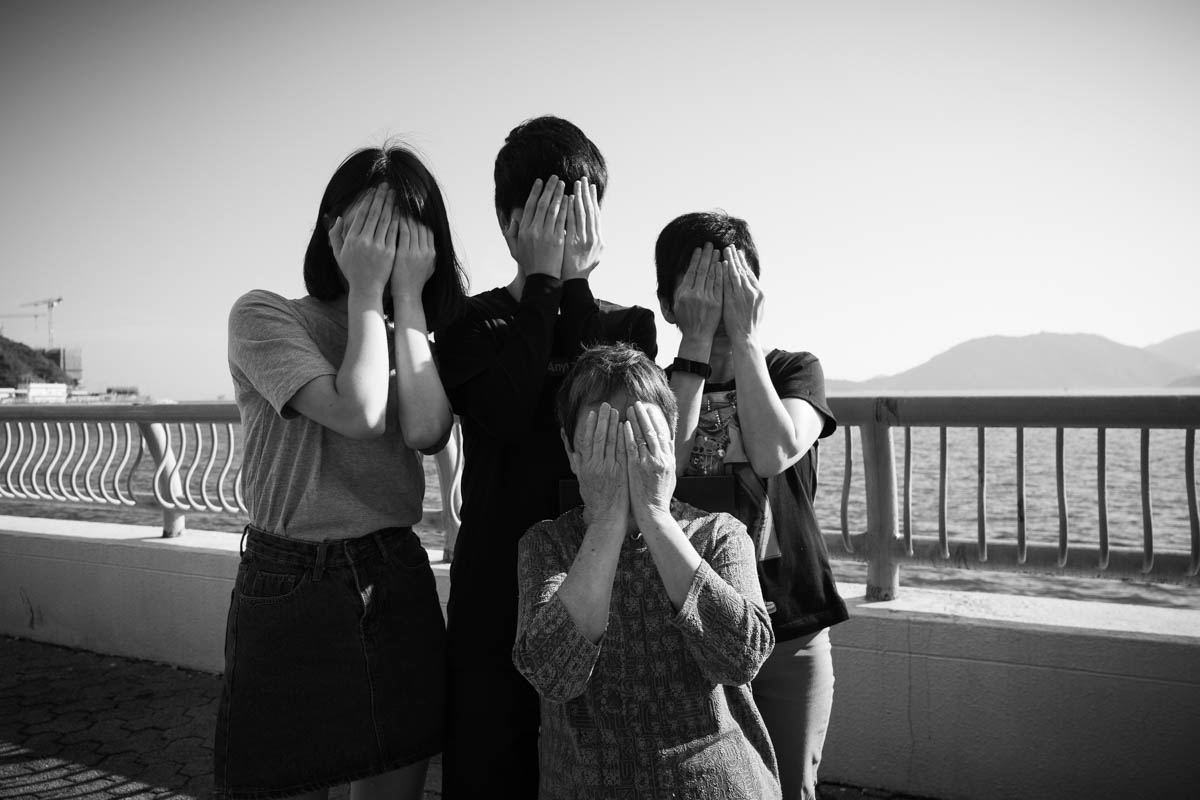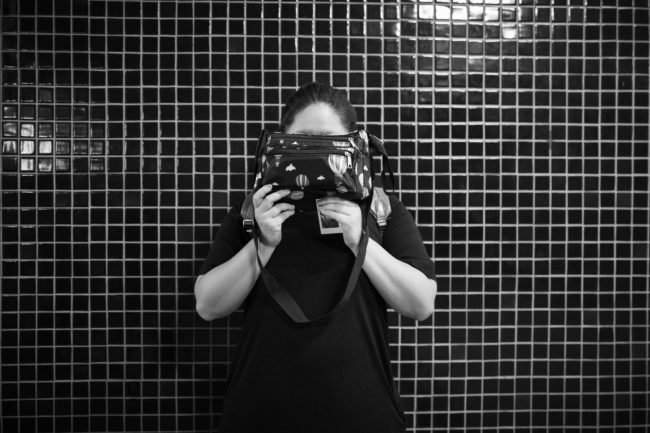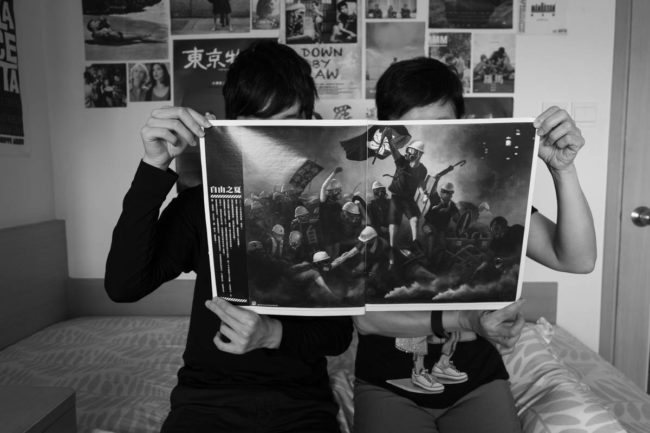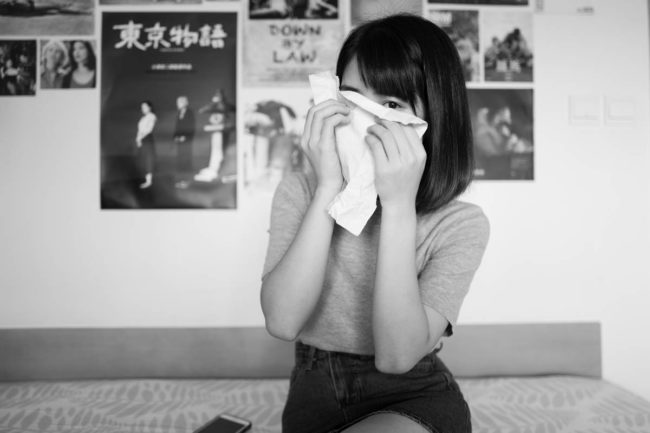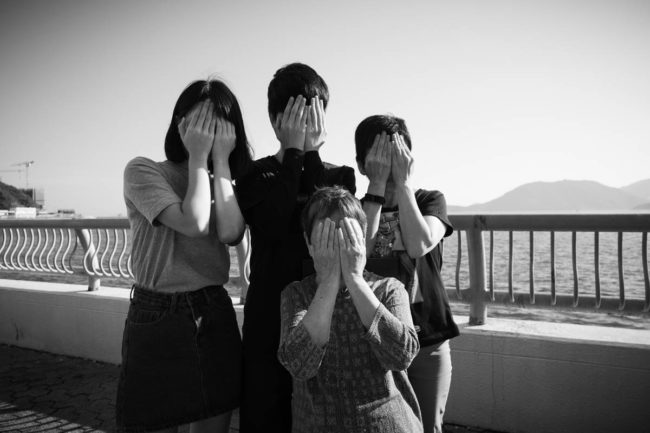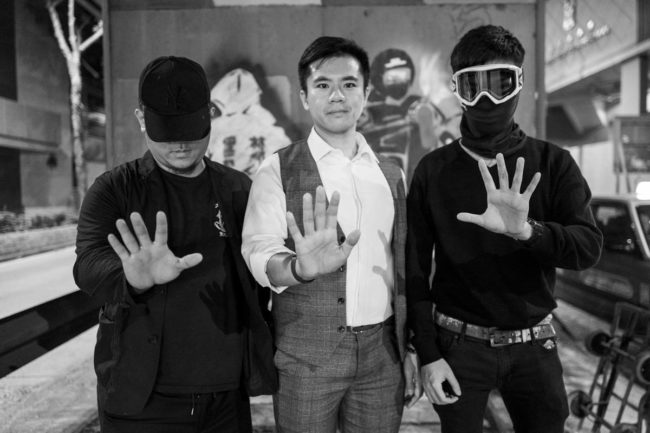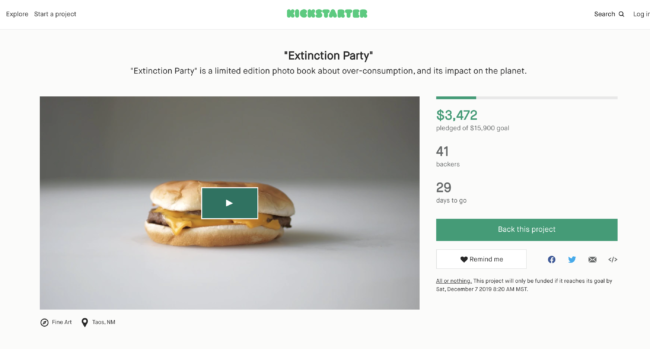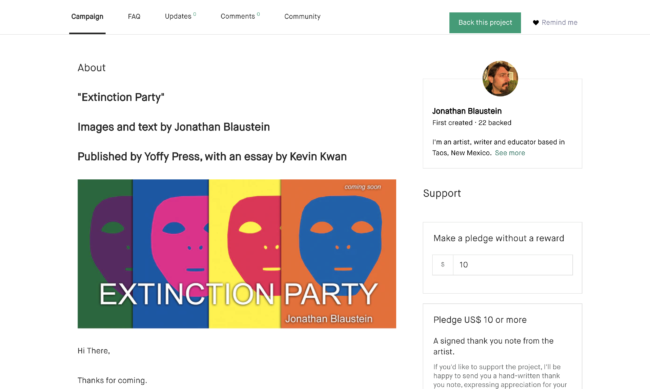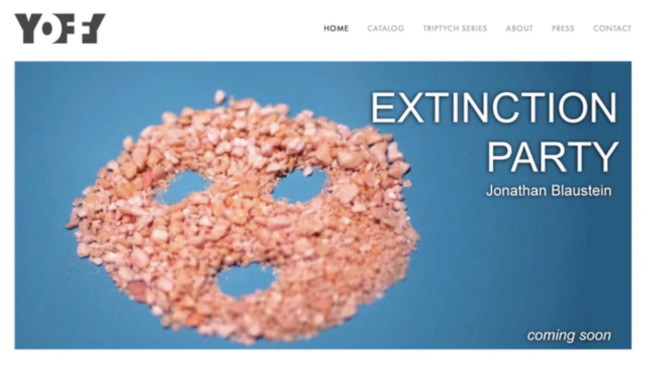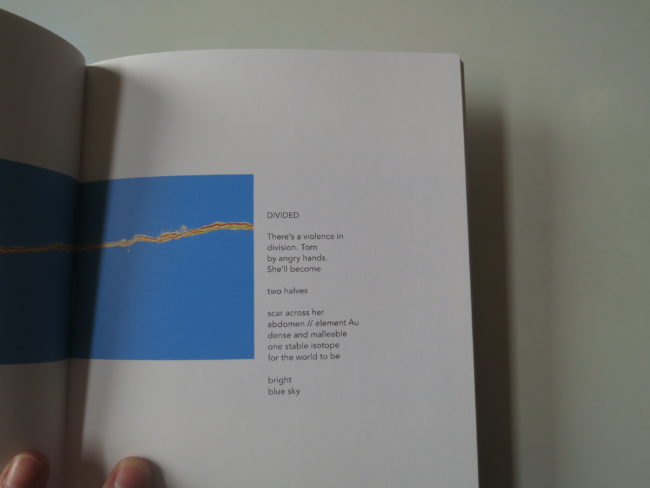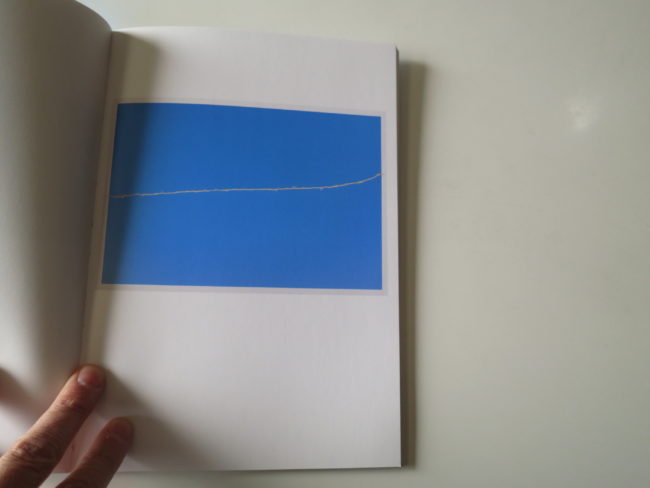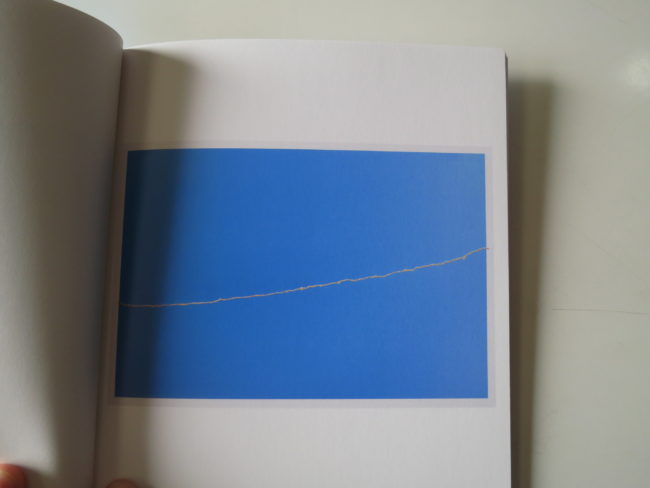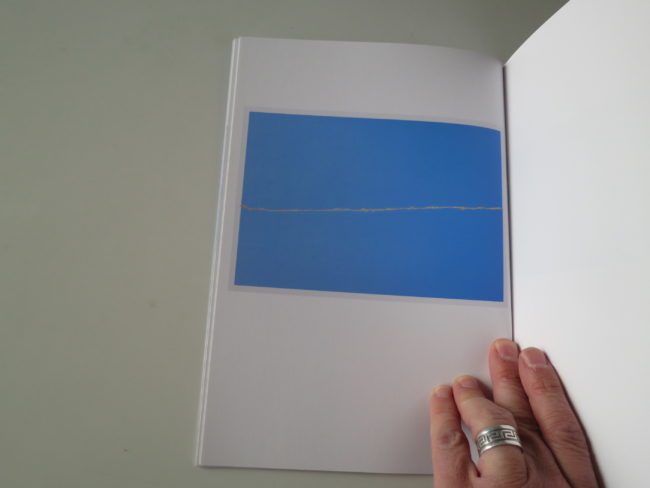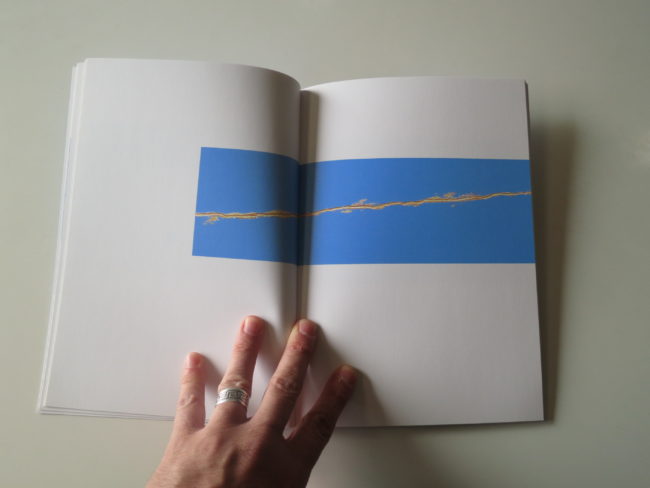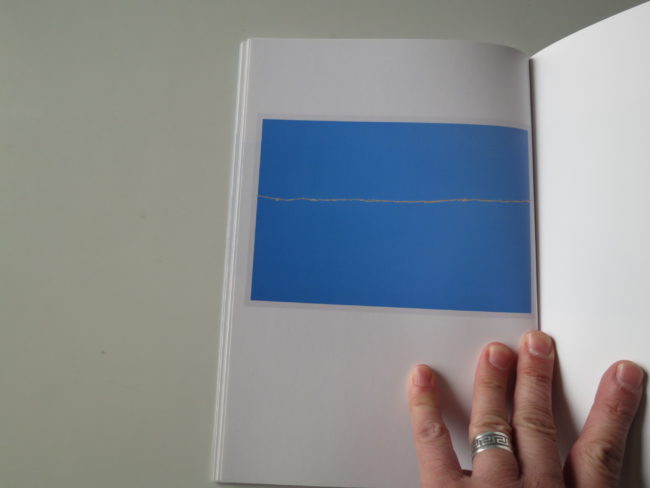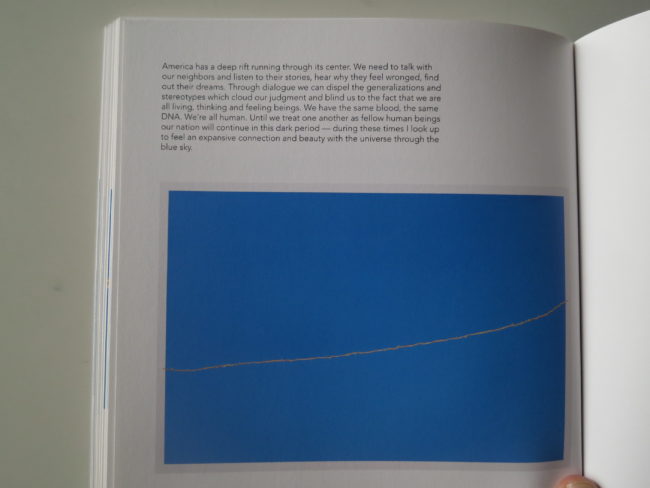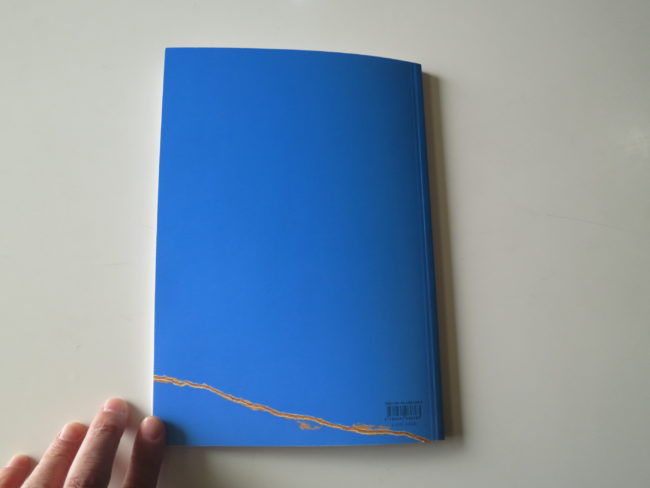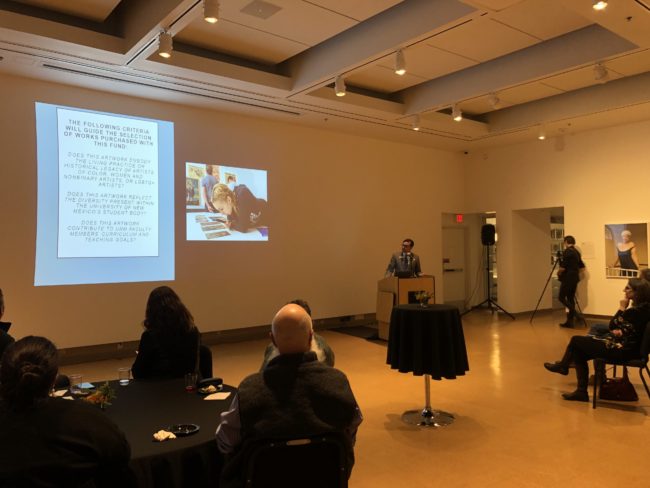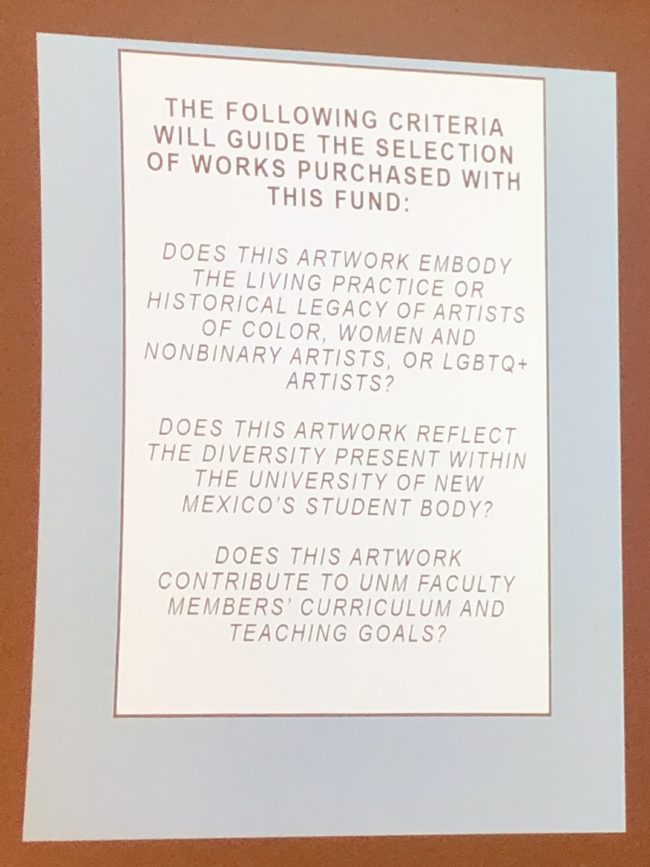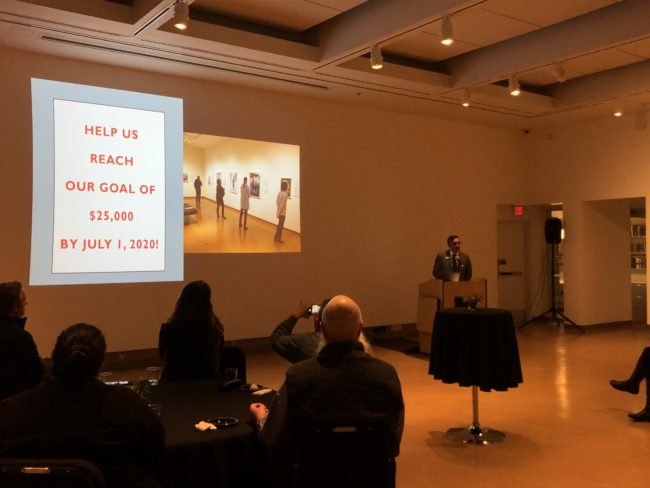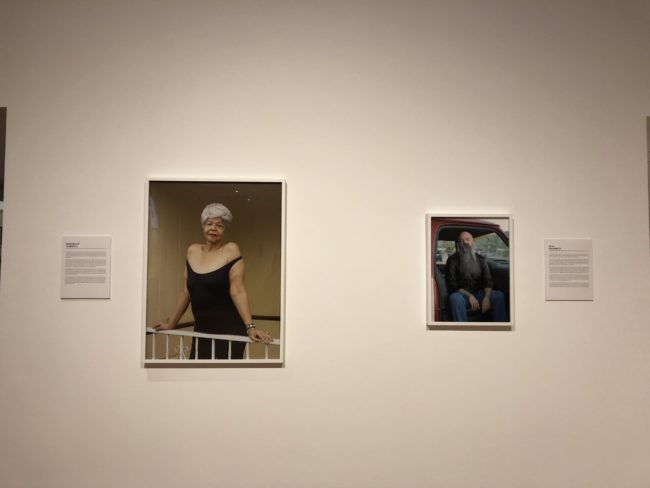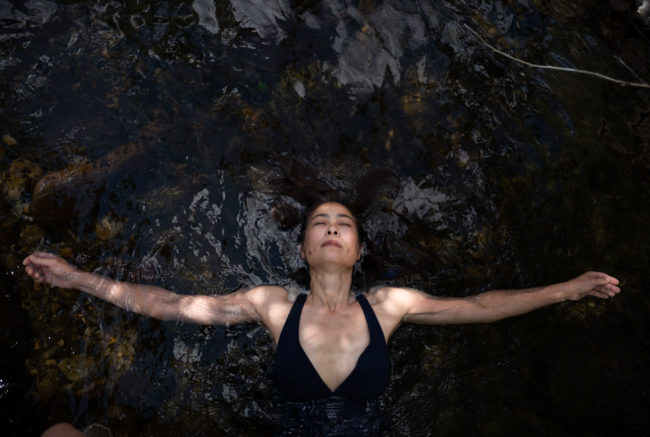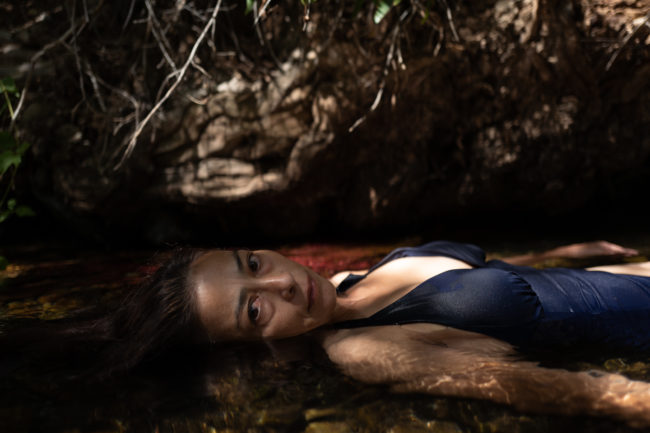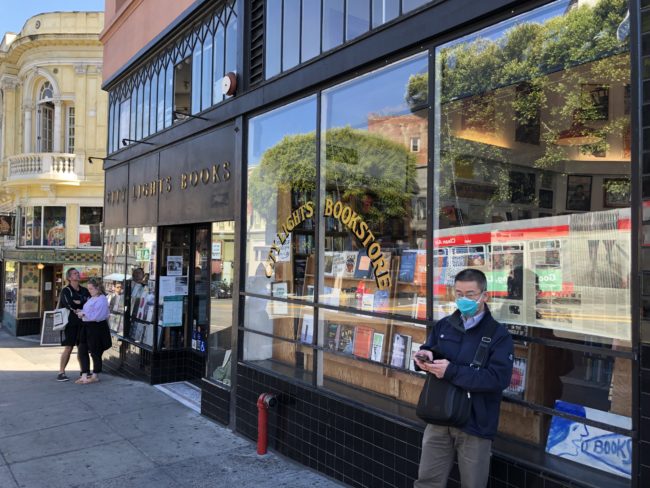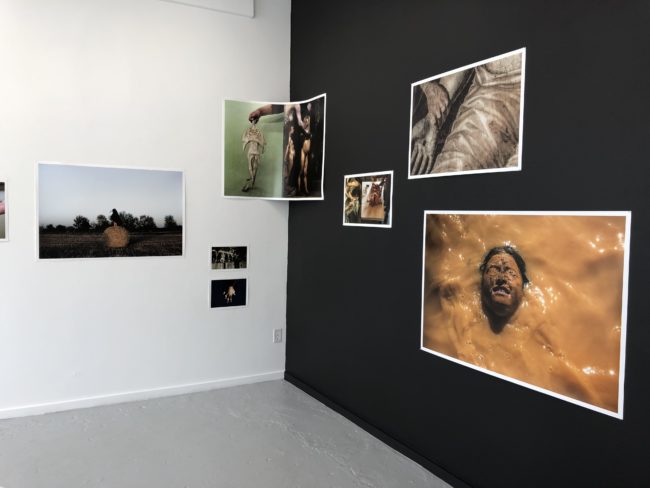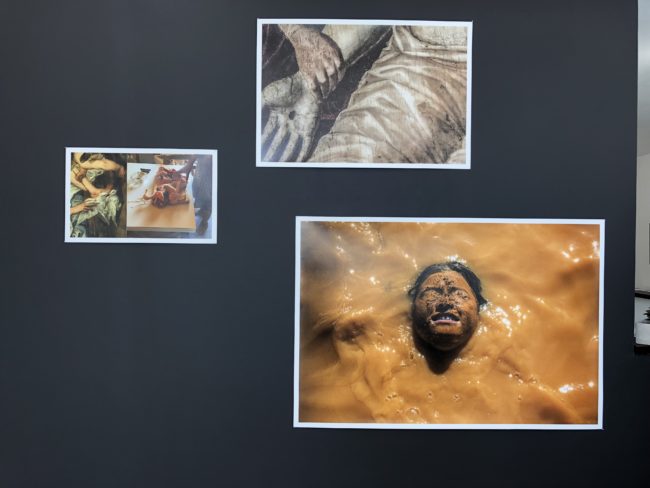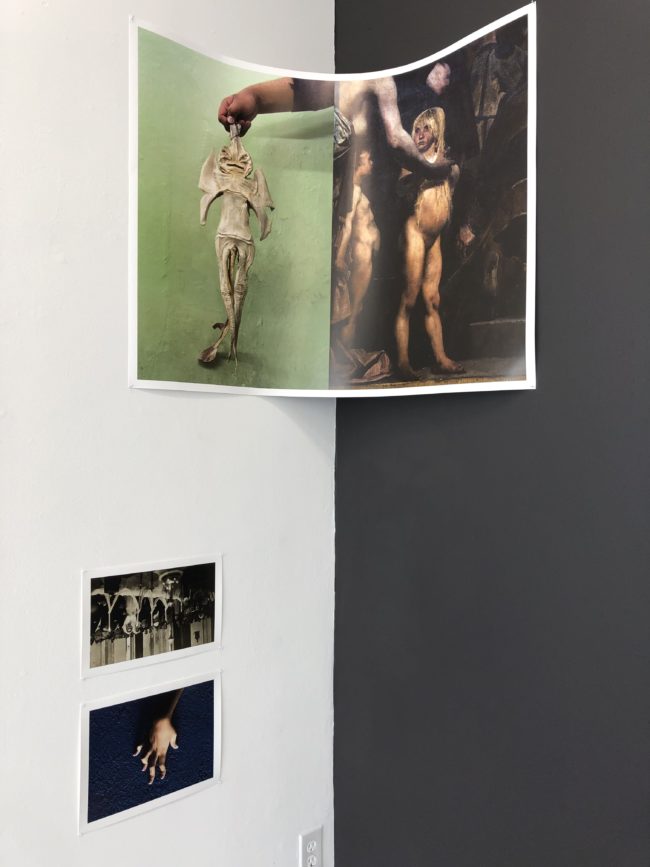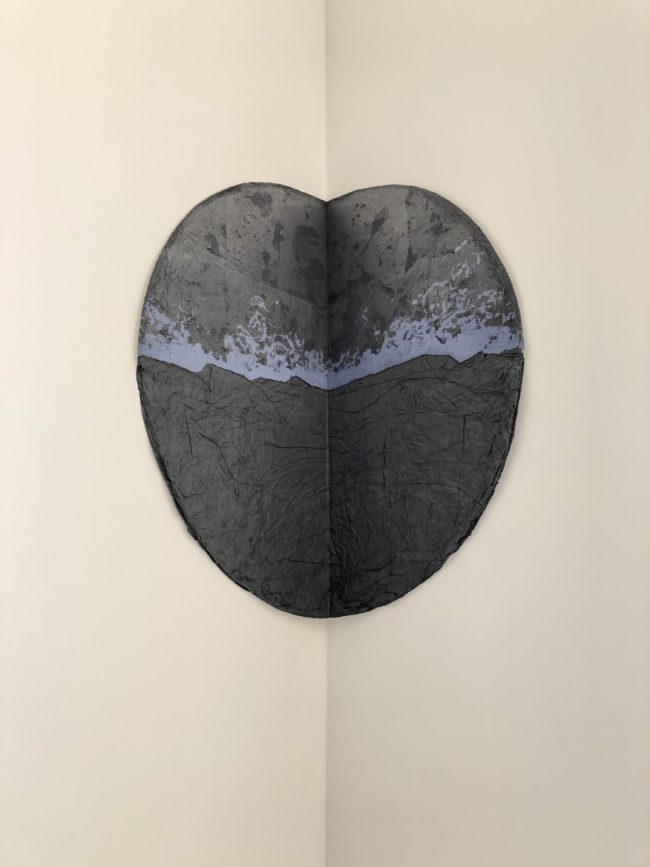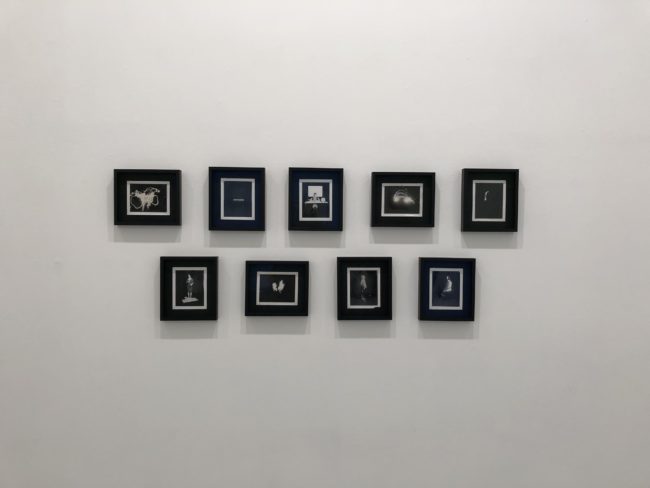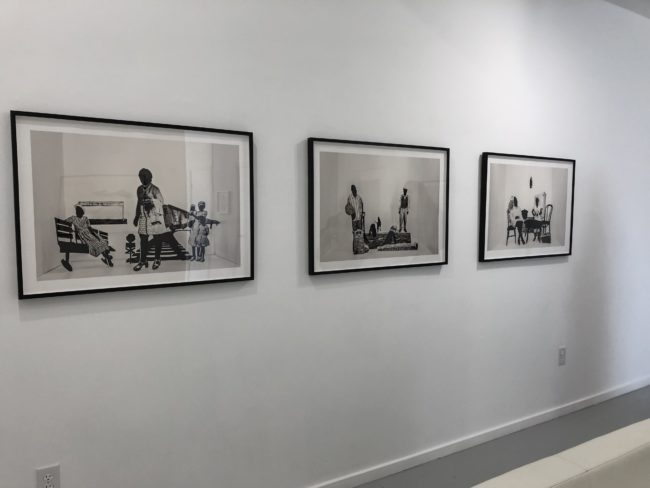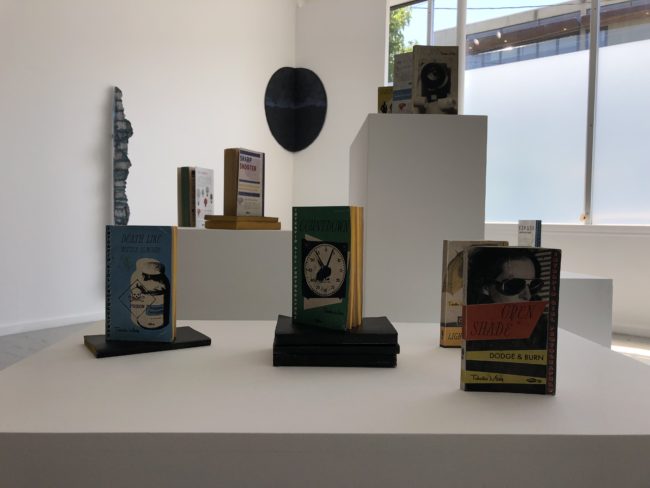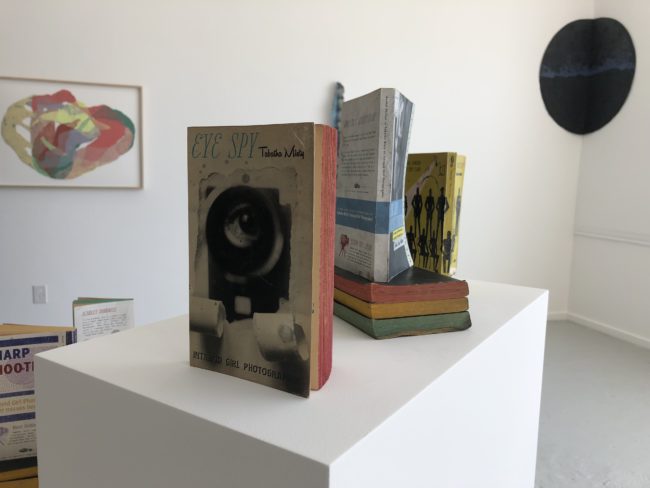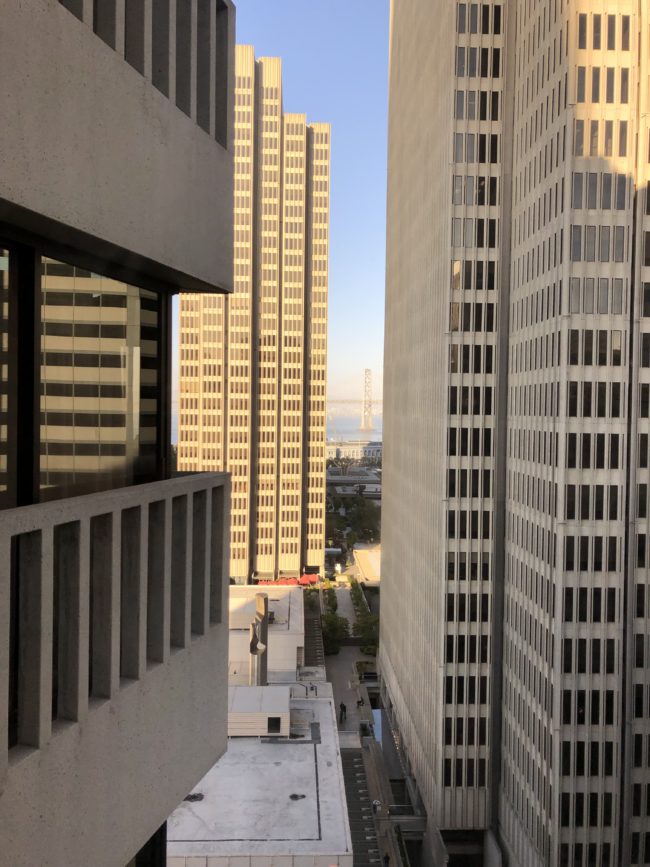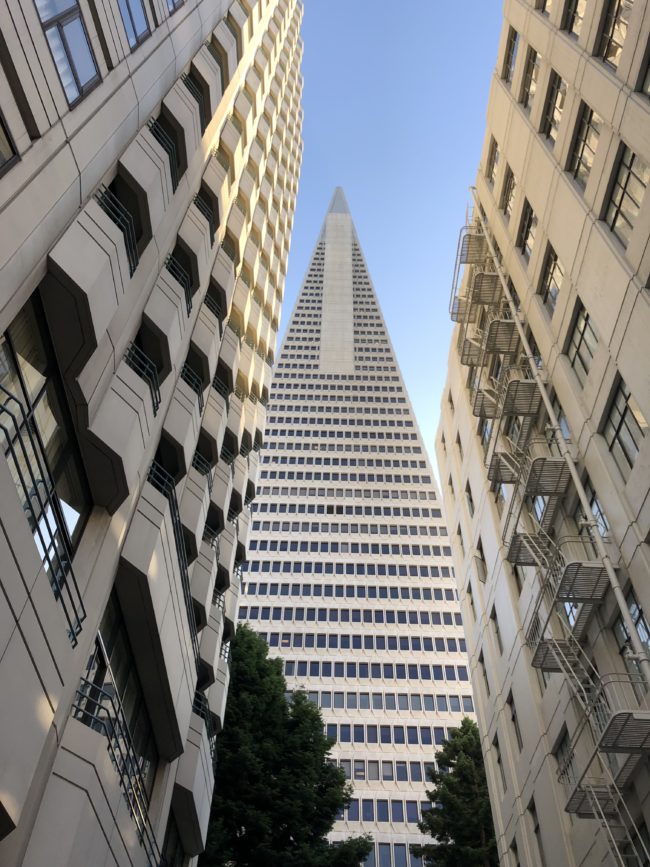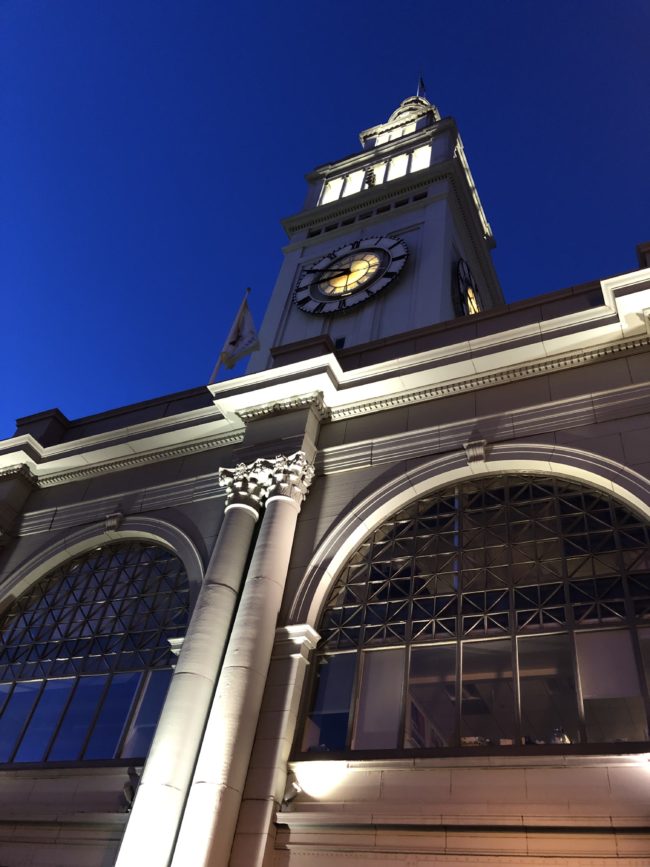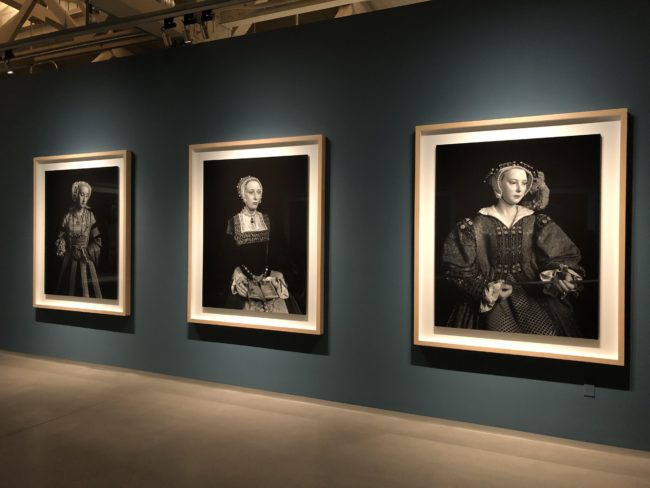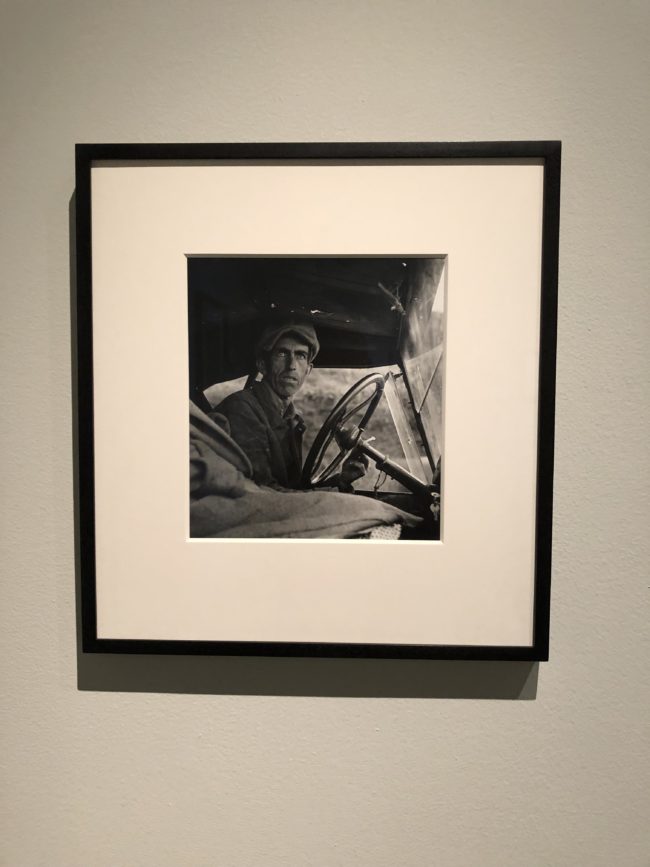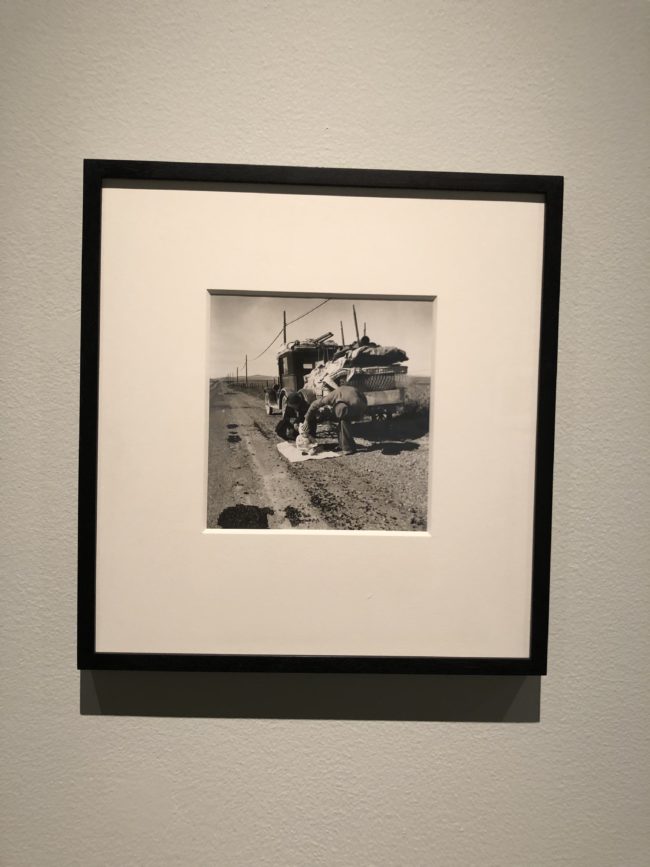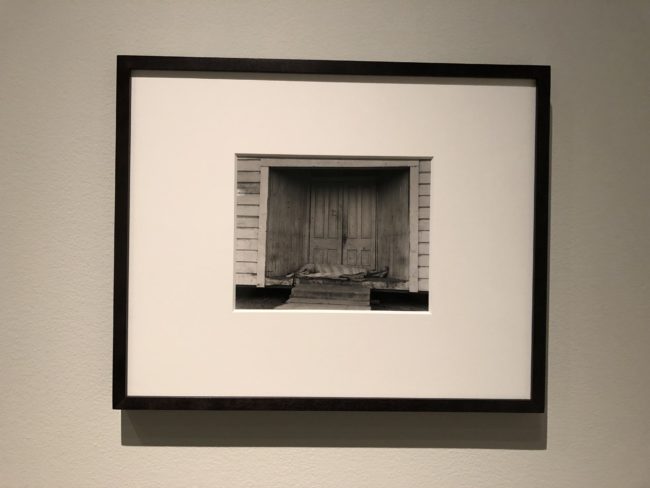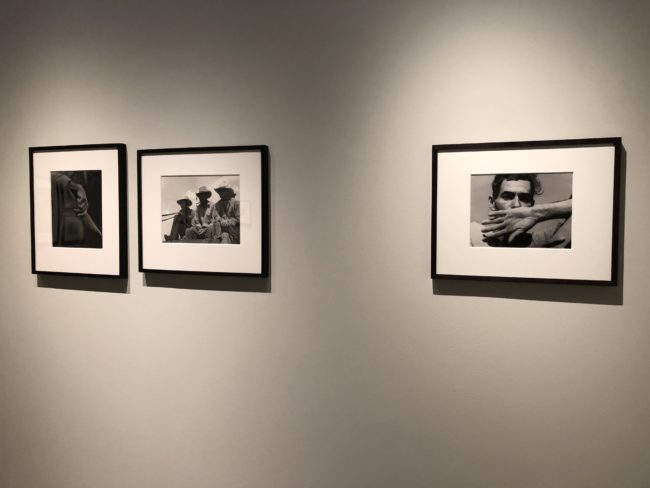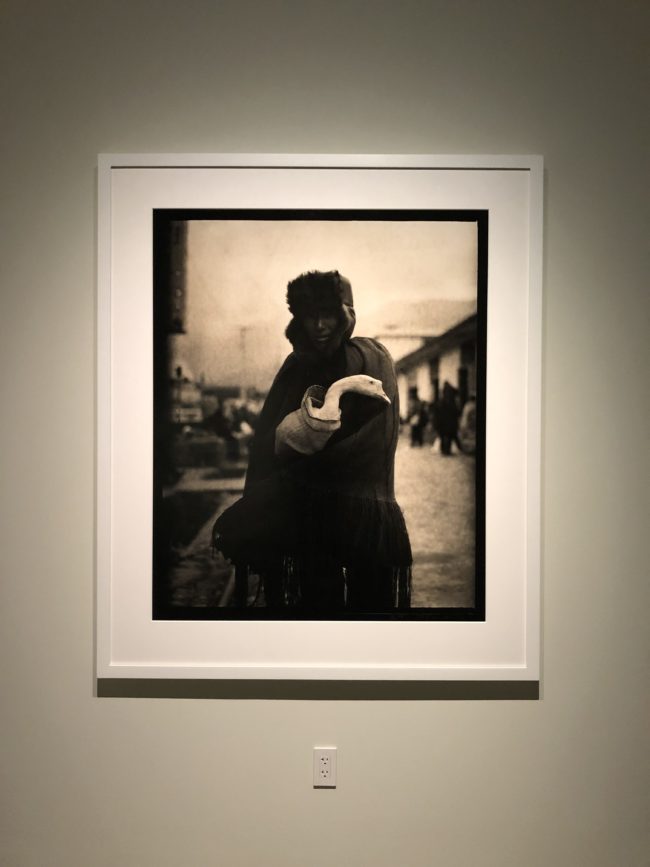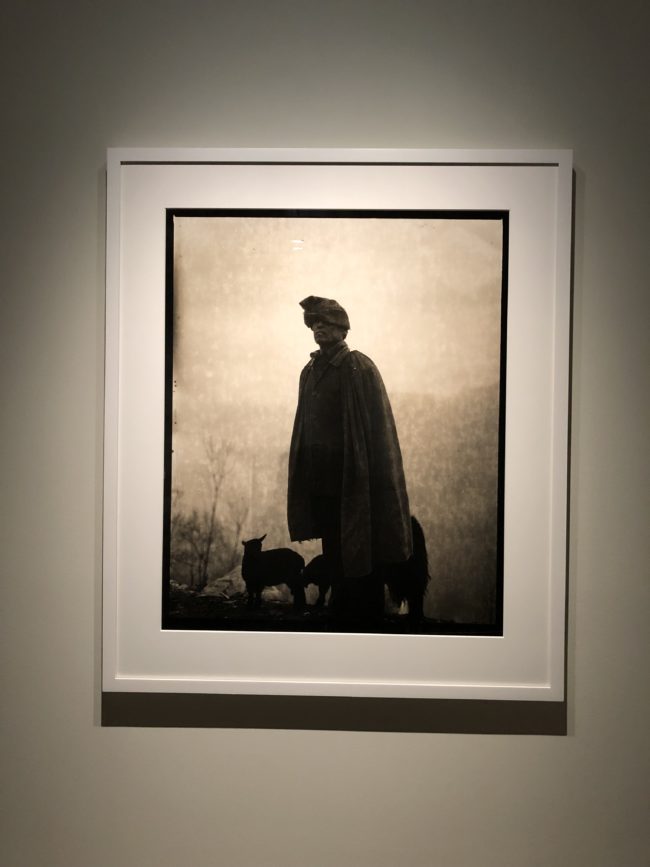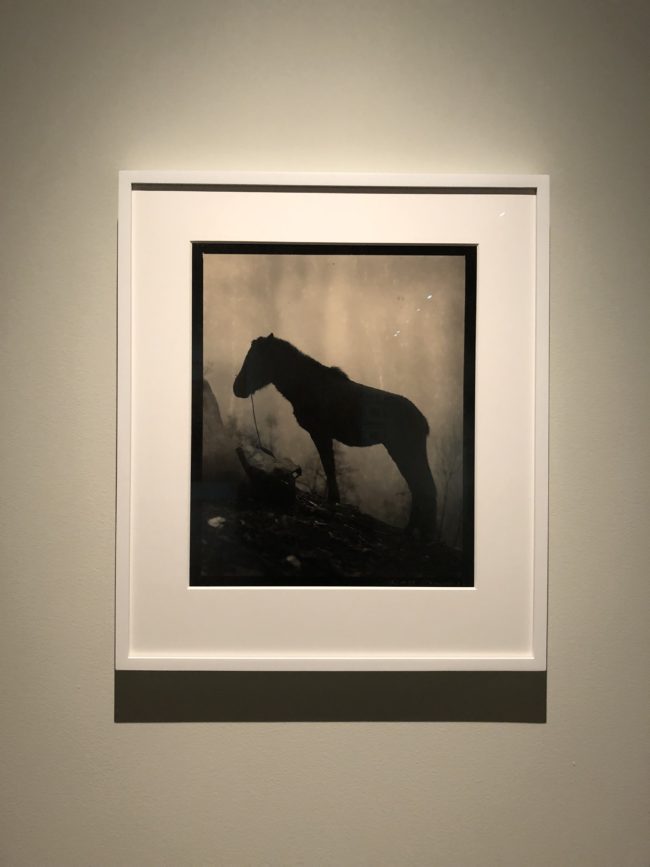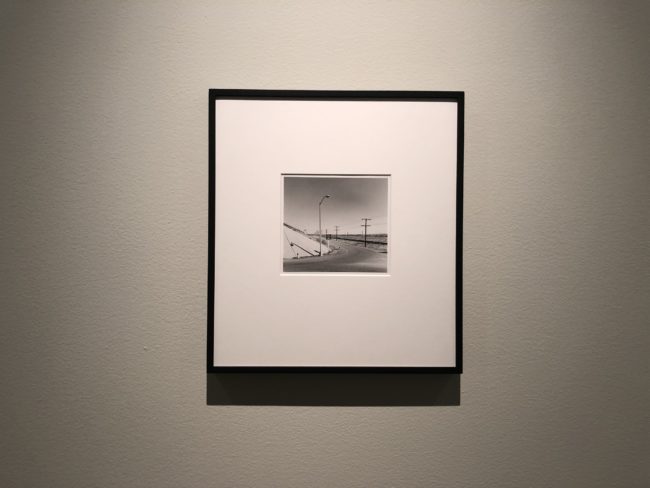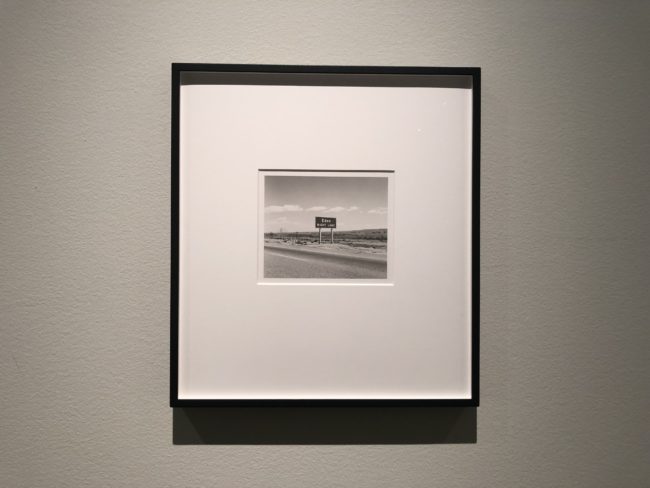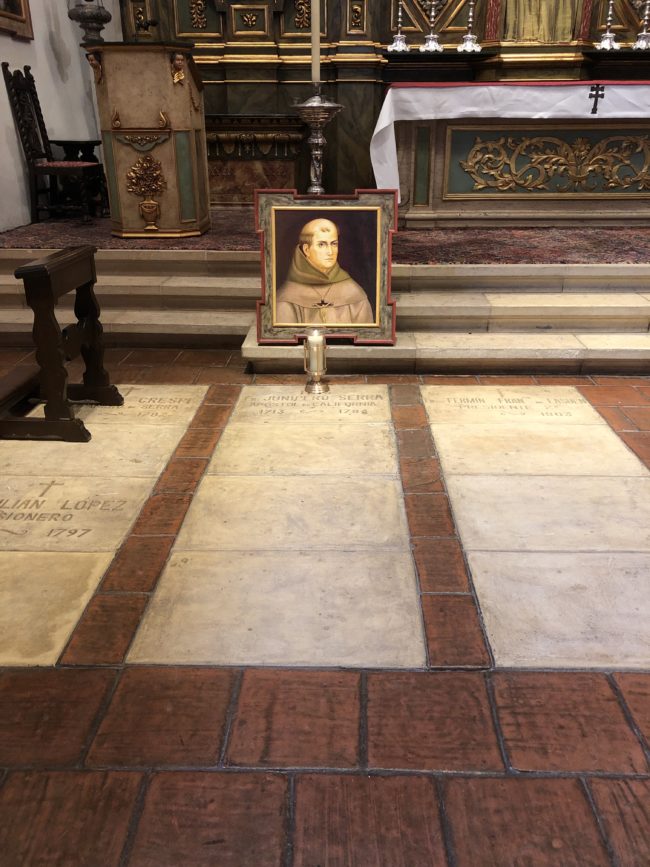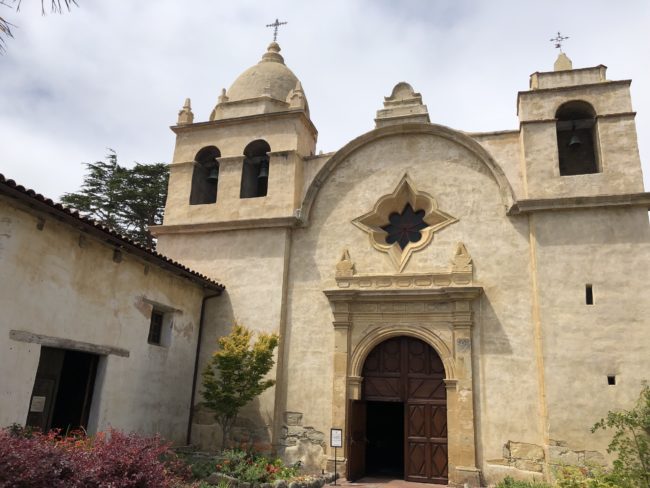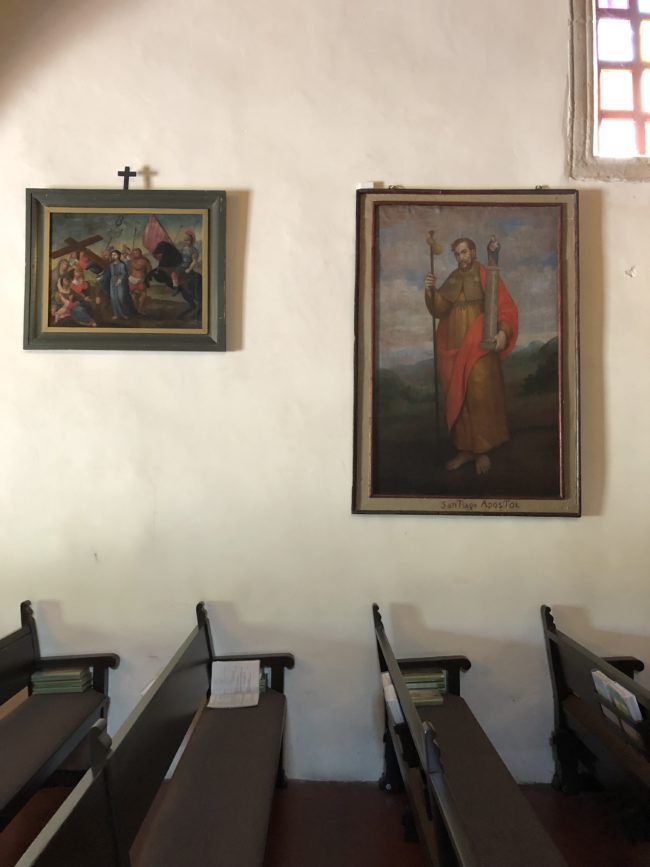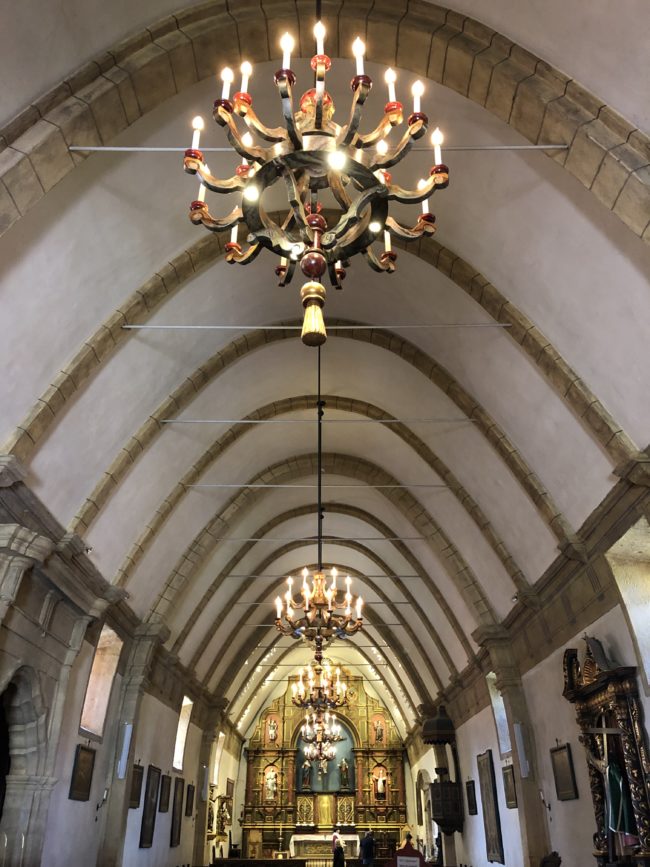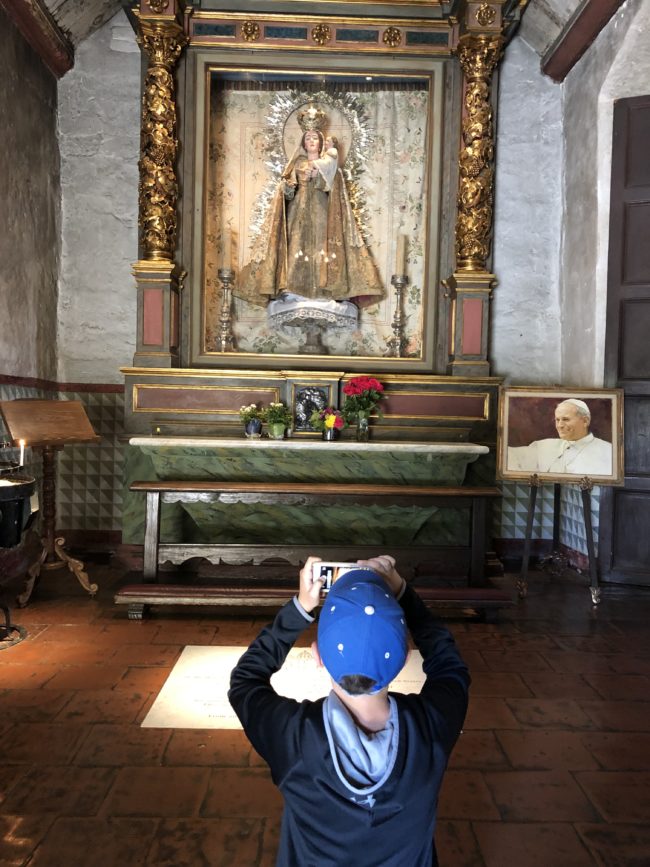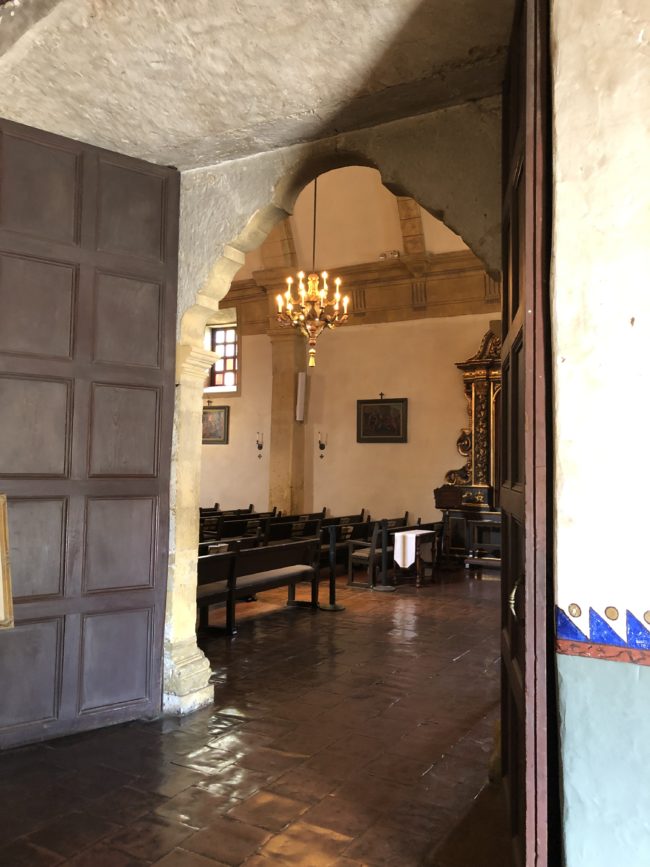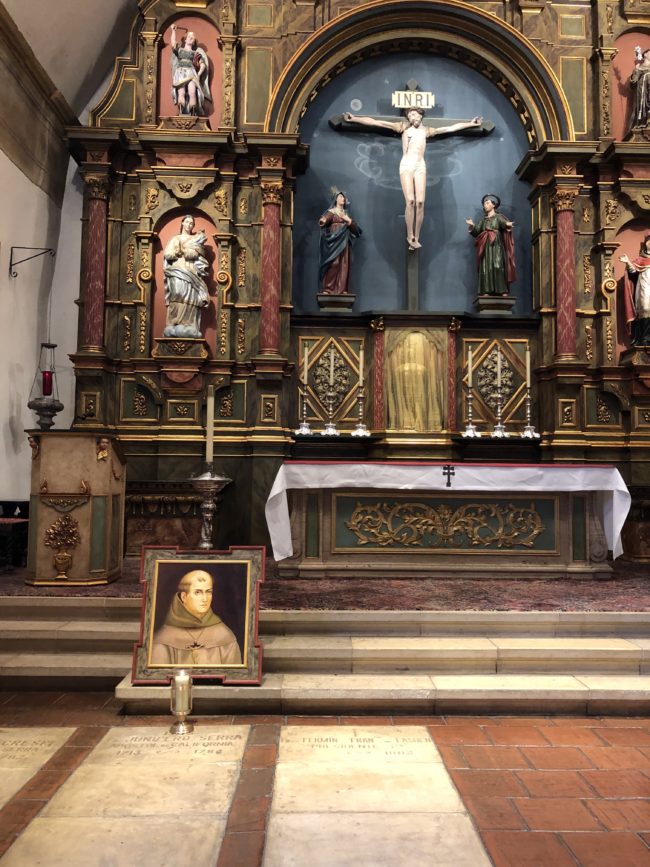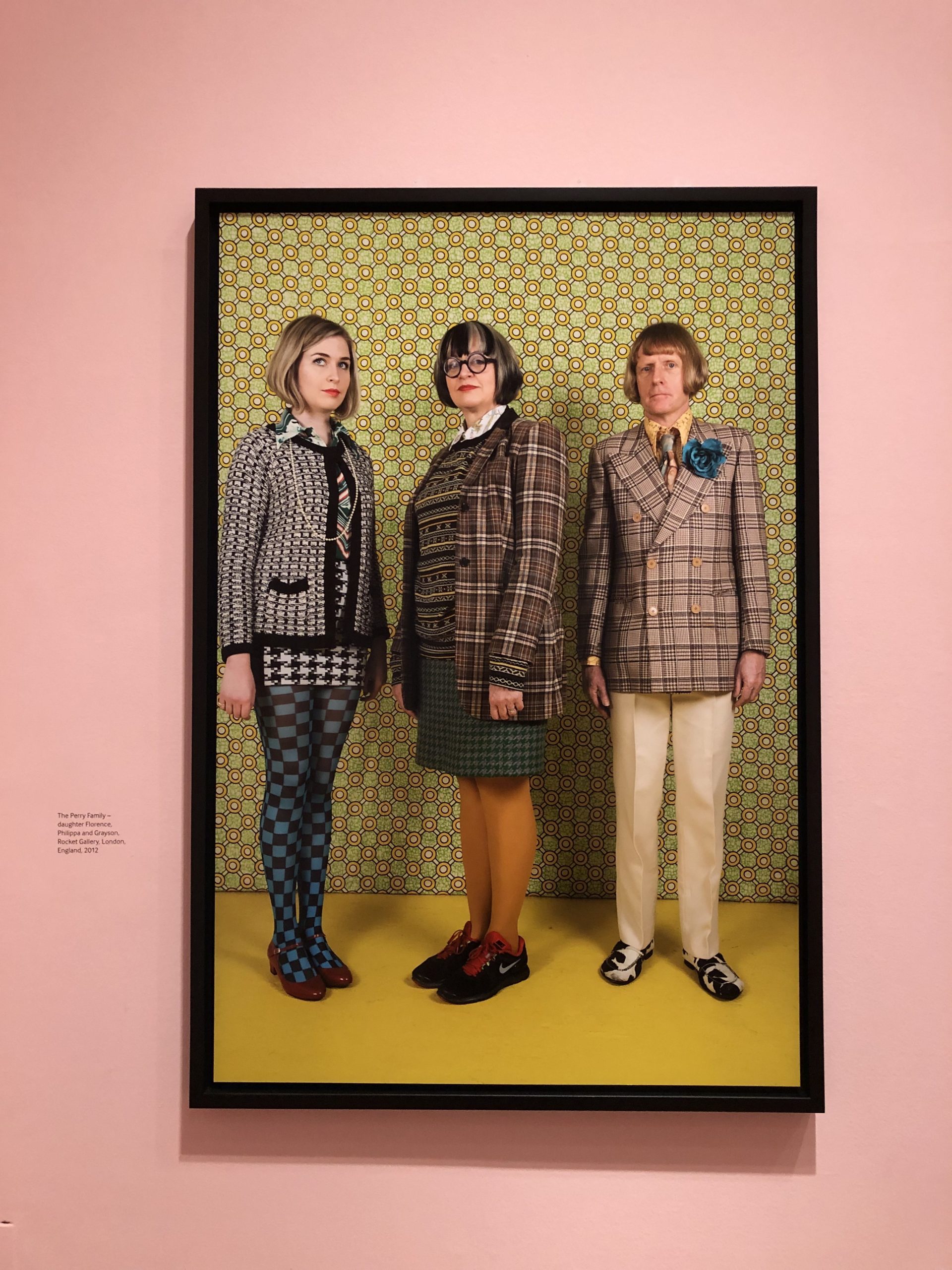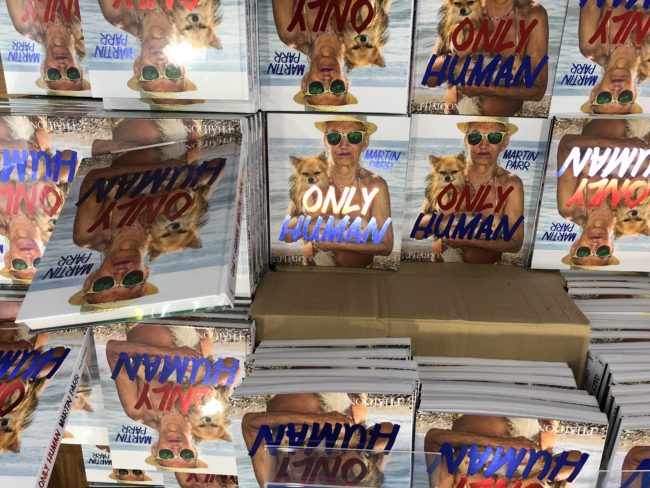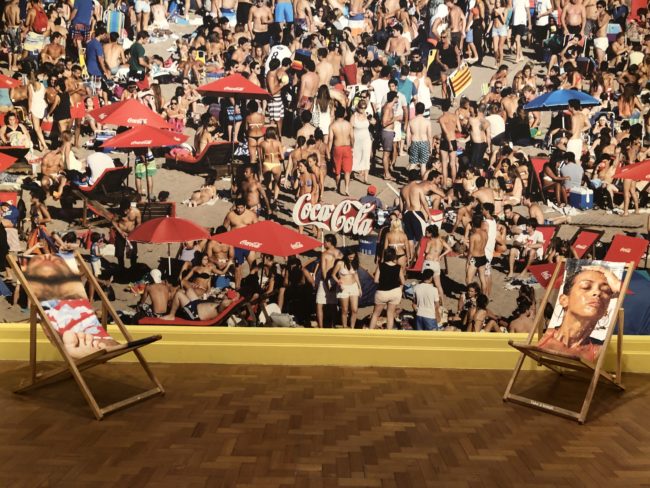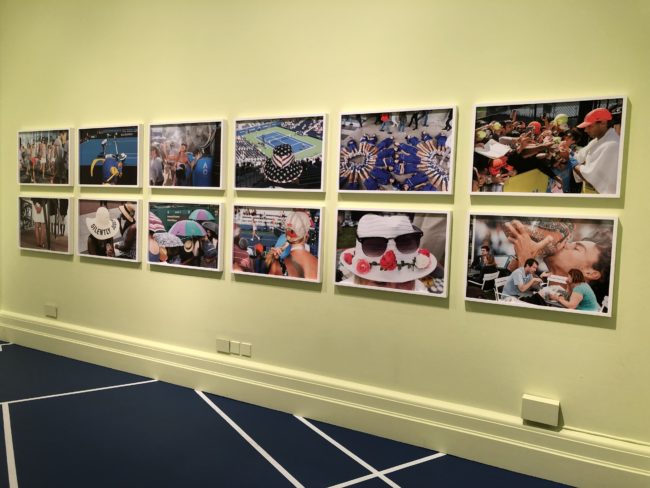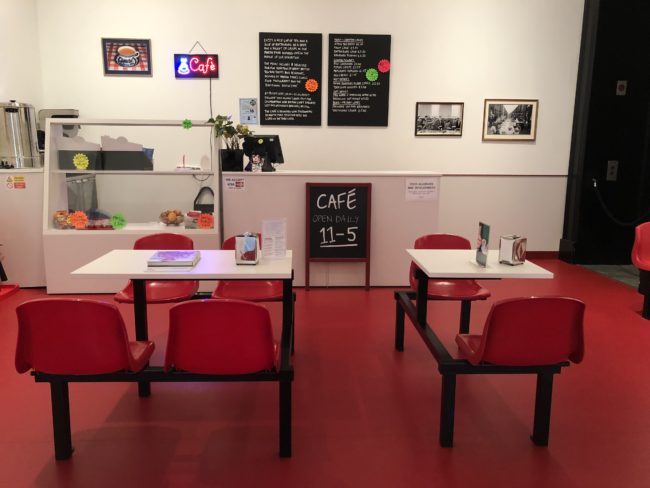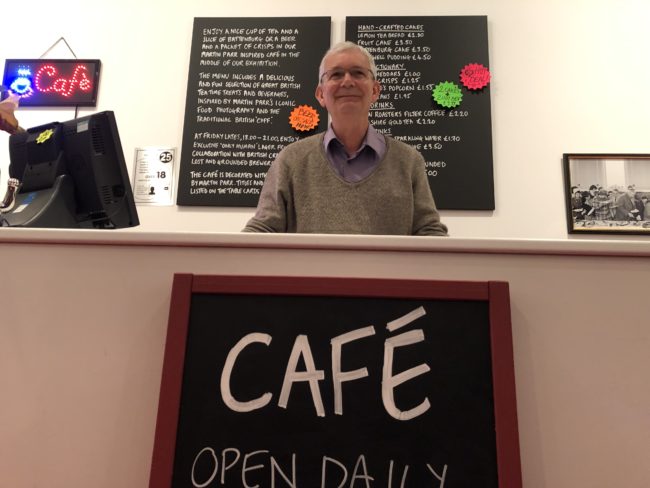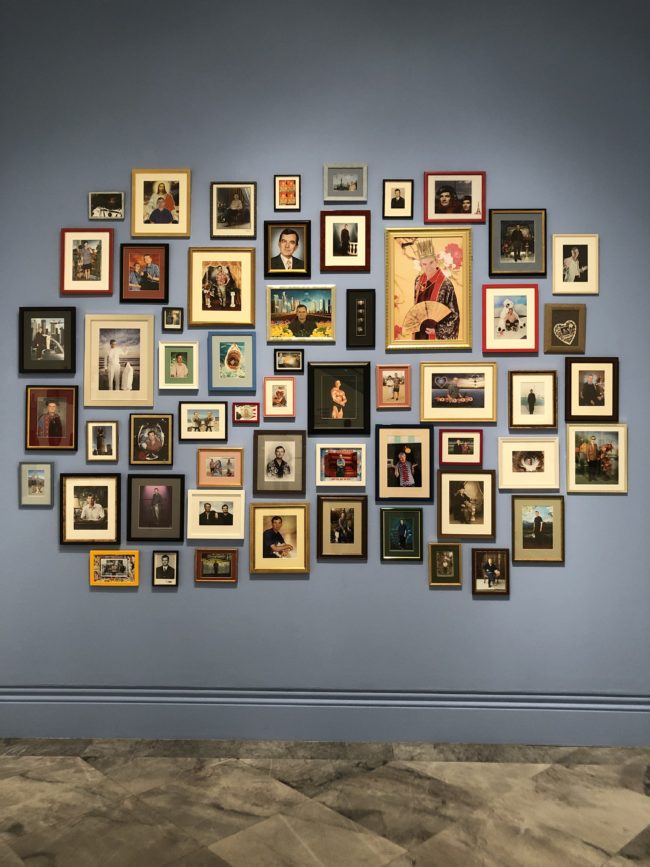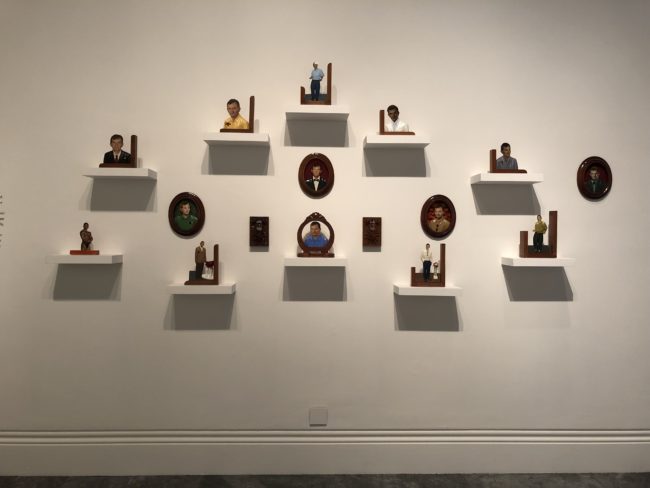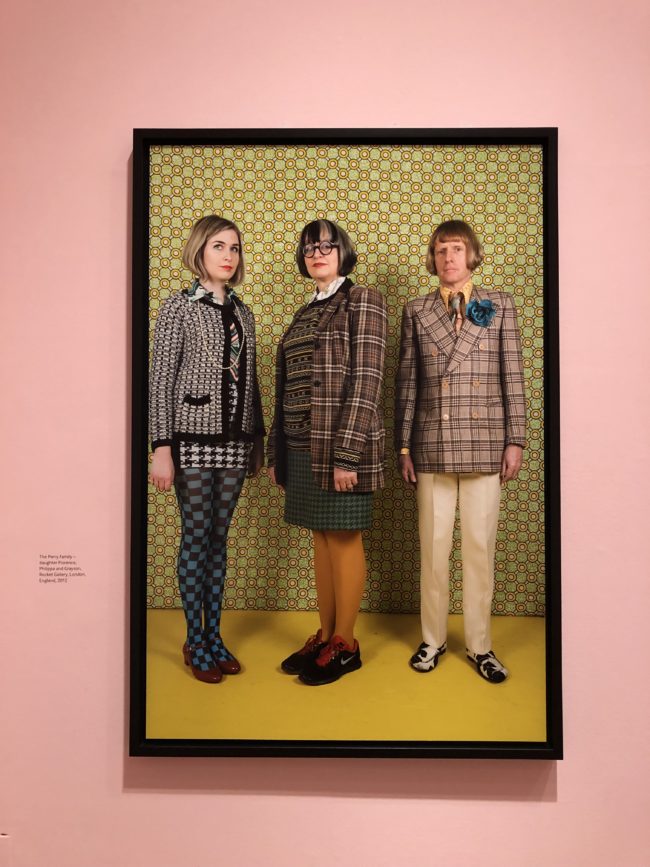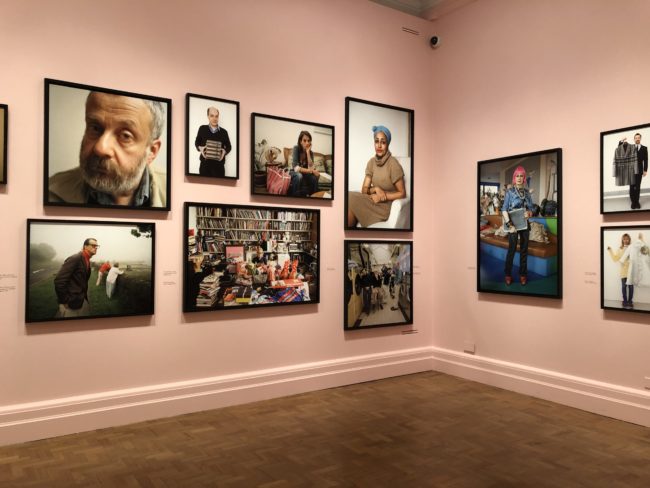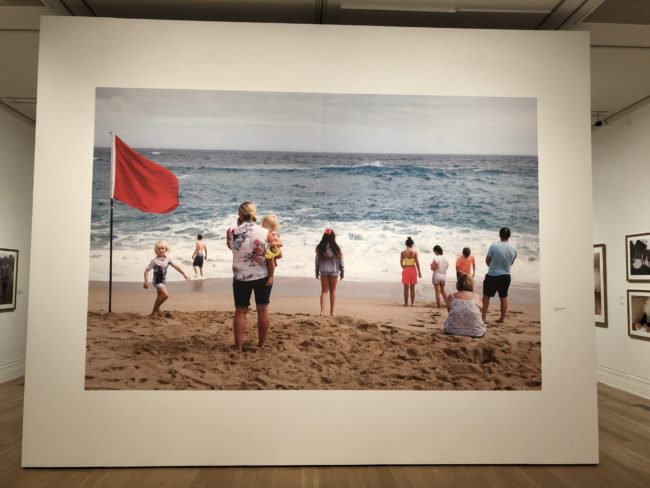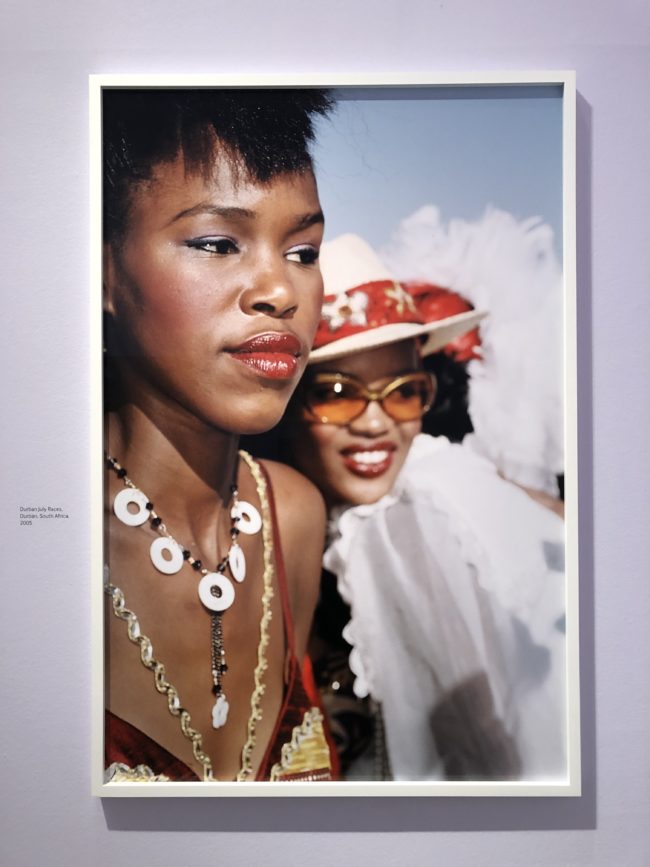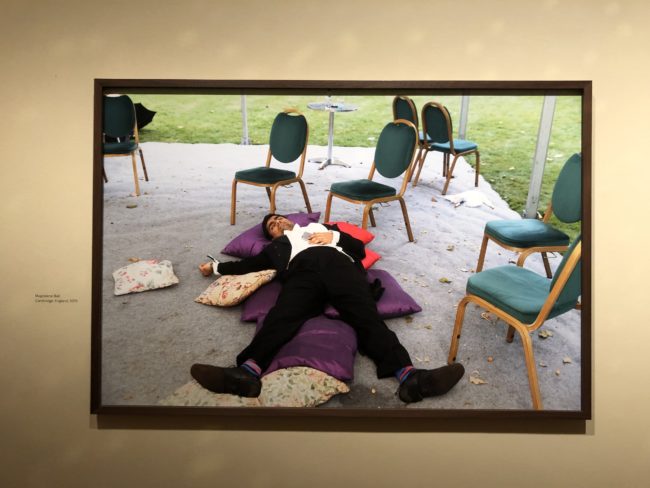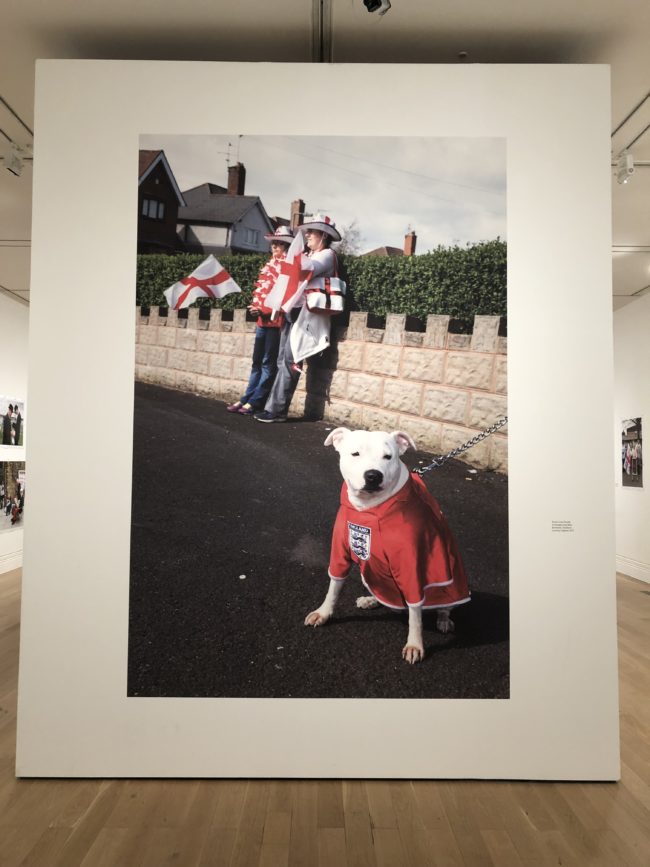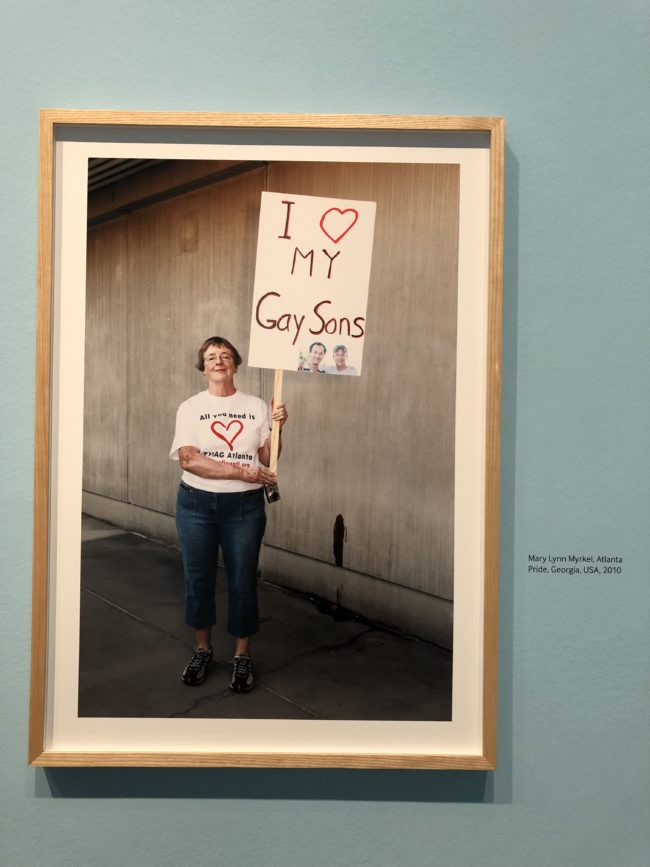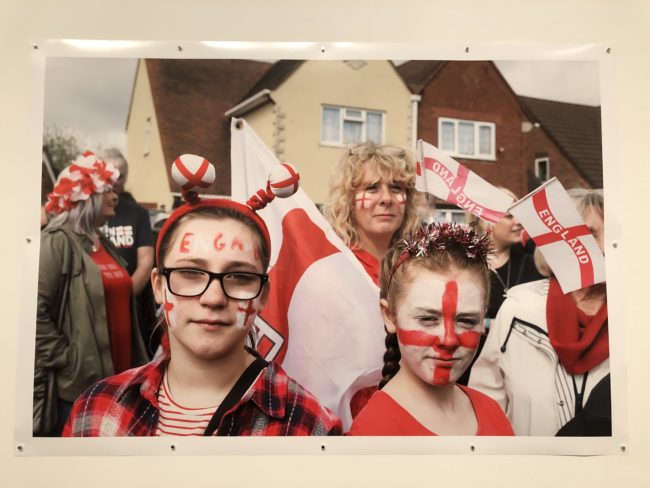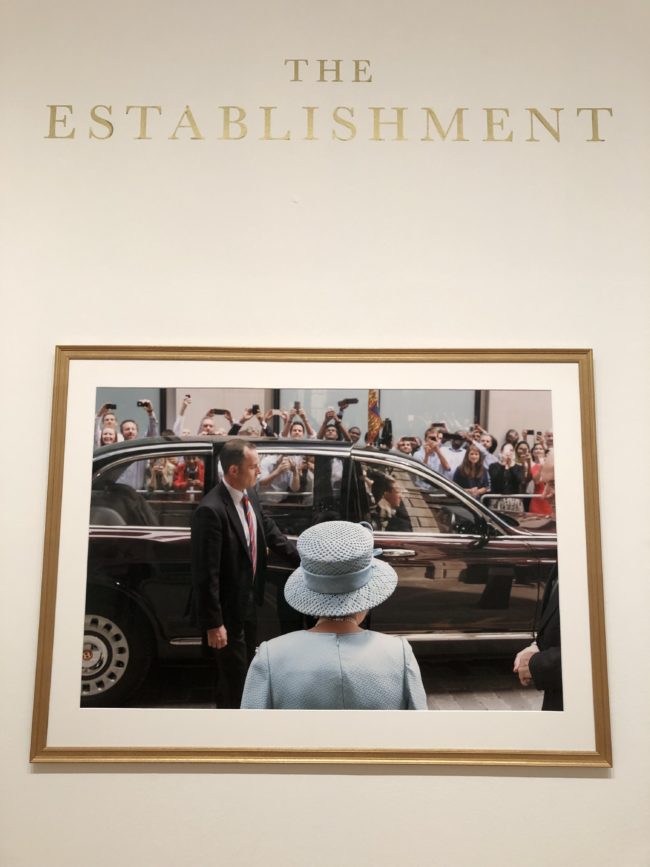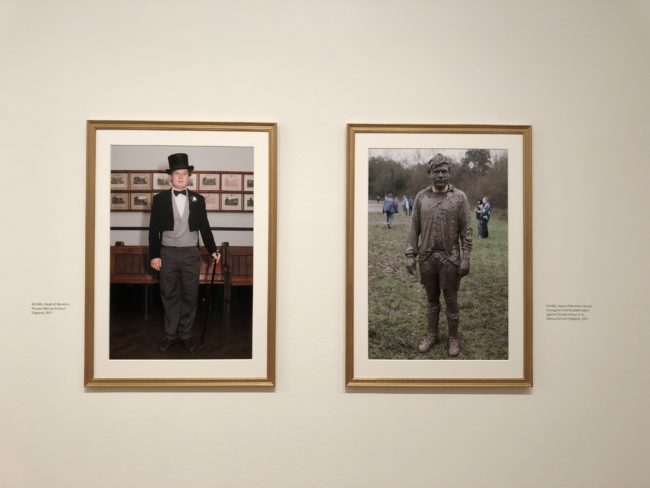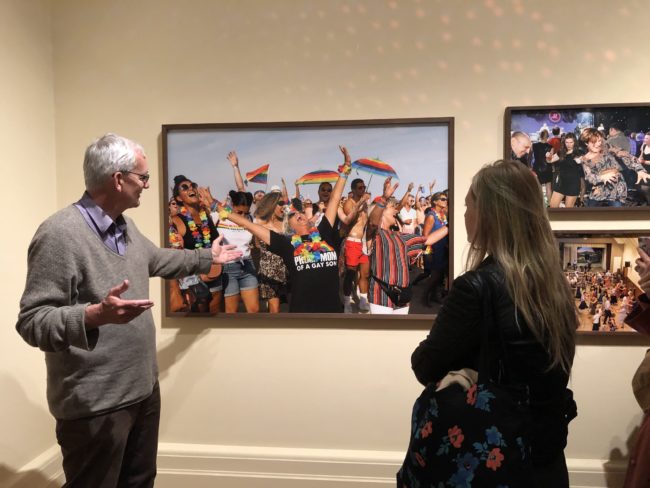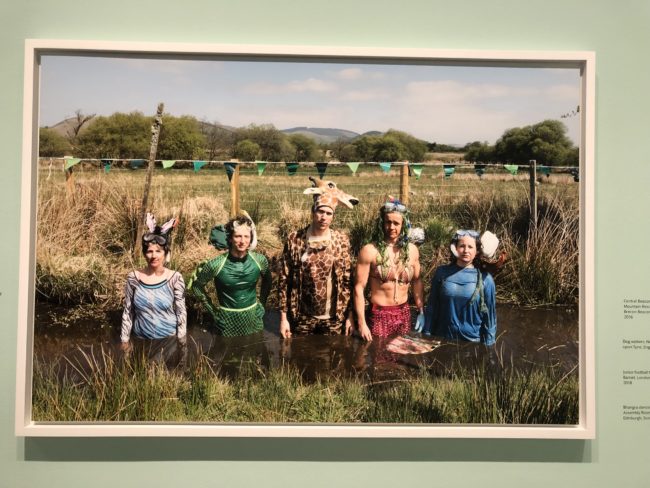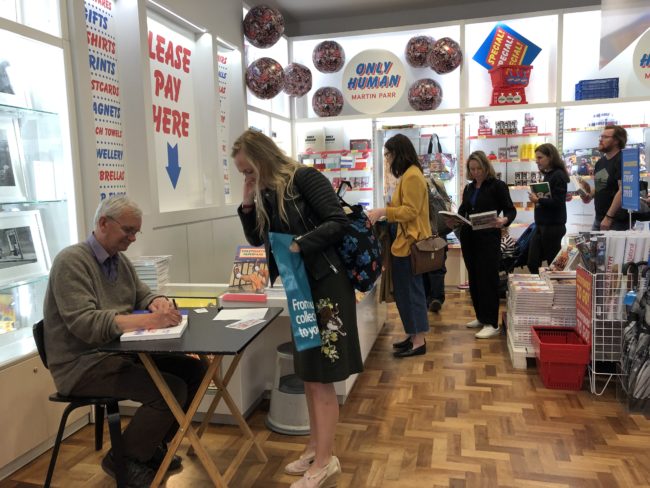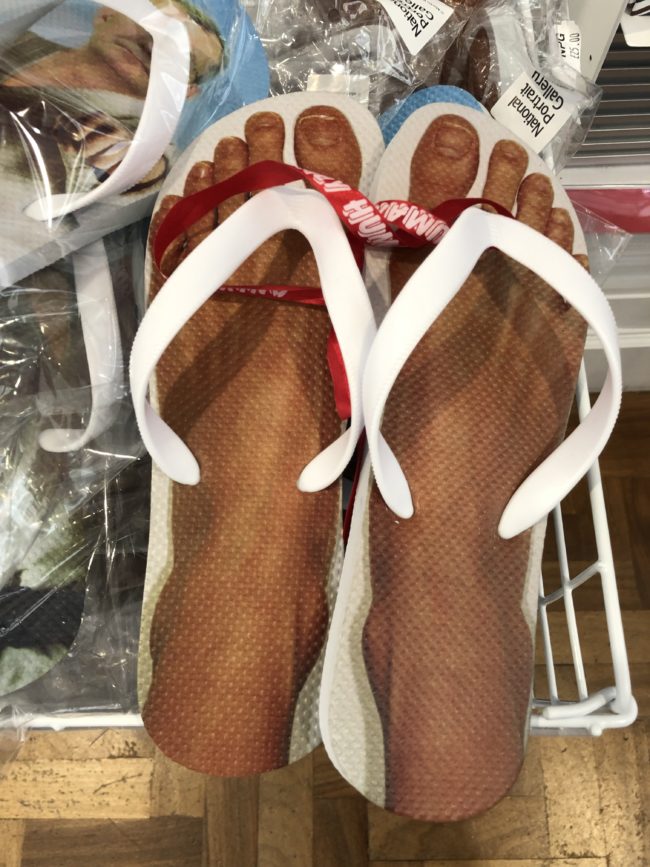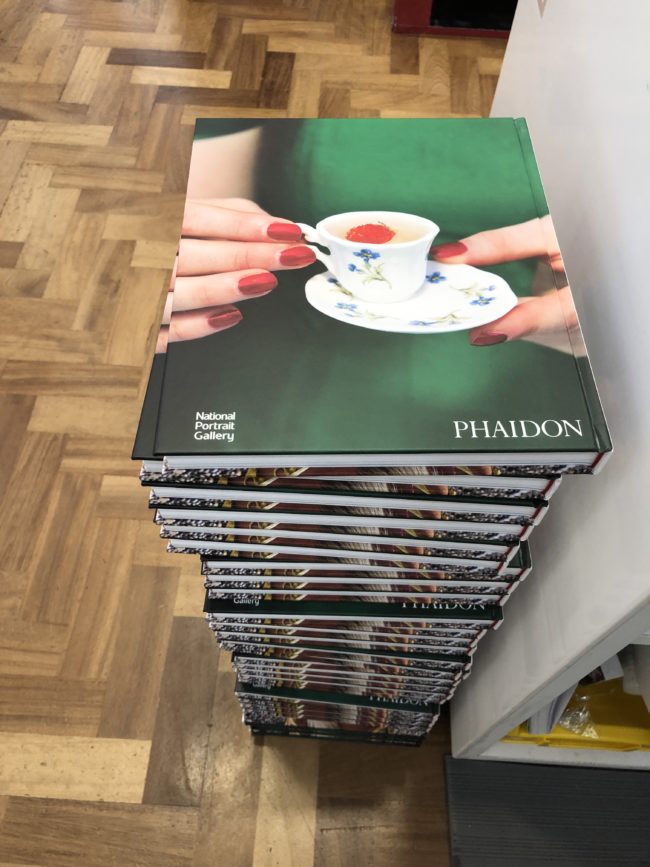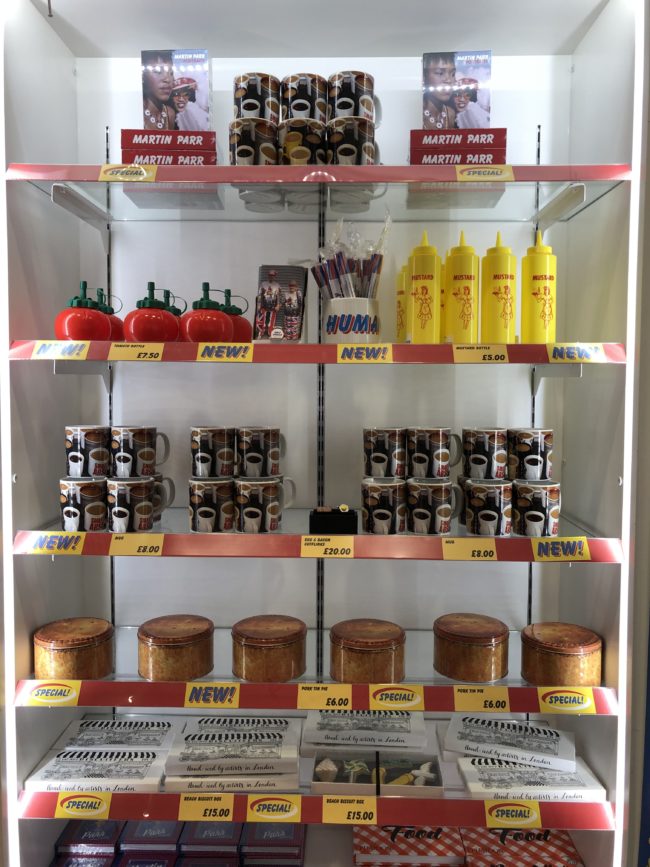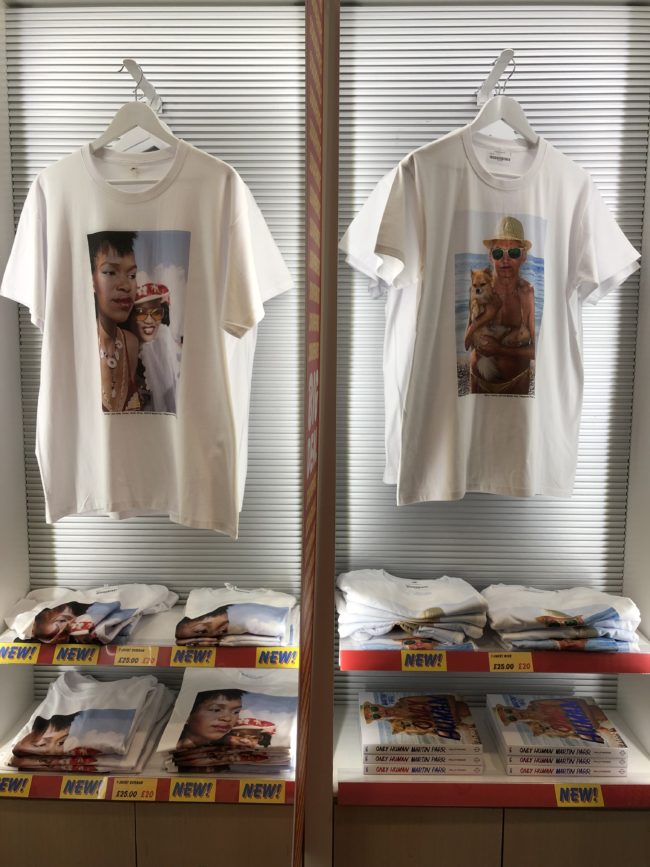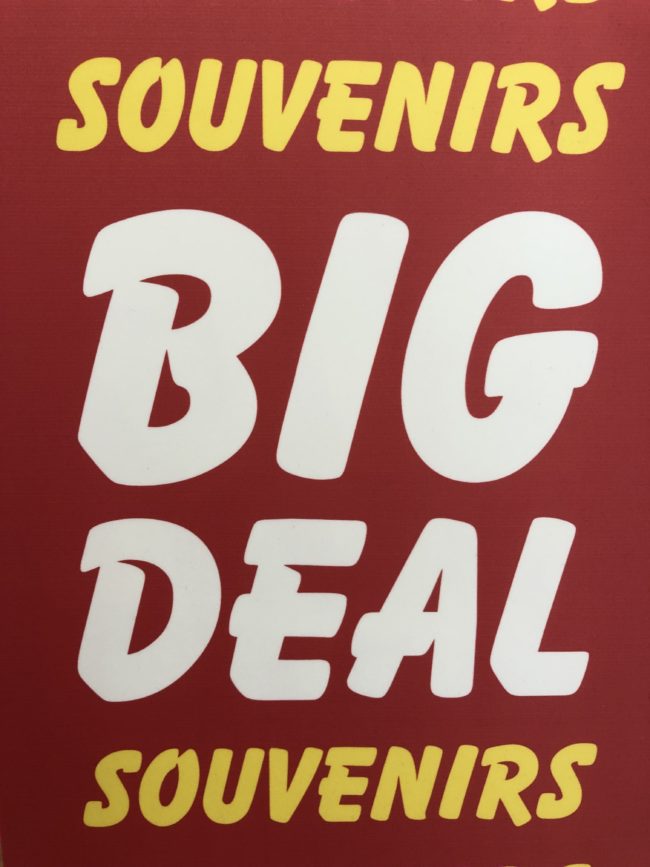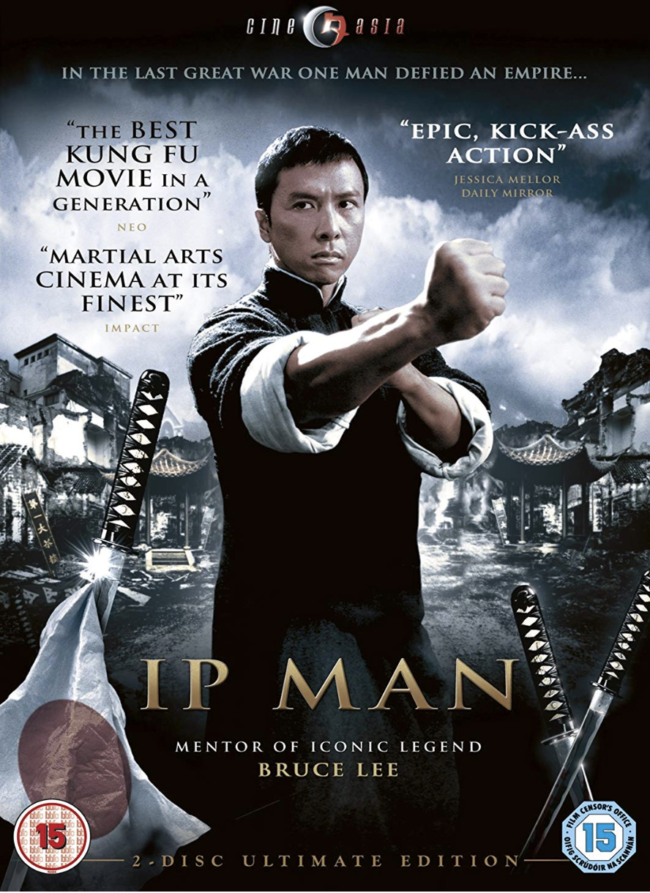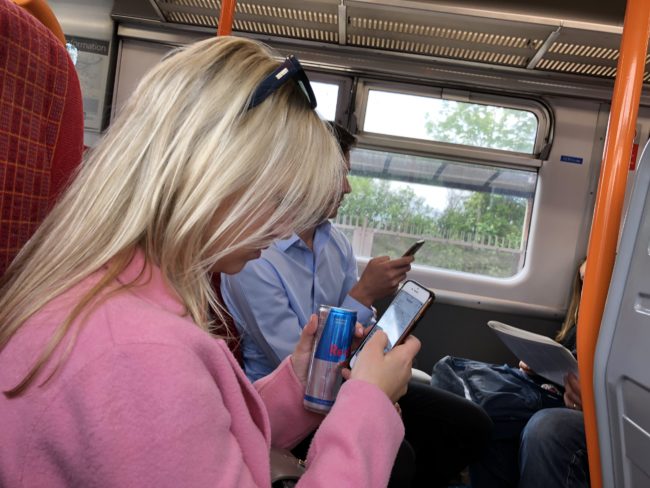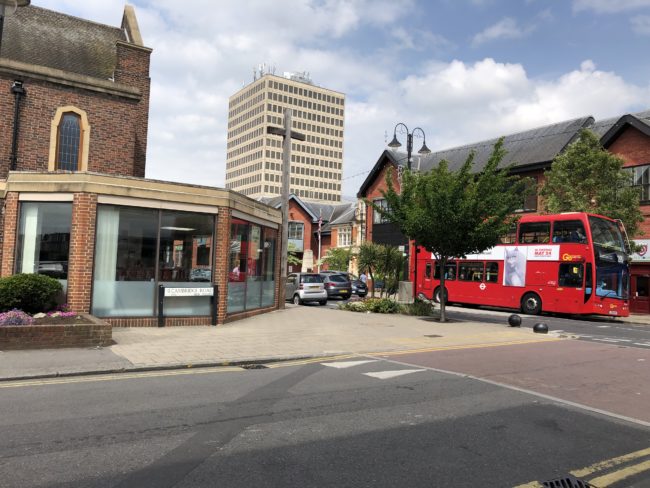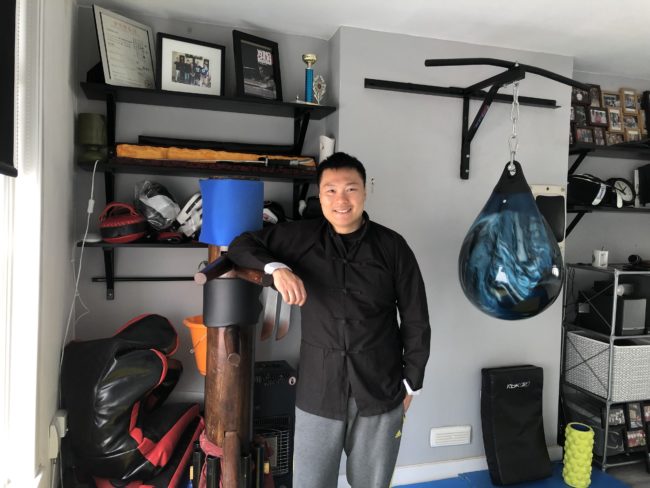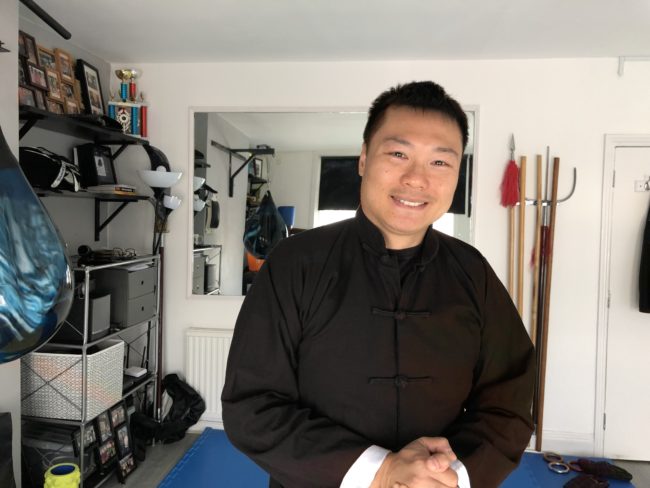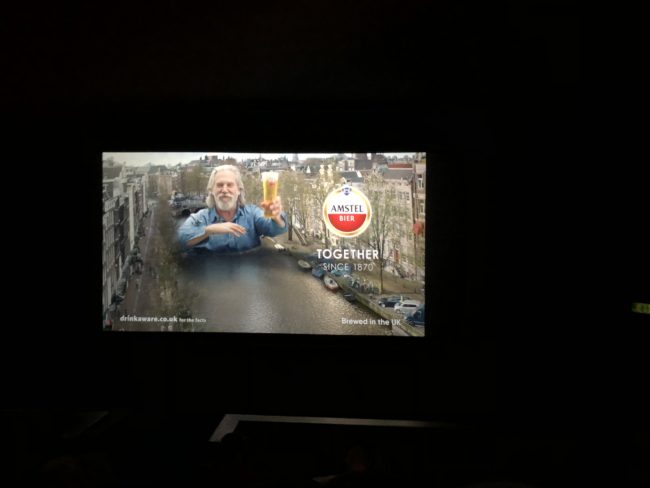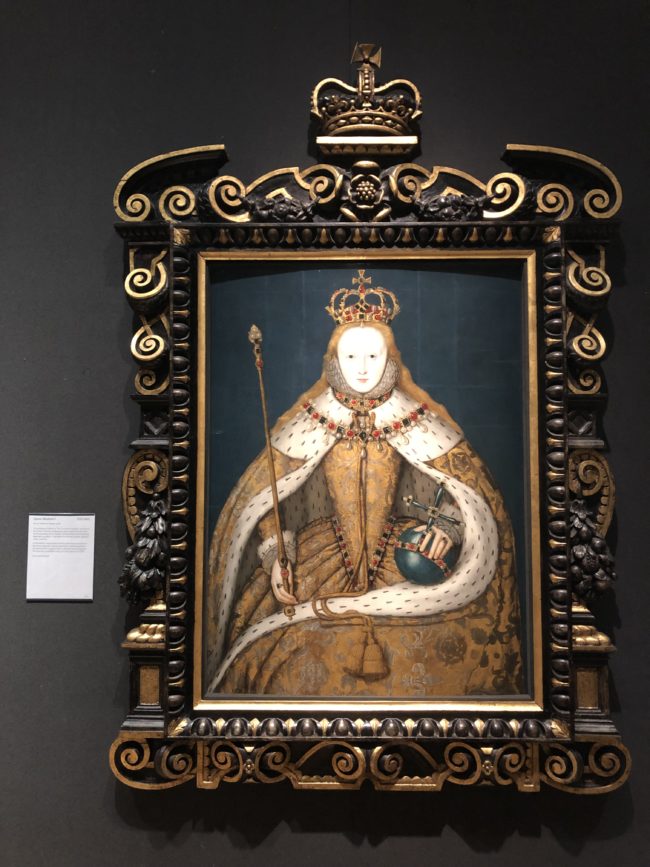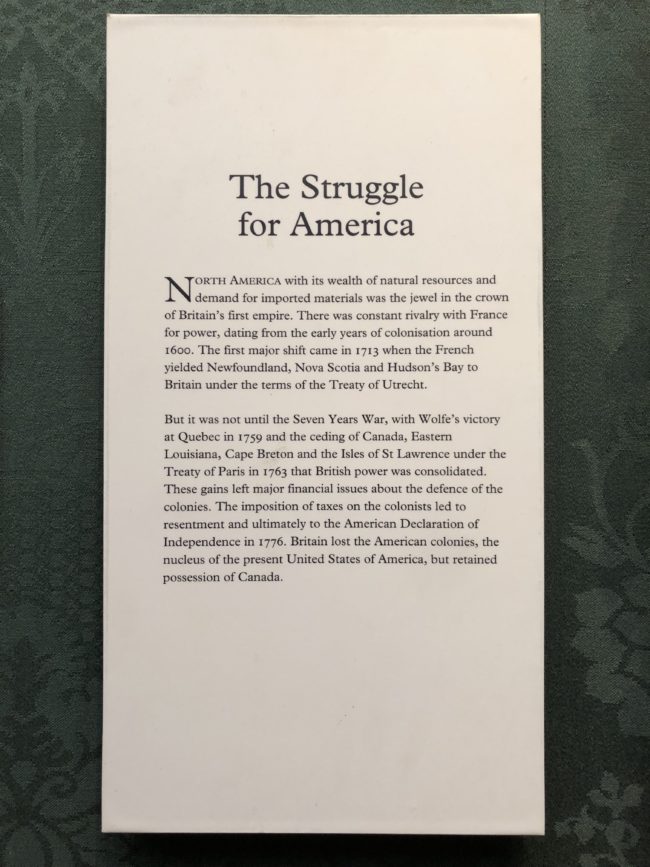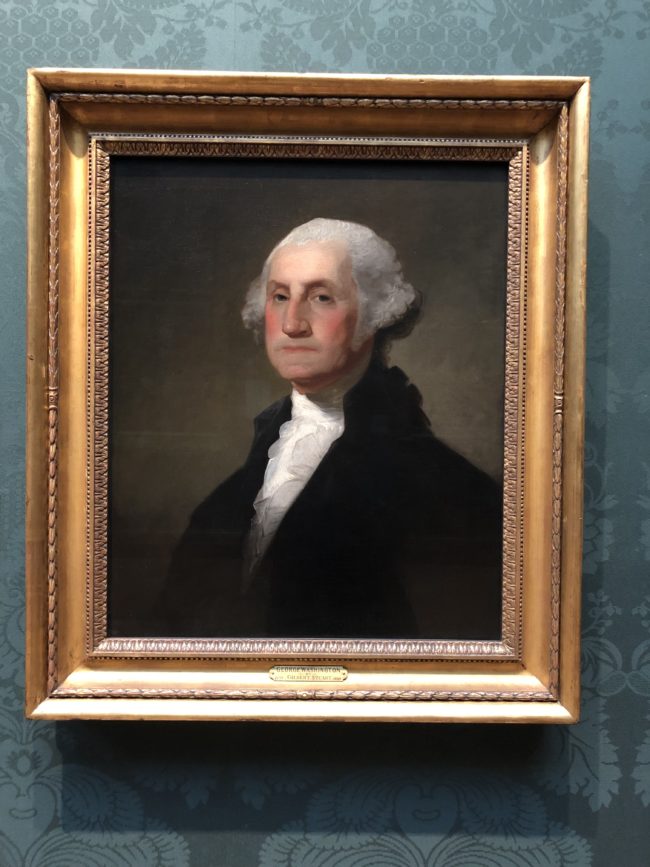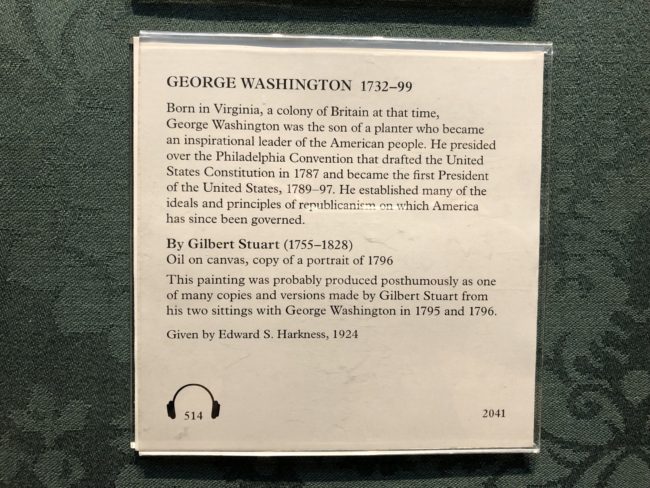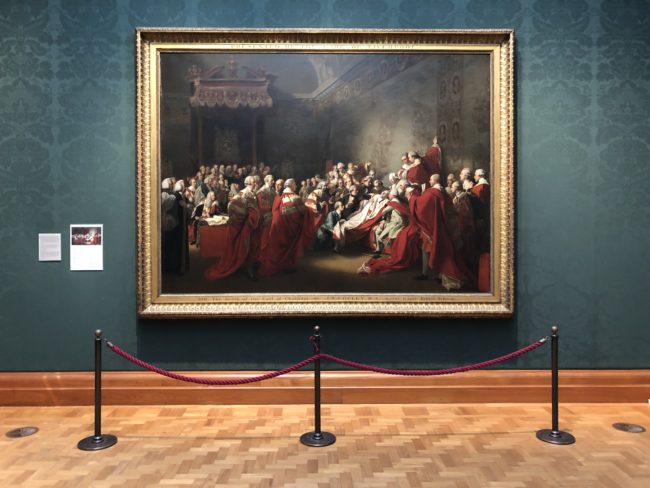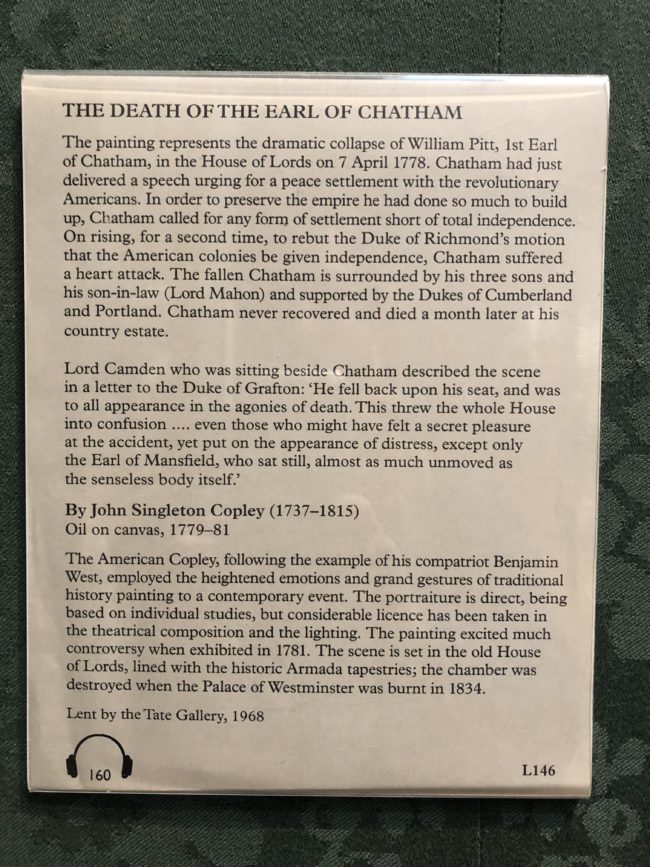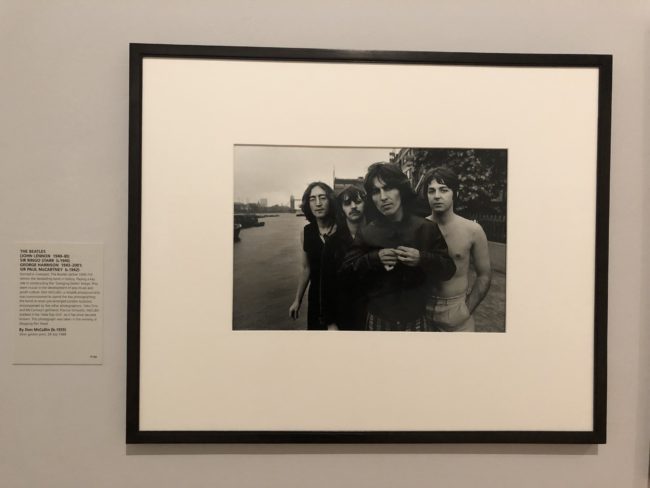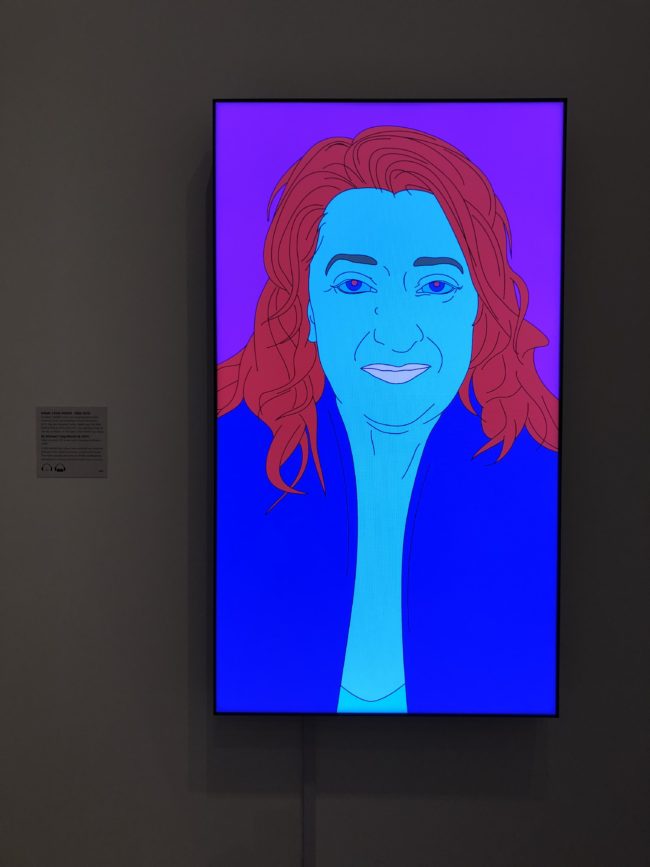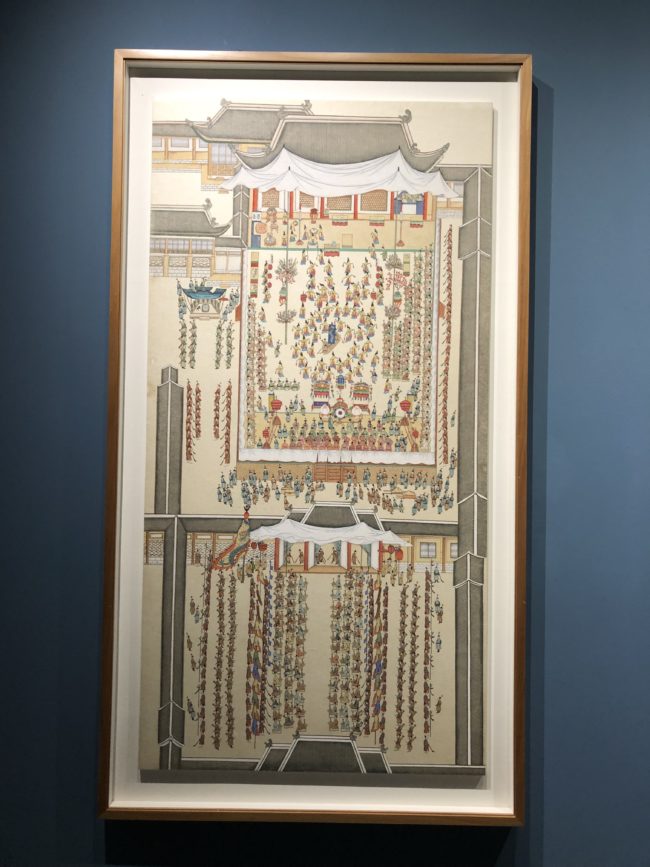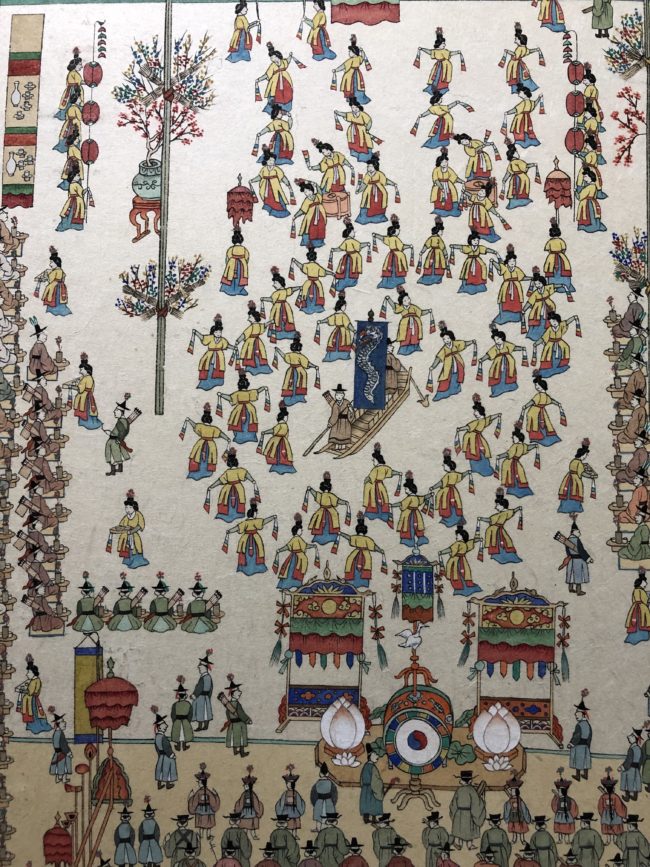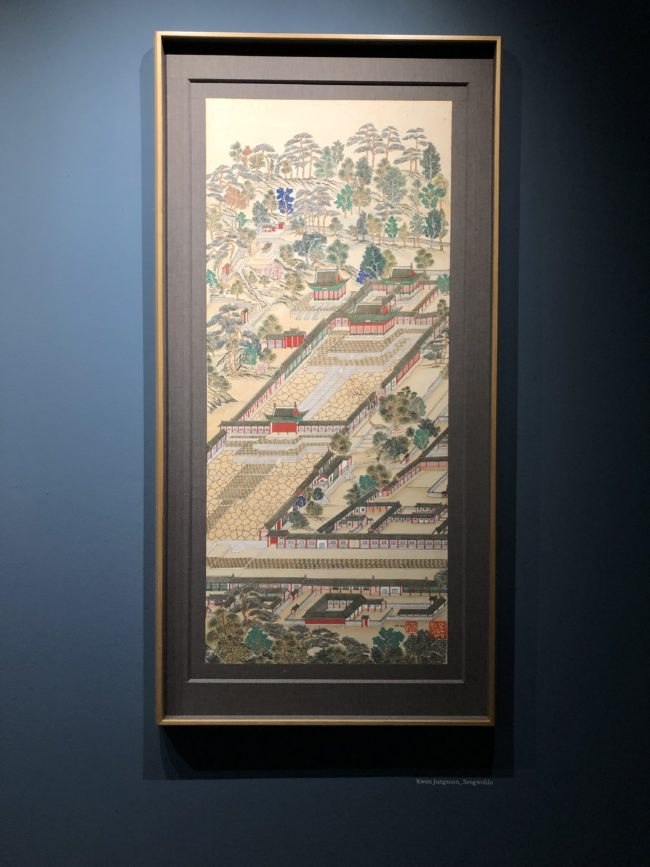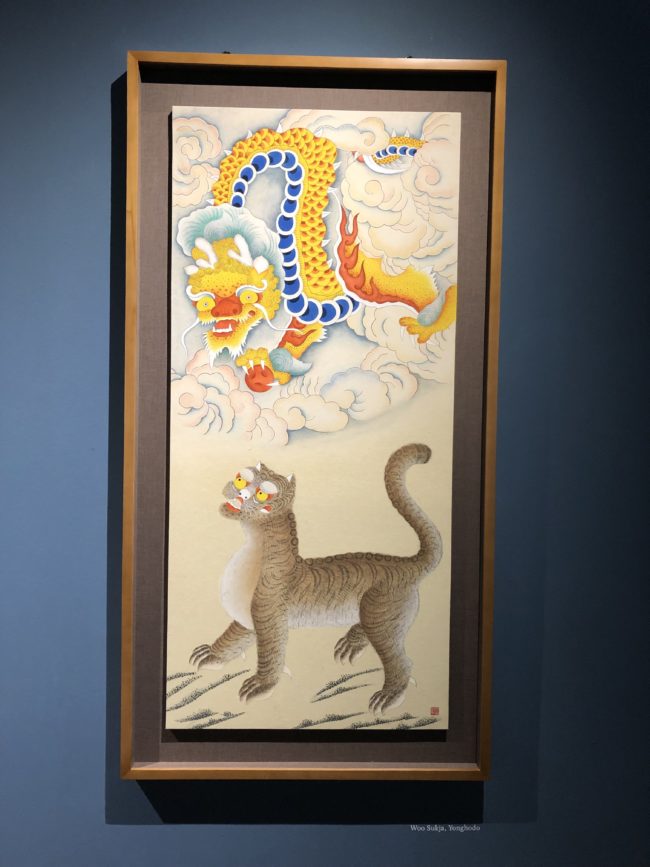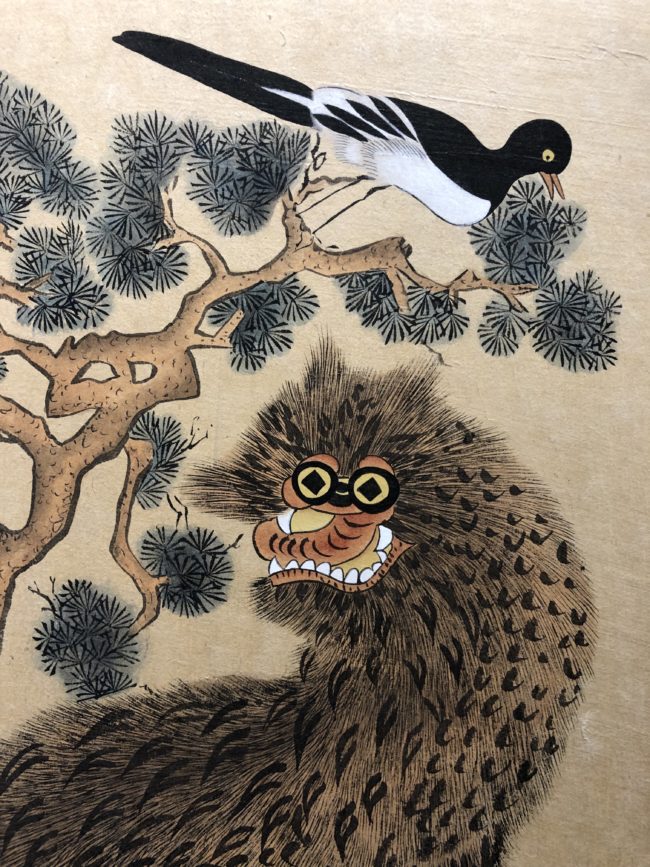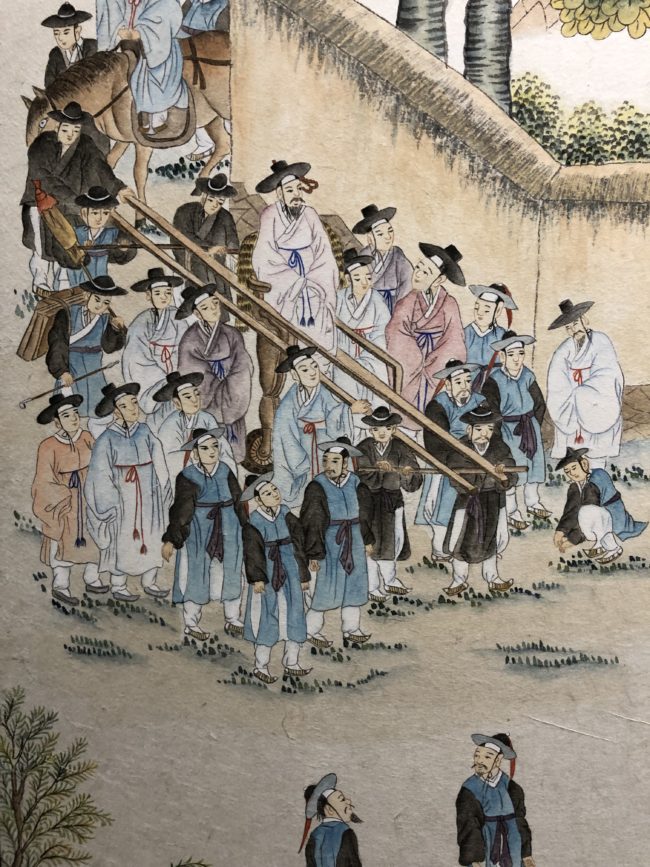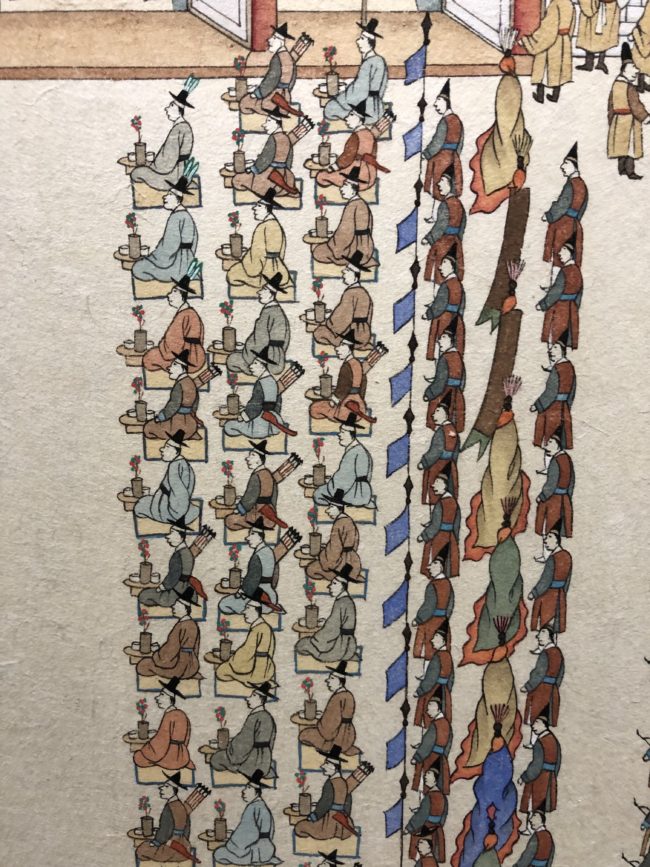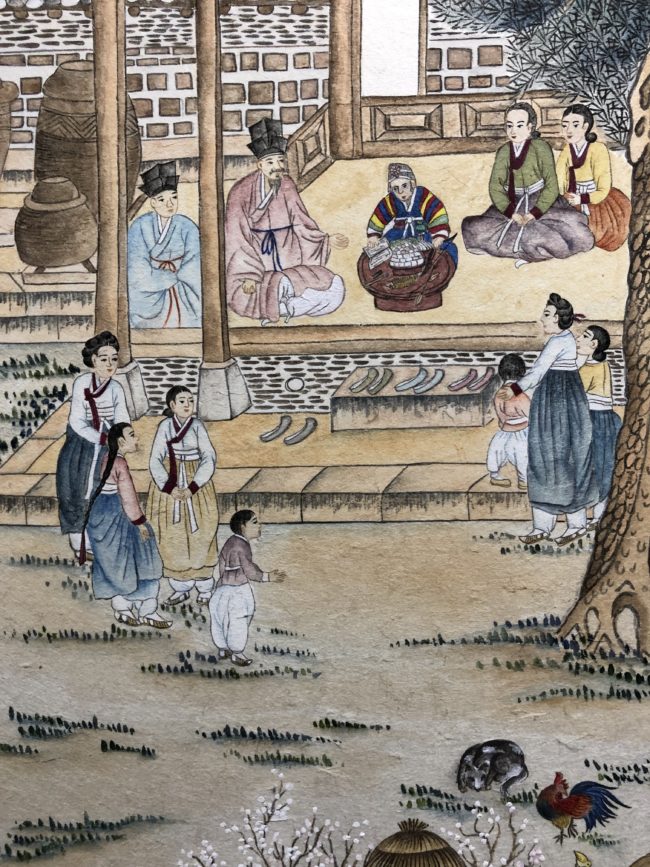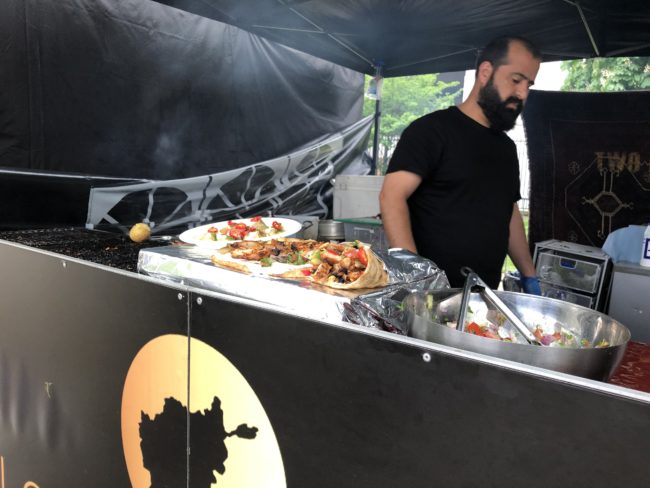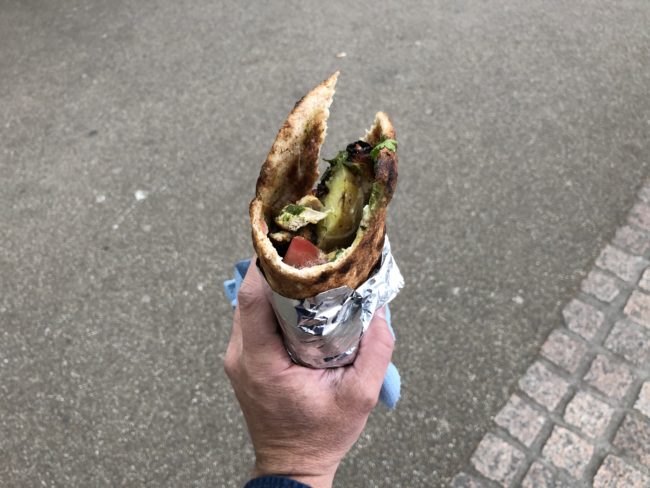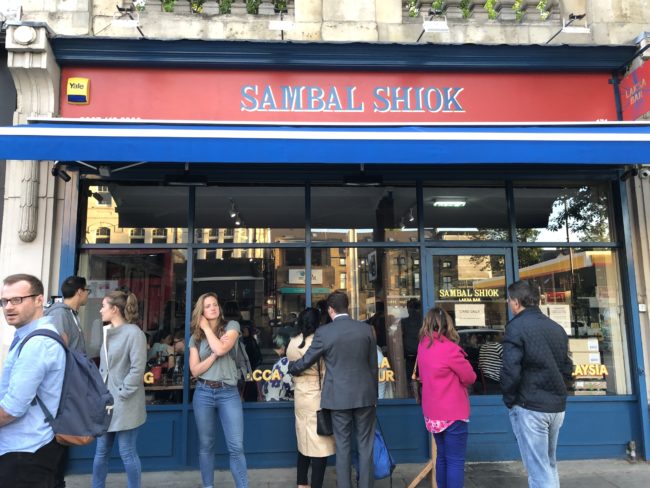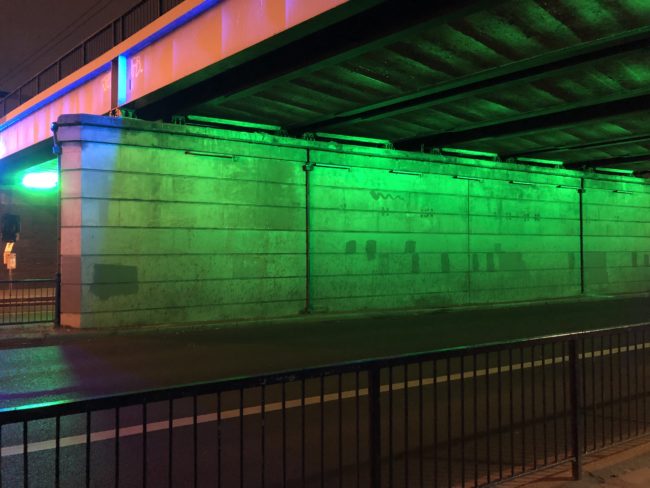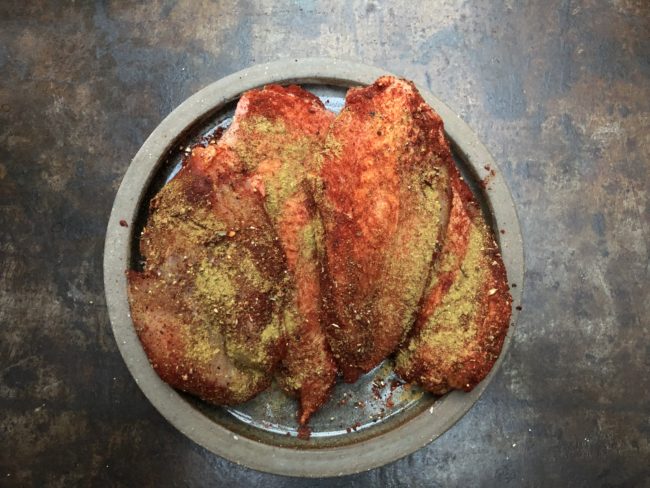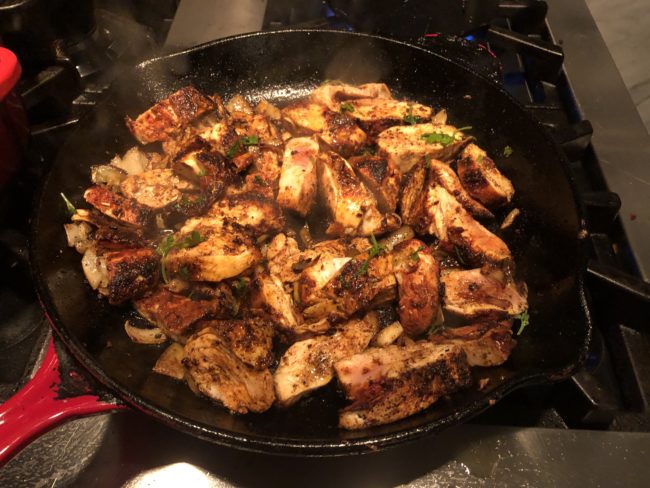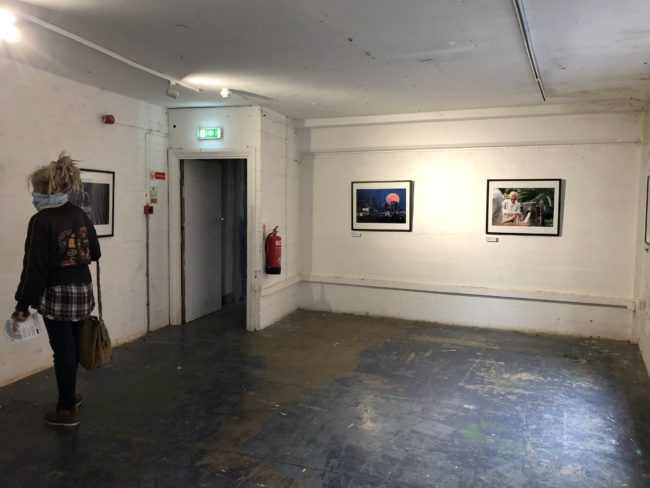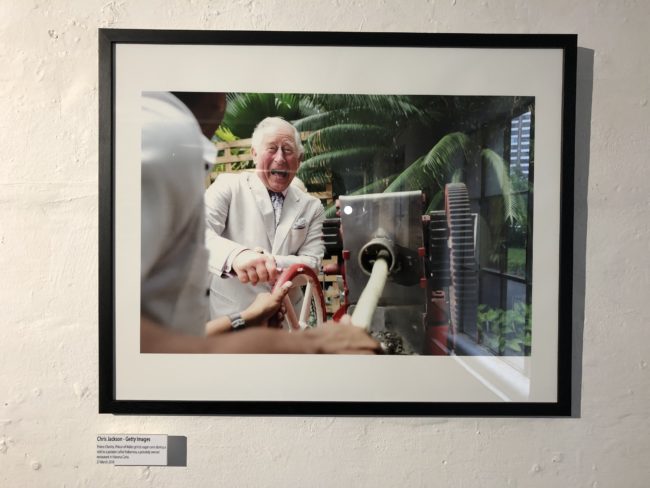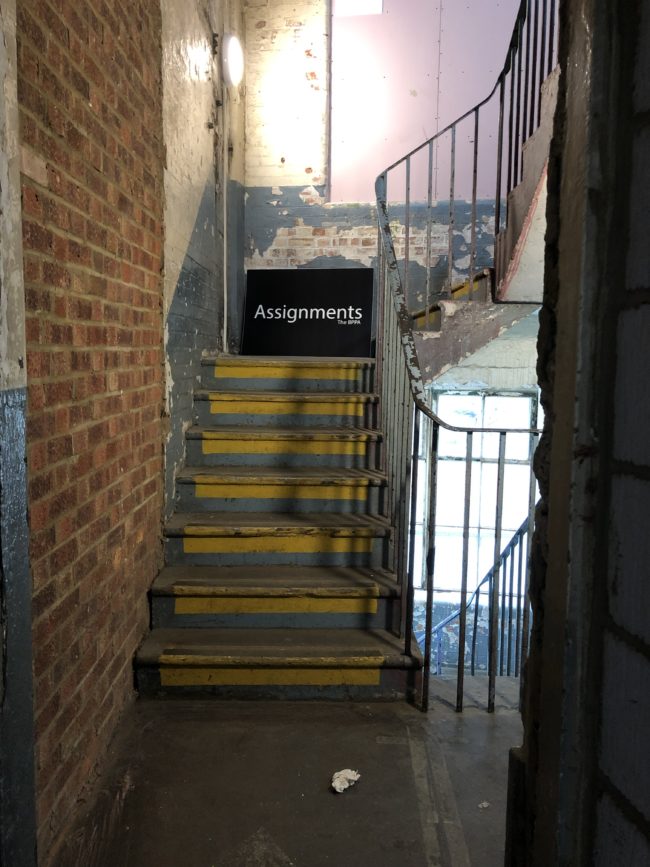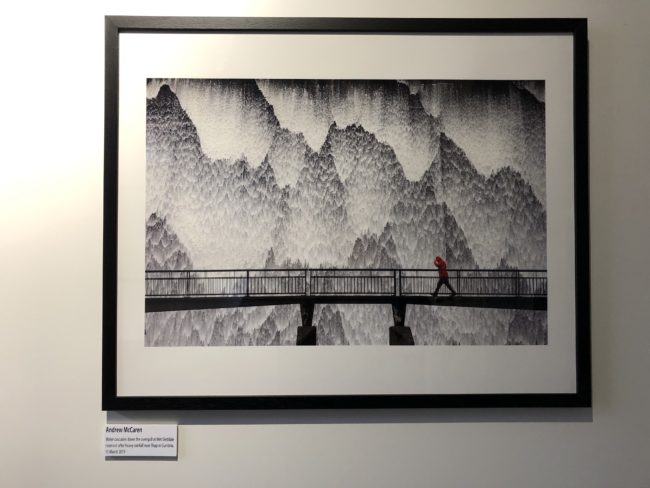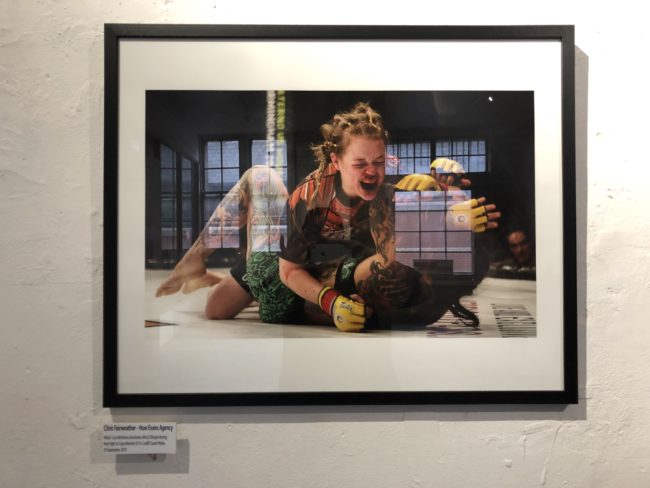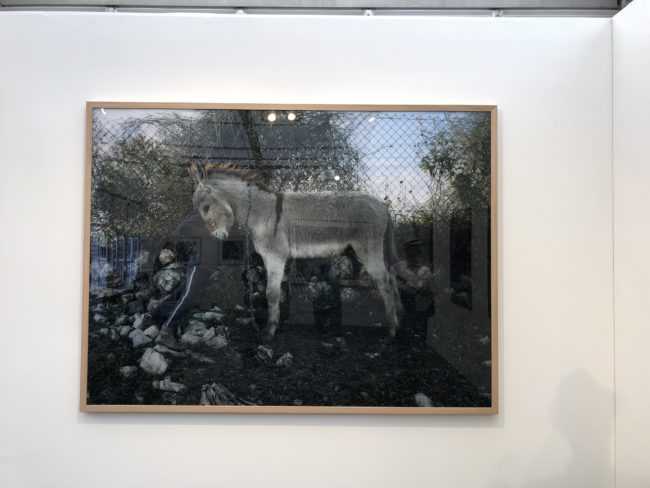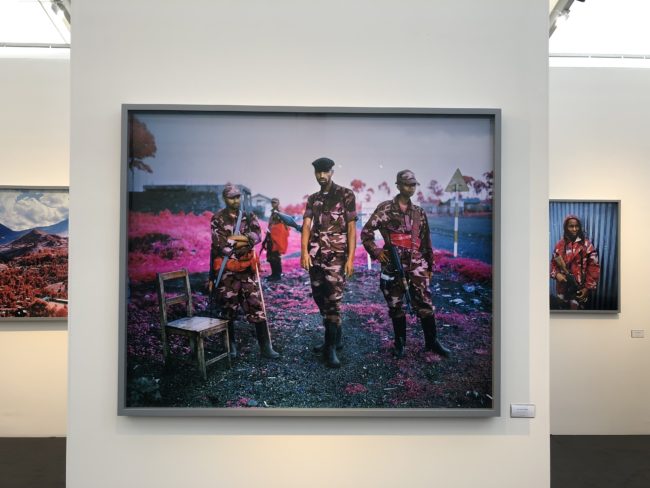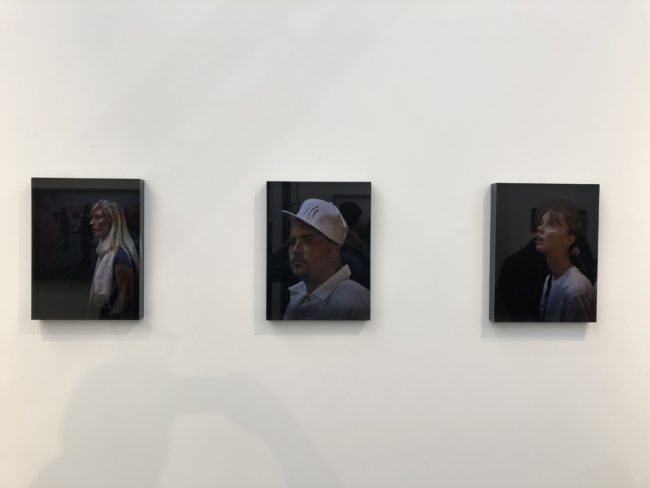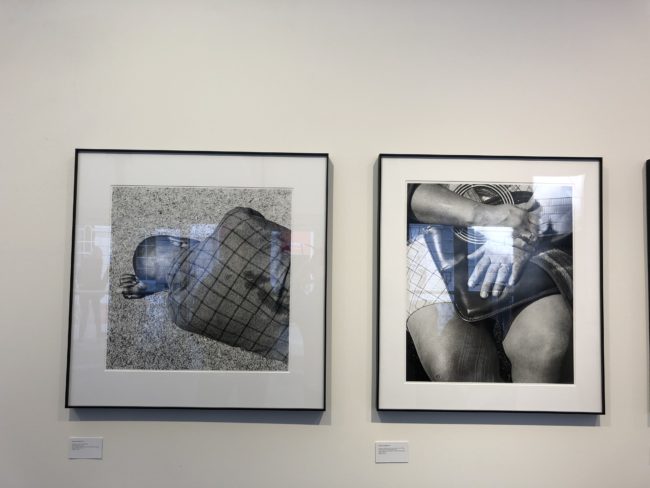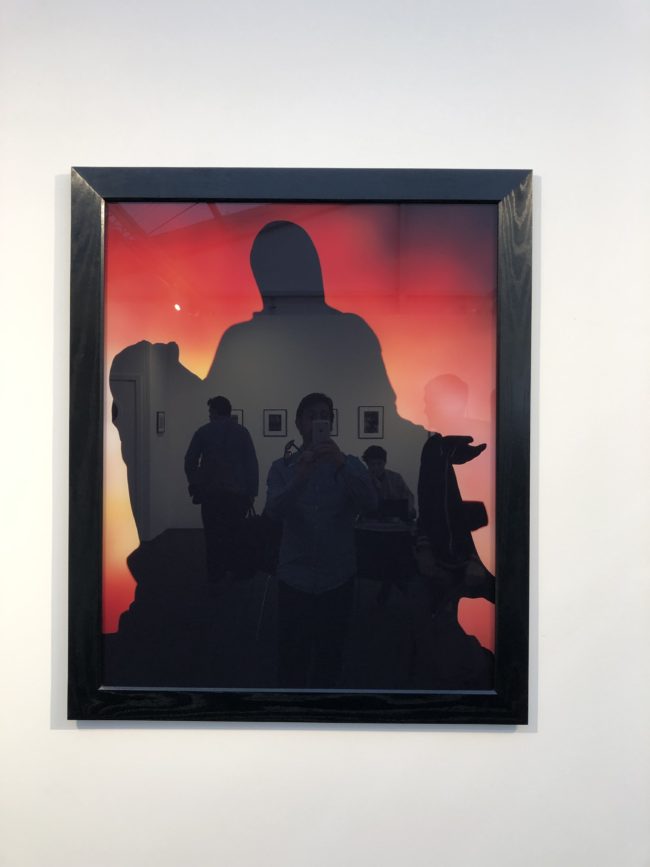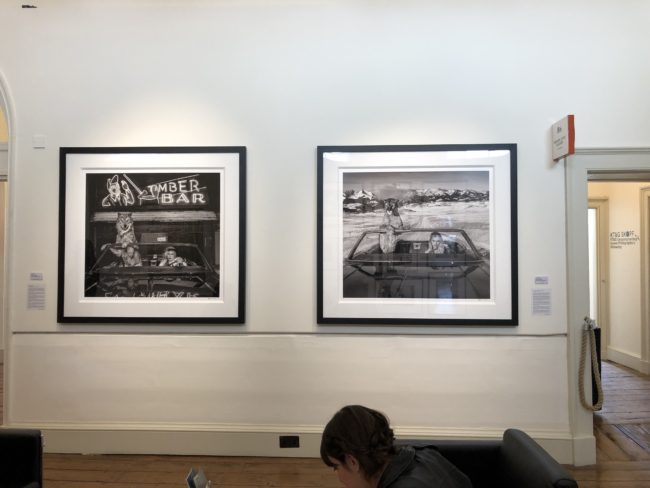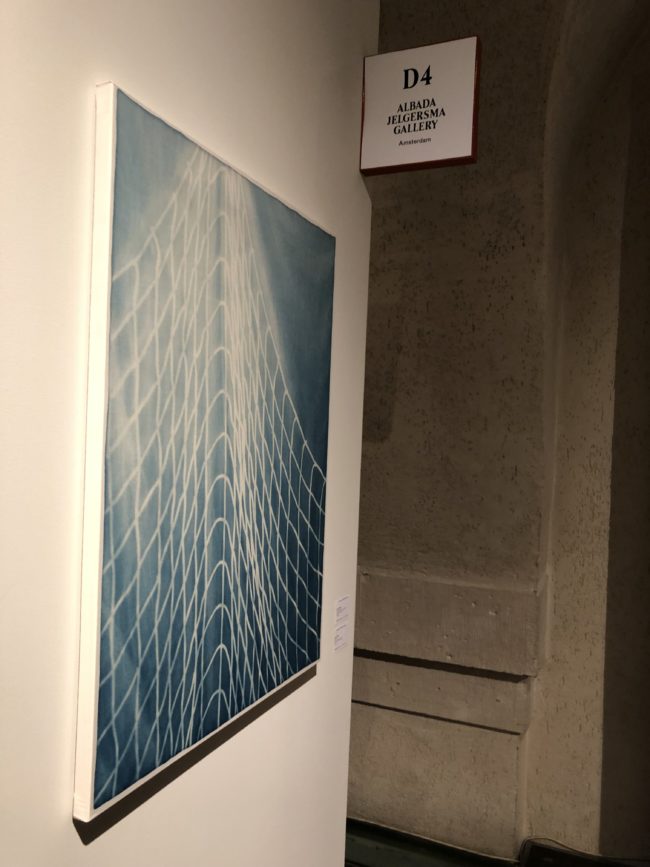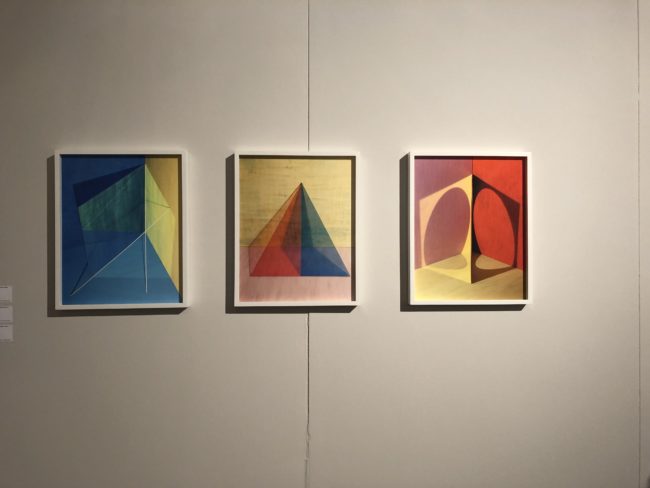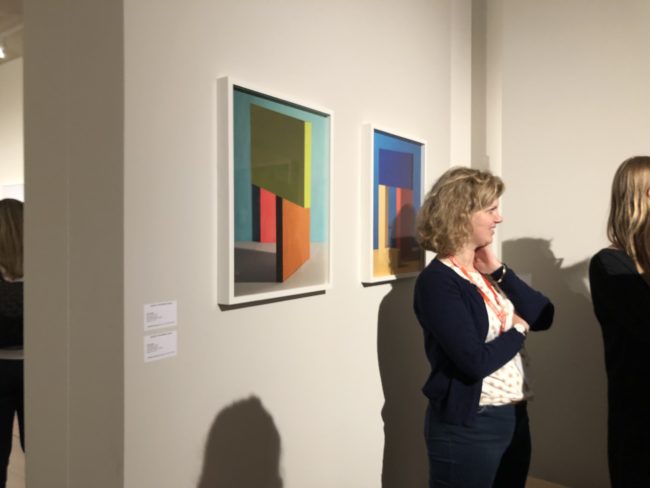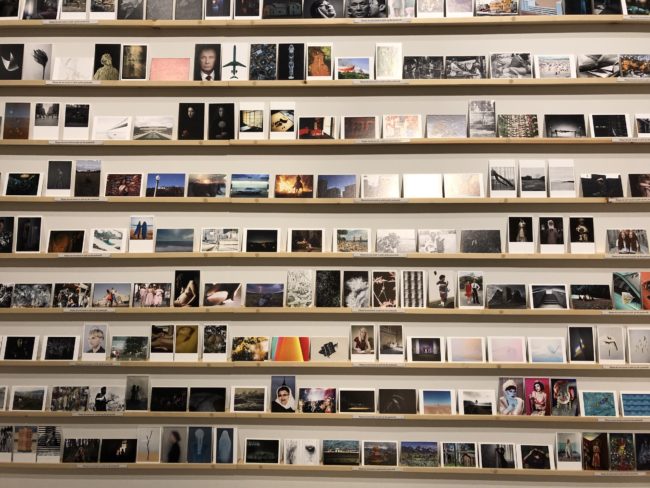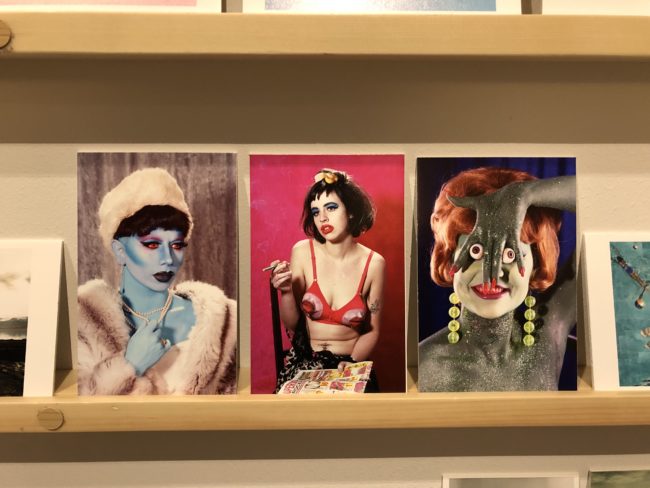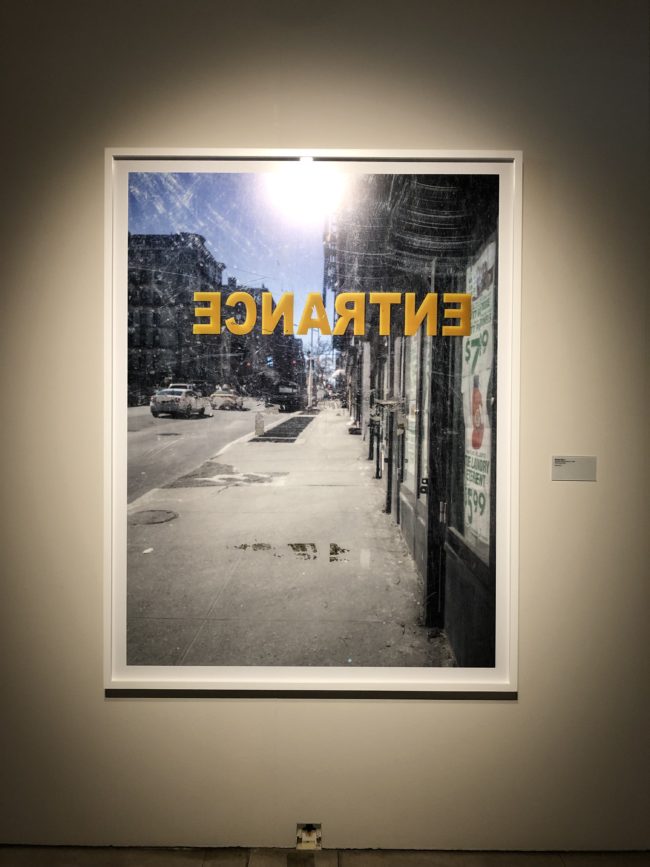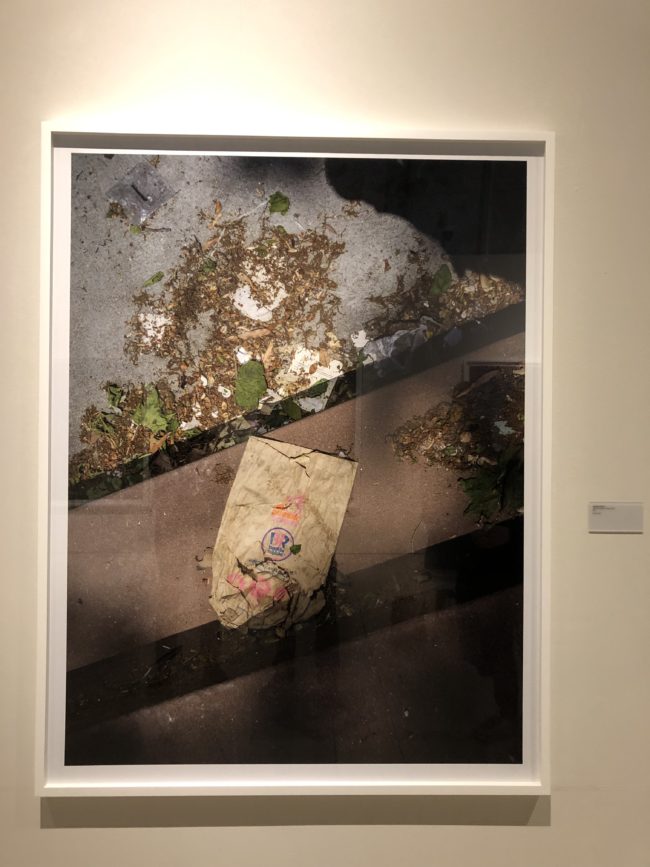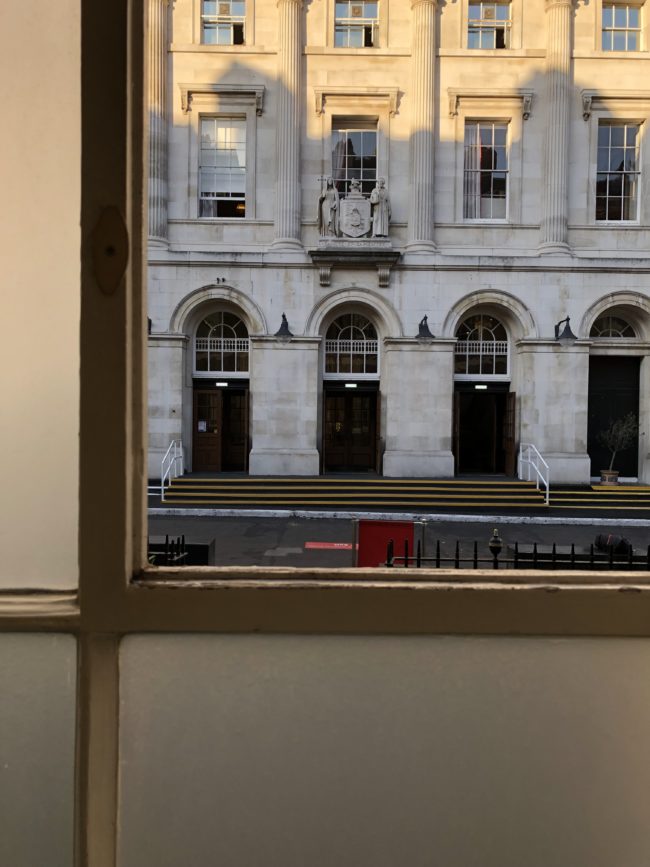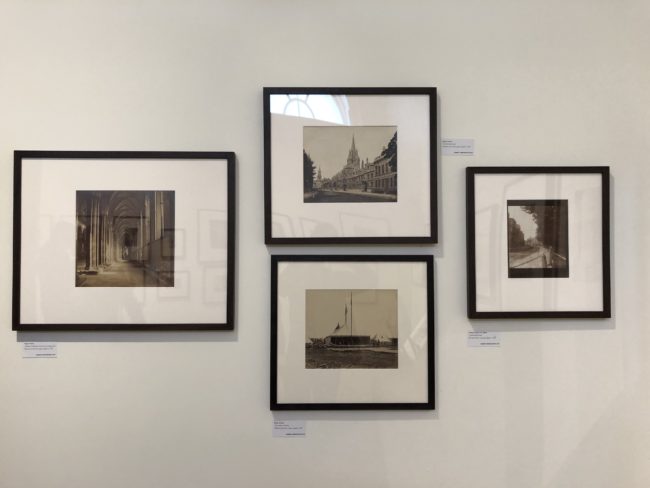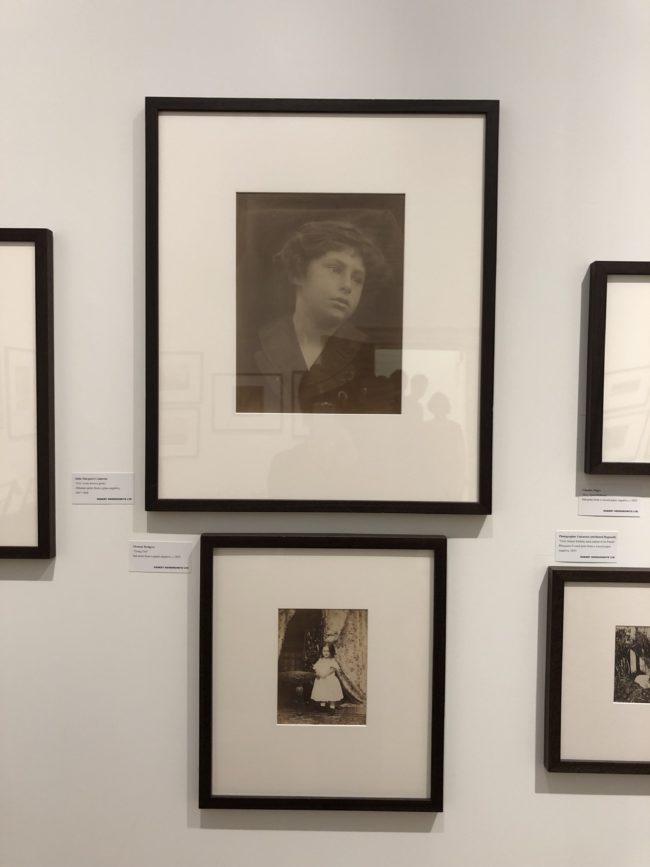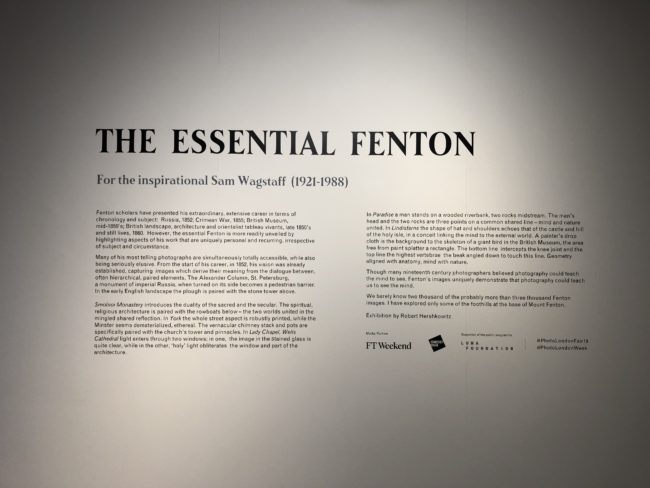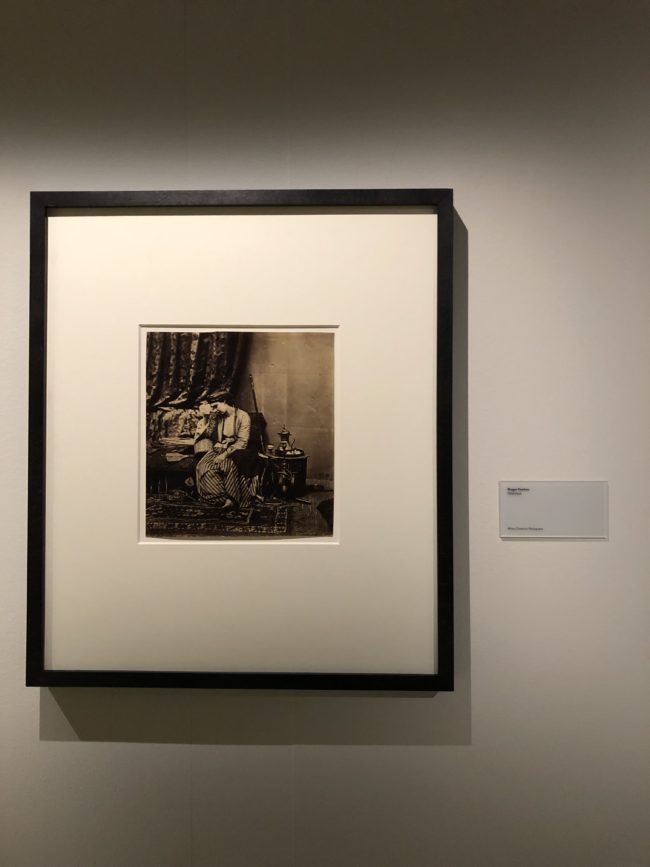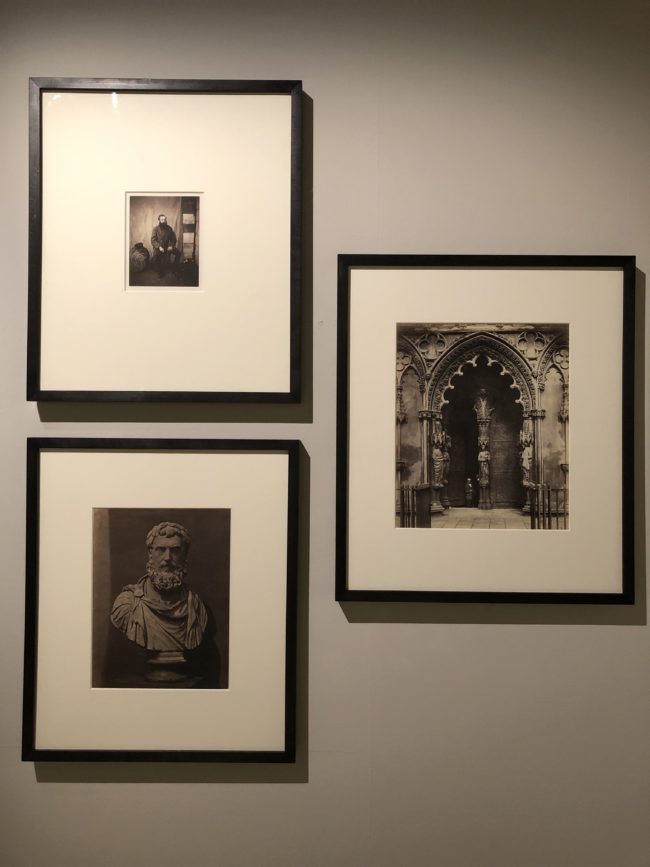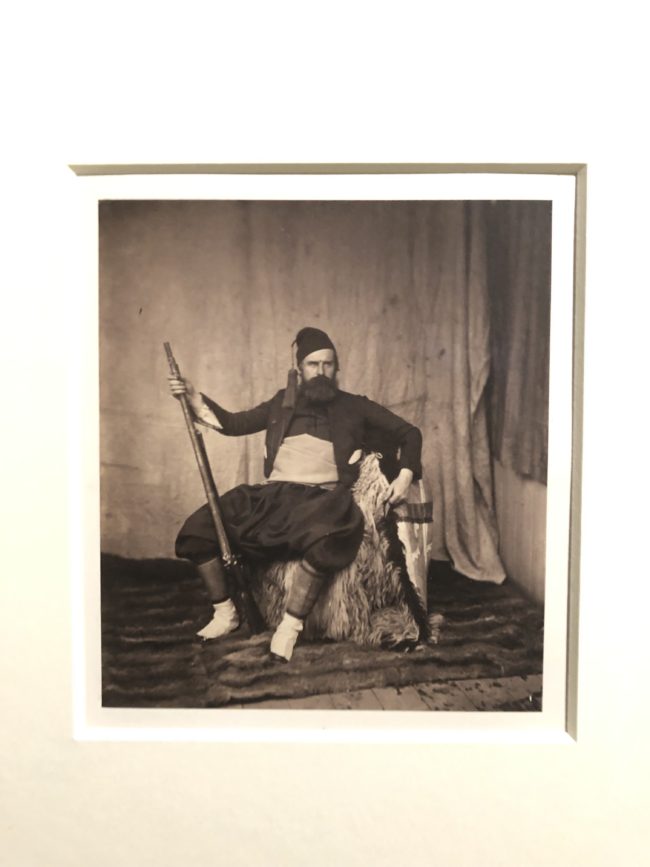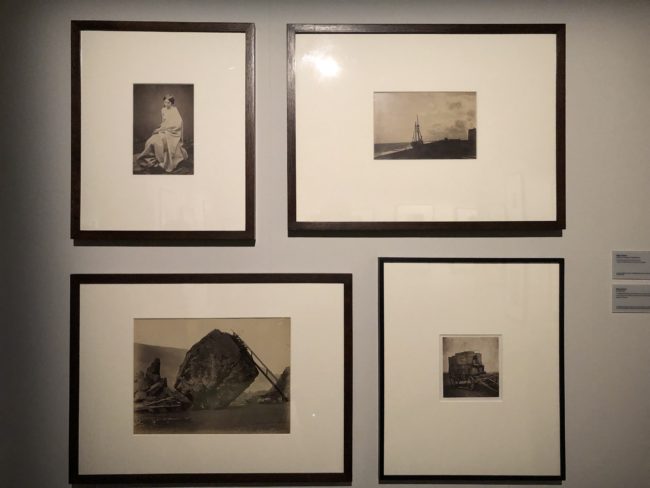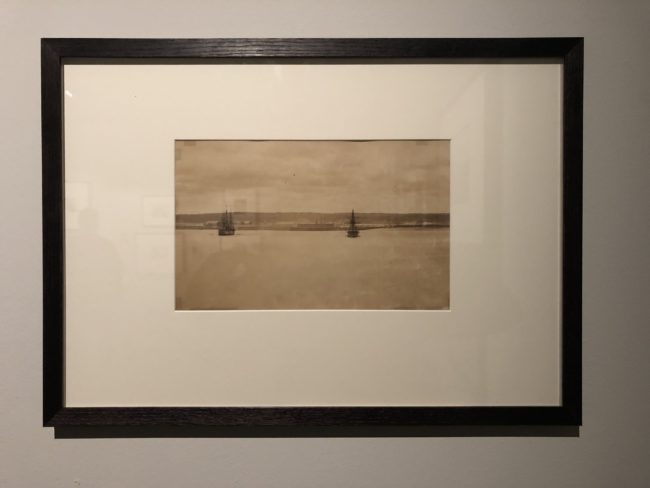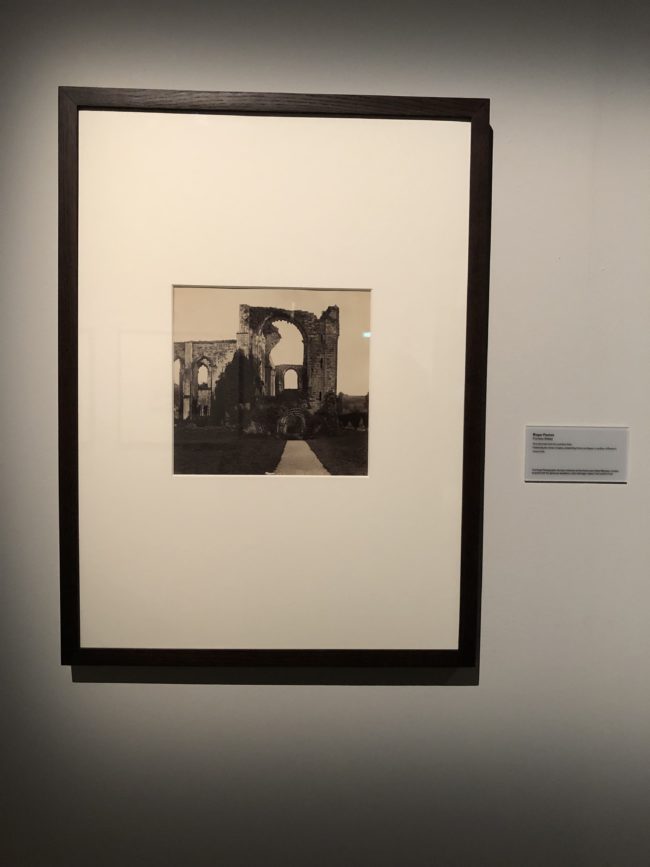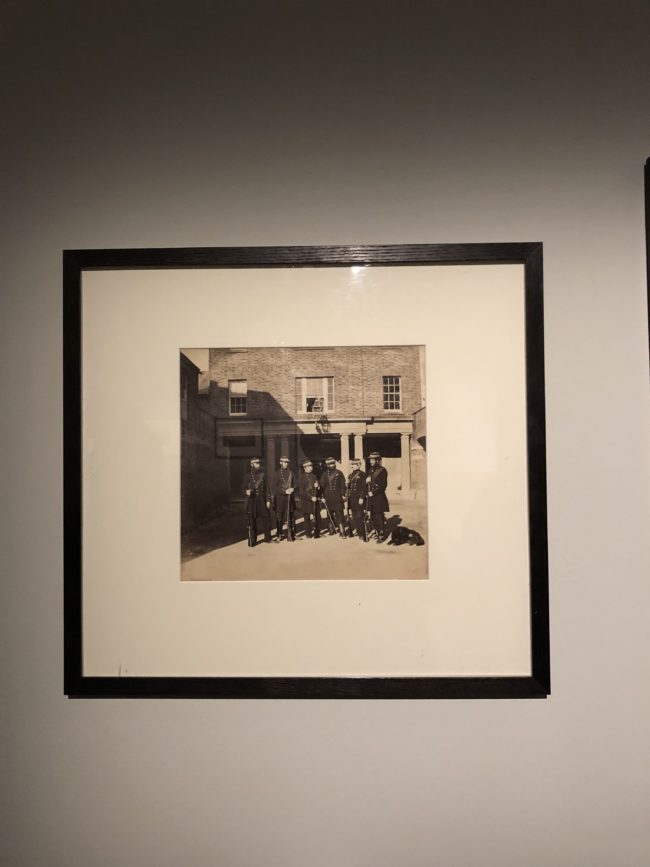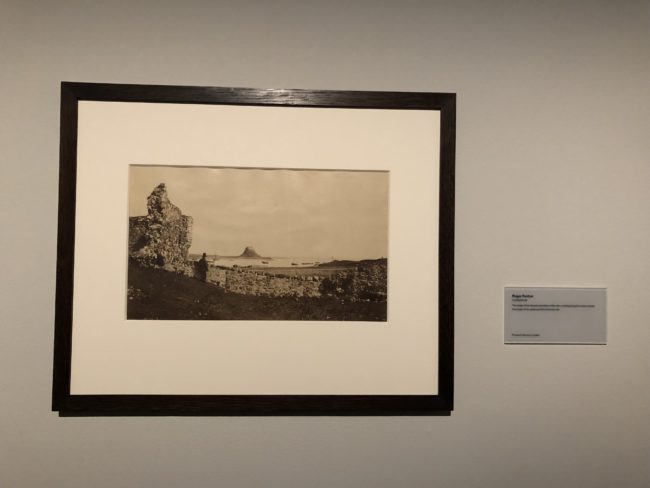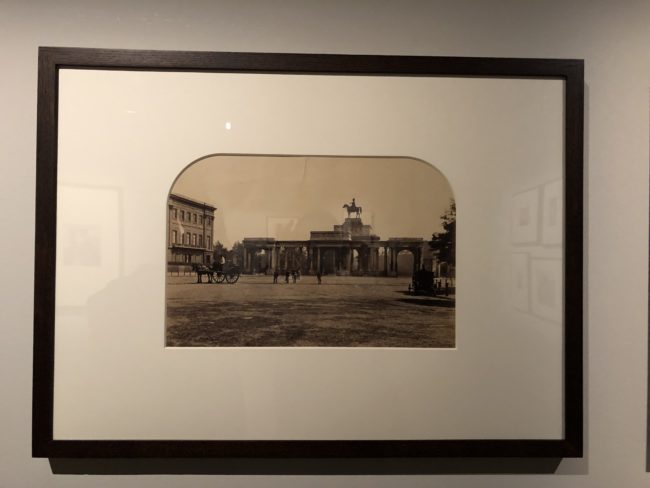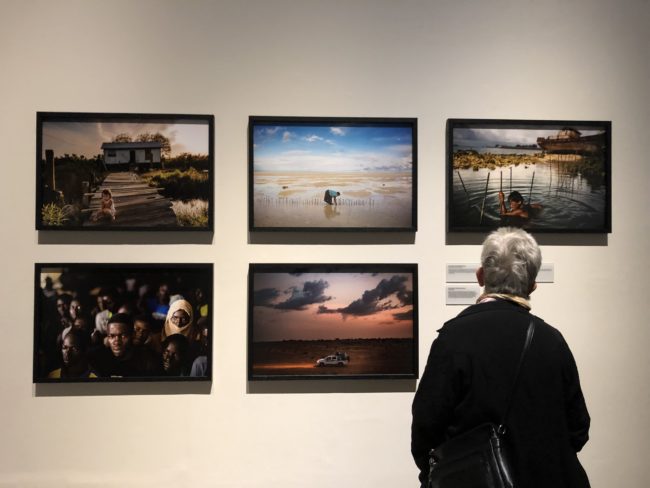Transitions are difficult.
The time in between what was, and what’s coming.
People crave a sense of security, and fear the unknown, so when things are uncertain, it leaves a resonance in the air.
(Which might explain the timing of the January 6th insurrection.)
But I’m not writing about politics today.
I promise.
Rather, this week marked the beginning of whatever comes next, in my life here in New Mexico, and I’m still trying to wrap my head around it.
It began on Saturday when The Paseo Project, which hosts a massive outdoor installation and projection festival in the fall, (which was cancelled in #2020,) partnered with the Taos Spring Arts Festival, and put on a mini-shin-dig on the plaza in Taos.
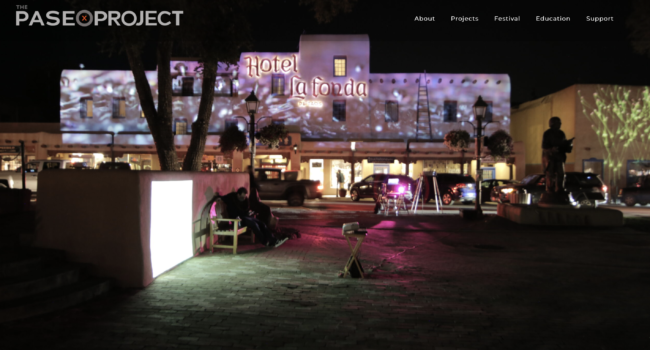
Jessie and I took the kids and the dog, to go out in public for the first time in 14 months.
As soon as we approached the plaza, the first group of people we saw were maskless, and the kids nearly freaked out, as it was so strange to see and feel.
Everyone else we encountered that night wore a mask, so the jarring introduction didn’t represent the will of the crowd, but by the middle of this week, the CDC was saying that behavior was OK now.
While The Paseo is known for bringing “edgy” art to Taos, this event featured projections of the type of antiquated paintings of Cowboys and Native Americans for which we’ve been known for more than a century.
Does projecting an image of a painting of a serious-looking Native American warrior, on the side of a building in public, make it “edgier” than showing the canvas on a white wall?
For that night, anyway, I didn’t feel like an art critic, and was just glad to see other humans out on the streets, without the air of fear that pervaded so much of Earth since March #2020.
Yesterday, things really got wild, as I headed to Santa Fe for my first official day on the town in seven months, but even in the fall, I was smash and grabbing, getting in and out of the city as fast as a jewelry-store robber on a motorbike.
This was different.
I had a coffee set up with a NM public art official, who’s also a friend, and then a visit to the New Mexico Museum of Art, where another friend, Kate Ware, had curated an exhibition called “Breath Taking.”
Then I was meant to grab a sandwich and walk around the city with yet another friend, and if you think I’m overusing the word friend, it’s simply because I haven’t seen any friends IRL in so long, I almost forgot what the word meant.
My plans for outdoor dining were dashed, as it was one of the few rainy days of the year, and wouldn’t you know it, but my windshield wipers were in need of replacing, and one popped off as I entered the city limits.
With rain pelting my car, I drove slowly, and then an undercover cop pulled out directly in front of me, with no room to spare as he exited a gas station, on a slick, dangerous road, and he came so close to causing an accident I nearly peed my pants.
How is it that no sooner do I get to write a travel article for you, shit starts going sideways?
Cops!
What he hell was that guy thinking!
As I parked my car, ready for my first public meet-up in more than a year, I had to go back to the vehicle three times, before I was settled.
At first, I forgot my mask, then my umbrella, and finally my hand sanitizer.
(To go from global traveler to absent-minded-rube-from-the-sticks in a year was quite the transition.)
My friend and I had both been vaccinated, and sat outside despite the rain, but that first moment, when I took the mask off in public, was so strange.
It’s hard to put into words.
It was like staring at the sun, daring it to blind me, but feeling emboldened to risk it all, out of misplaced bravery.
And then, after five minutes, talking to another person, over a coffee in public, began to seem normal again.
(Though I kind of wish the waitress had brought me the coffee I’d asked for. I was too gun-shy to send it back, as who wants to be an asshole these days?)
From there, I drove to my favorite public parking lot, determined to get free parking rather than pay tourist prices, and headed across downtown Santa Fe to the New Mexico Museum of Art.
I knew the CDC’s declaration by that point, but kept my mask half around my face, and pulled it up anytime I got within 20 feet of another human.
(Old habits are hard to break.)
Right away, I saw so much bad “Santa Fe Tourist” art, including a painting of polar bears, and a sculpture of a mountain lion.
Who buys that crap?
The museum was another story, though.
By the end of #2019, I wasn’t even going to museums when I visited cities, because I was so over the experience.
I did it in Amsterdam and Houston, in early #2020, but only to write about it for you.
At that point, I didn’t even feel like the art was entering my brain so much. It was more about what I could share. (I was the conduit for you, the audience.)
Not yesterday.
The first exhibition, by the early 20th C painter Will Shuster, was beautiful, and I returned to the paintings again and again.
Sure, I dodged people, and stayed out of their space, but now-vaccinated, I didn’t operate out of fear, but rather respect.
And looking at the paintings, which captured Native American and Spanish Colonial rituals, felt like drinking an ice cold glass of water on a boiling summer day.
Refreshing, but also life-affirming.
It wasn’t until later, when I saw Will Shuster’s murals in the courtyard, (which I’d never noticed before,) that I realized the early 20th C Tradition of white men painting and glorifying Native Americans, for profit, would be so frowned upon in #2021.
And then in the alcove, there was a set of photographs by a contemporary Native American photographer, Cara Romero, that emphasized the point.
Most of the images were good, but one, in which a seemingly-topless model aggressively challenged the camera, while sitting on a desert dune, with her hair covering her breasts, felt like the perfect statement for #2021. (Though it was made in 2017, in the Trump Era.)
Right away, I began asking questions.
Is it OK to stare at this image? Does the artist want me to, or does she want me to feel shame?
It’s not appropriate to objectify the subject, but that’s what’s in the photo, and the photo is on the wall.
Do I look, because she’s beautiful, and it’s an excellent piece of art, or do I not look, as a way of honoring the message of the image?
How’s that for a head-trip?
“Breath Taking” was in the contemporary gallery, down a ramp, and I know that space has not typically been reserved for photography exhibitions.
But the NM Museum of Art has a new director, Mark A. White, who replaced a long-time director early in the pandemic, so I’m guessing things are different now.
Frankly, after I saw the show, I KNOW they’re different, because while many of the exhibitions I’ve seen Kate Ware curate over the years were made up of framed photographs on the wall, taken from the permanent collection, this was anything but that.
There were videos, drawings, sculptures, installations, pottery, and a theme that was conceived before the pandemic, but heavily altered before the museum re-opened.
(Unlike some states, NM closed its public museums for almost all of the last year. And much of the art was clearly borrowed, opening up a far larger prospective pool of options.)
The watercolor paintings of covid particles, by David S Goodsell, were gorgeous and repulsive, the documentary photos of George Floyd protests, by Tony Mobley, were smart additions, and Cynthia Greig’s grid of images of people’s literal breath, captured on a scanner bed, were lovely too.
Linda Alterwitz had photographs that were made by placing cameras on subjects chests, and recording long-exposures of the night sky, while the people laid on their backs and breathed.
Poetry as text on the wall, charcoal drawings recording breathing patterns, and documentary photos of typical New Mexicans, but wearing masks.

The interplay between the different art styles, and the more spiritual, political, and topical readings of breathing, was just so good.
It may be the best themed exhibition I’ve ever seen in New Mexico.
And I savored the experience like never before.
Leaving the gallery, I even noticed that the wall text lit up and darkened, in a pattern, like inhalation and exhalation.
Wow.
Brilliant.
I left the museum to meet my friend at a nearby sandwich shop, and though I was wearing a rain coat, I also raised my umbrella for the first time in years.
The light was transitional, dark and luminous simultaneously, and after thirty seconds, I looked up, and saw a lighting strike that cut through the entire, enormous sky.
Wait for it, I thought.
Then…. BOOM!!!!!!!!!!!
The entire city shook with the loudest thunder crack I’ve ever heard, and I don’t think I’ve moved so fast in my life.
I closed that umbrella at hyper-speed, as the last thing I needed was to survive a pandemic, only to be struck by lighting on my first day out of my house.
(As things come in threes, so they say, this morning, my car was almost crushed by a cement truck, on the way to drop the kids at school, so I’ve had enough of near death experiences, thanks.)
The rain meant no walking around the city with a meatball parmesan sub, so my friend and I went to a restaurant in the Railyard called Opuntia.
Indoor dining?
Part of me equates that with a death sentence, but I realized at some point, I’d have to trust my vaccine, and the world would attempt to normalize.
My friend chose well, as the ceilings sloped to 18 feet high, and the tables were very well spread out.
(It was clear the owners had considered peoples’ post-covid fears, and acted accordingly.)
There was an indoor koi pond, because it’s Santa Fe, and a photo exhibition by local artist Kate Russell, featuring low-riders because it’s New Mexico.
I had a green-chile-bison-cheeseburger and fries, because again, it’s New Mexico, and once the food came, we dropped our masks, talked for an hour or so, and things almost felt like they used to.
Almost.
